SLING
TRAINERS - CAN THEY LAST?
Plett search & rescue: GA saves lives
Jim Davis: Instructors Having Fun!
Peter Garrison: Why have bent wings?
Hugh Pryor - Pilotless planes?


SLING
TRAINERS - CAN THEY LAST?
Plett search & rescue: GA saves lives
Jim Davis: Instructors Having Fun!
Peter Garrison: Why have bent wings?
Hugh Pryor - Pilotless planes?

Passing the milestone of eight million flight hours has firmly established the Pilatus PC-12 as the world’s greatest single. Refunding on this experience, the new PC-12 NGX now offers 600-hour scheduled maintenance intervals, reducing operating costs and providing owners with more up-time. This proves the theory that time really is money.
pilatus-aircraft.com

Contact Pilatus PC-12 Centre Southern Africa, your nearest Authorised Pilatus PC-12 NGX Sales Centre for further information on Tel: +27 11 383 0800, Cell +27 82 511 7312 or Email: aircraftsales@pilatuscentre.co.za


















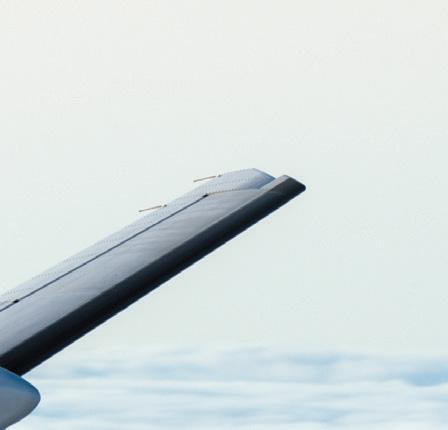



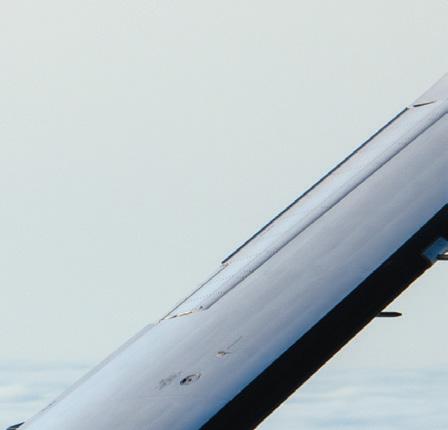
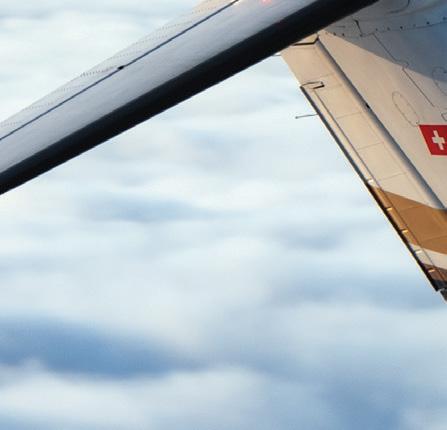

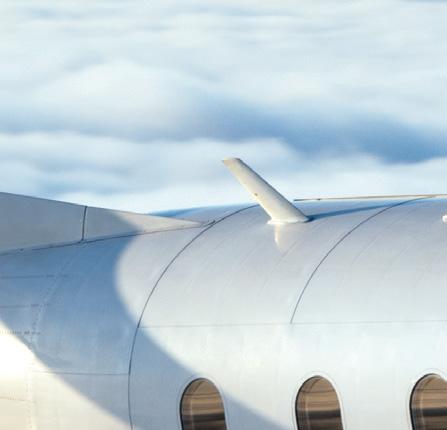




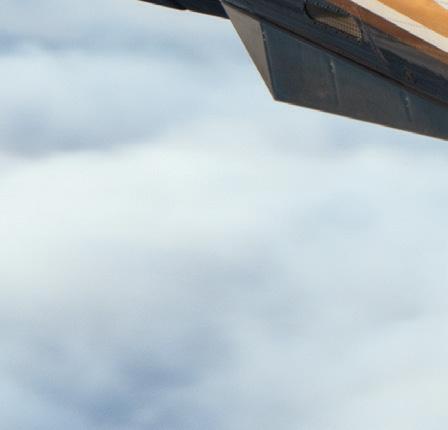
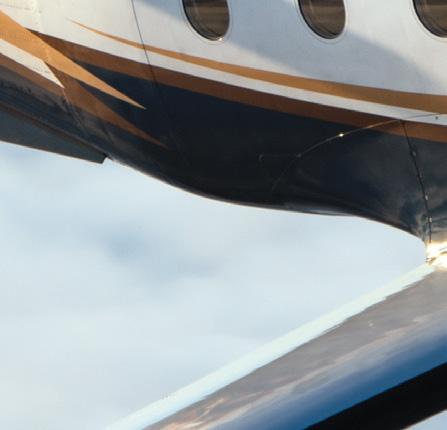
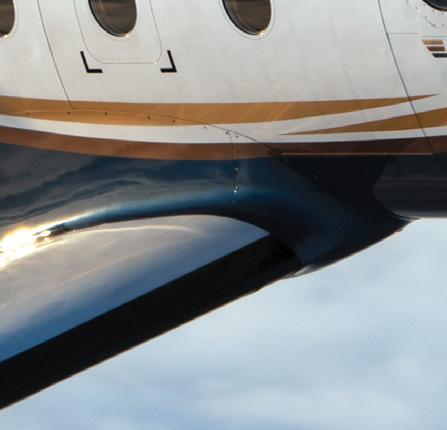
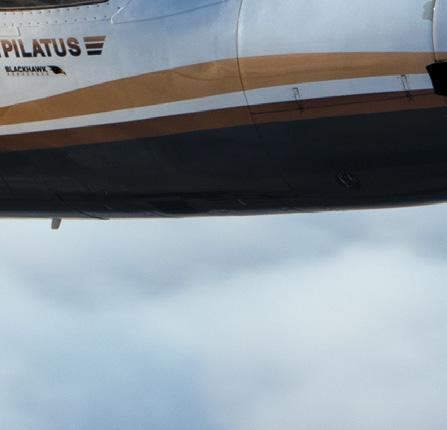




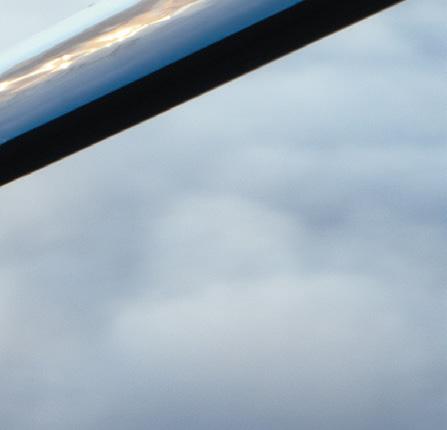


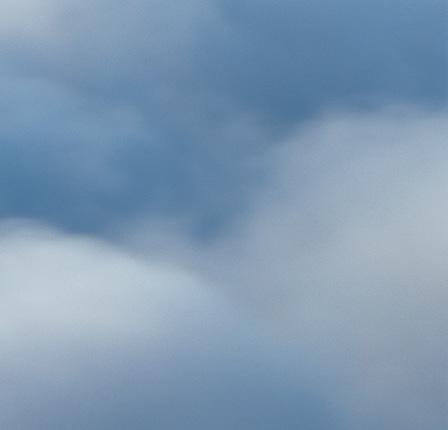
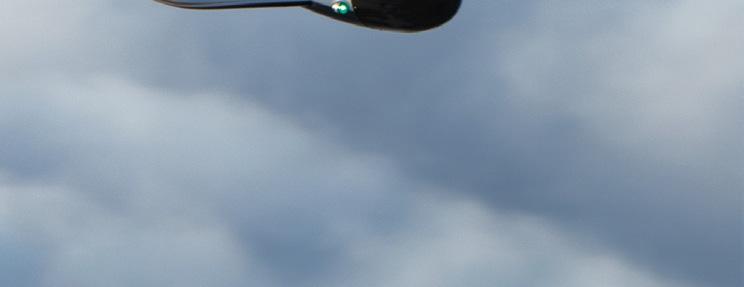
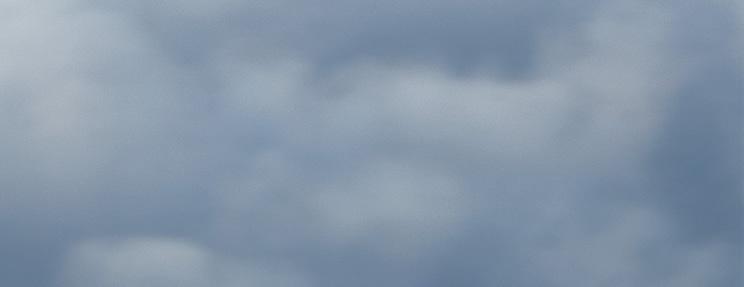
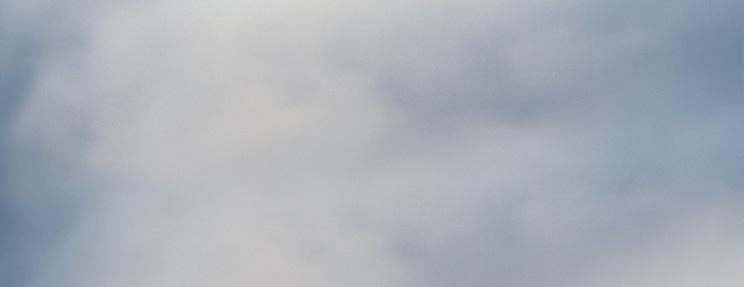





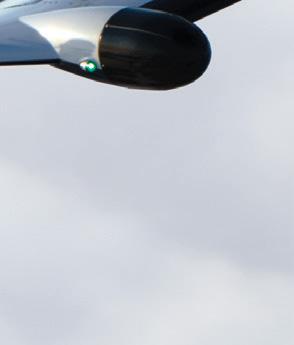




THE QUESTION ARISES; who checks the DFE’s - who ‘guards the guards?’ Or as the regulators like to say, “You can’t expect what you don’t inspect.”
To check that the DFEs are not letting standards slide, the CAA employs Training Standards Officers (TSOs). These are career bureaucrats whose job it is to ‘oversee’ the DFEs.
Once again the DFEs are in open conflict with the TSOs. Nearly five years ago, in my ‘CAA Dossier’ series, I discussed the damaging toxic relationship in this, the highest levels of aviation. The issue went quiet for a while, but is flaring up again.
Some context may be needed. To evaluate DFEs the TSOs sit in on a DFE conducting a proficiency check on an instructor or flight crew. This can be a lengthy process, usually requiring an hour’s briefing, and then about three hours in the simulator, and another hour’s debriefing. You end up with at least four people in a crowded ‘sweatbox’ of a simulator cockpit: the two crew flying the plane, the DFE evaluating their performance and the TSO overseeing the DFE’s
contributing their lifetime’s worth of accumulated knowledge by taking these TSO posts. But in South Africa, many claim the inherent racial tension at the CAA has created a toxic working environment which just does not make it attractive enough.
So South Africa makes do with TSOs who were at best Grade 2 instructors – many years ago. This is far below the standard required by ICAO. Tensions between the underqualified TSOs and DFEs run high. Once again there has been an outbreak of cases reported to me of the TSOs grounding DFEs – by trapping them with arcane legal questions about the regulations.
The aggrieved DFE’s are reported to be resigning their DFE status in disgust. And thus the industry loses their vast repository of experience.
The odd thing is that the SACAA is fanatic about ICAO compliance and often adopts international standards – usually from either the FAA or EASA. This has produced a hashup of sometimes contradictory regulations and awkward outcomes. Thus, what the world considers to be Chapter 8 of the regulations has become Chapter 9 in South Africa.
important. ICAO requires the TSOs to be; ‘equivalent to, or more qualified’ than the DFEs they are evaluating. The challenge is where to find these very highly qualified instructors. In aviation around the world there are usually enough retired airline Training Captains who can be persuaded to continue

This then gives the TSOs the opportunity to create their own ‘tea-time rules’ of Technical Guidance Material, in one case even creating a personal ‘rubric’ of requirements.
The DFE’s naturally have an inherently low tolerance for the excesses of underqualified TSO’s and soon give up in disgust. And so, the loss of essential skills continues. Over the next few issues I will continue to investigate this worrying trend.
The CAA may like to think that it is the custodian of aviation standards in South Africa, but the reality is that the designated flight test examiners (DFEs) are the keepers of flying standards. Yet they are under threat.

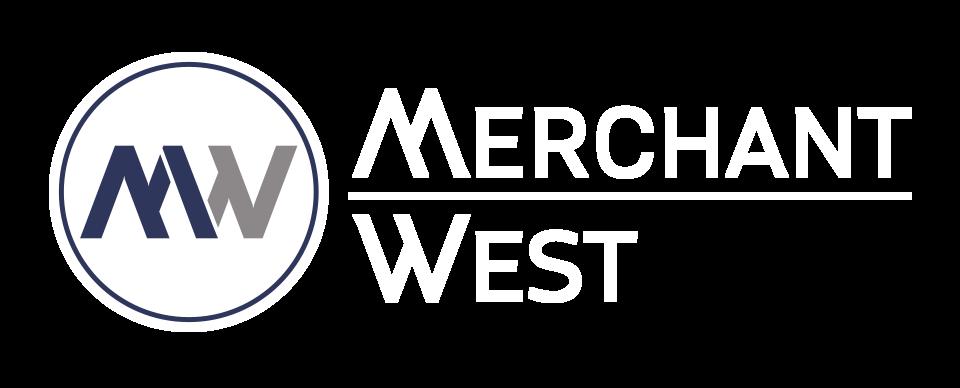
Porsche Approved. Reignited by passion.

In order to provide you with an exceptional ownership experience, we guarantee:
• Vehicles are offered with a Pre-owned Plan Maintenance Agreement® at no cost, which is a service and maintenance pl an, subject to terms and conditions
• Each vehicle is checked using a comprehensive 111-point checklist
• Any repairs carried out are in line with the strict Porsche quality criteria




• Vehicles meet the Porsche safety and reliability standards

• Includes 24 hour Porsche Roadside Assist.






 2015 – 911 GT3 PDK Including Maintenance Plan, 17,300 km, White, Black Leather, R2 175 000
2019 – 911 GT3 RS PDK Including Maintenance Plan, 3,700 km, Black, Black Leather, R3 750 000
2017 – 911 Carrera GTS PDK Including Maintenance Plan, 59,700 km, Miami Blue, Black Leather/Alcantara, R1 695 000
2017 – 911 Turbo S PDK Including Maintenance Plan, 7,700 km, Carrara White Metallic, Black/Bordeaux Red Leather, R2 895 000
2015 – 911 GT3 PDK Including Maintenance Plan, 17,300 km, White, Black Leather, R2 175 000
2019 – 911 GT3 RS PDK Including Maintenance Plan, 3,700 km, Black, Black Leather, R3 750 000
2017 – 911 Carrera GTS PDK Including Maintenance Plan, 59,700 km, Miami Blue, Black Leather/Alcantara, R1 695 000
2017 – 911 Turbo S PDK Including Maintenance Plan, 7,700 km, Carrara White Metallic, Black/Bordeaux Red Leather, R2 895 000




tailBeaconX combined with the AV-30 or supported third-party EFIS elevates your cockpit functionality while future-proofing your ADS-B transponder to meet US, Canadian, and future ADS-B requirements. tailBeaconX replaces your existing transponder while upgrading your rear position light.

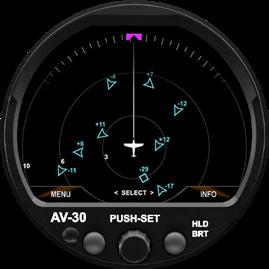



tailBeaconX CONTROLLED WITH AV-30
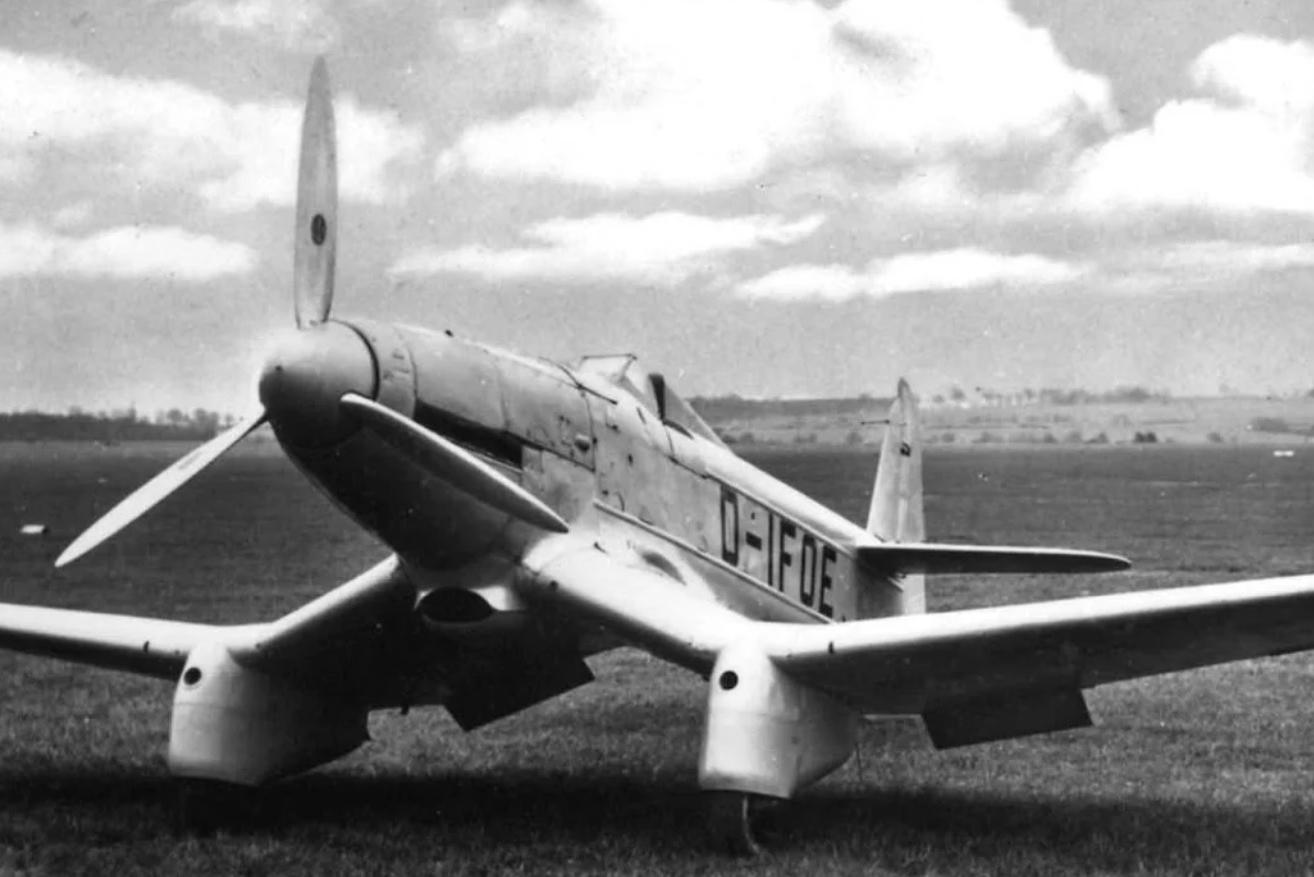

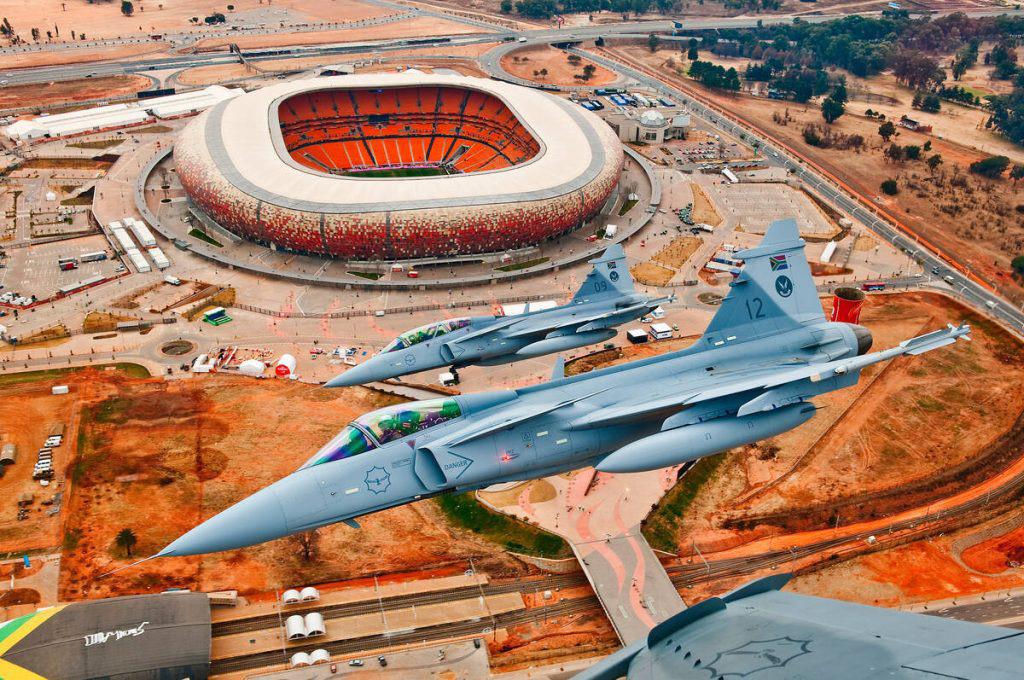
Helping to keep the world a beautiful place, Airbus HCare portfolio offers the best combination of support and services for every customer. Starting the moment an Airbus helicopter is delivered, we’ll make sure your operations are carried out efficiently, safely and cost-effectively. Because when your focus is on the mission, our focus is on you.

We love ‘in your face’ pictures with dramatic impact, far more than static beautiful sunrise or sunset pictures. This photo has that impact in abundance.
Cape Town’s Morningstar airport based photographer, Francois ‘Cois’ Potgieter, writes; “I took this picture of an Ayres S2R-T34 Turbo Thrush crop sprayer piloted by Willie Marais while spraying wheat fields outside Durbanville. I had to move in close to the action to get this kind of dramatic image. When the easterly came up, Willie went lower and lower until the wheels touched the top of the crop. Notice the wet wheels.”
Cois used his Nikon D7100 with a Nikon 70-200mm lens at 1/160 sec and f10.
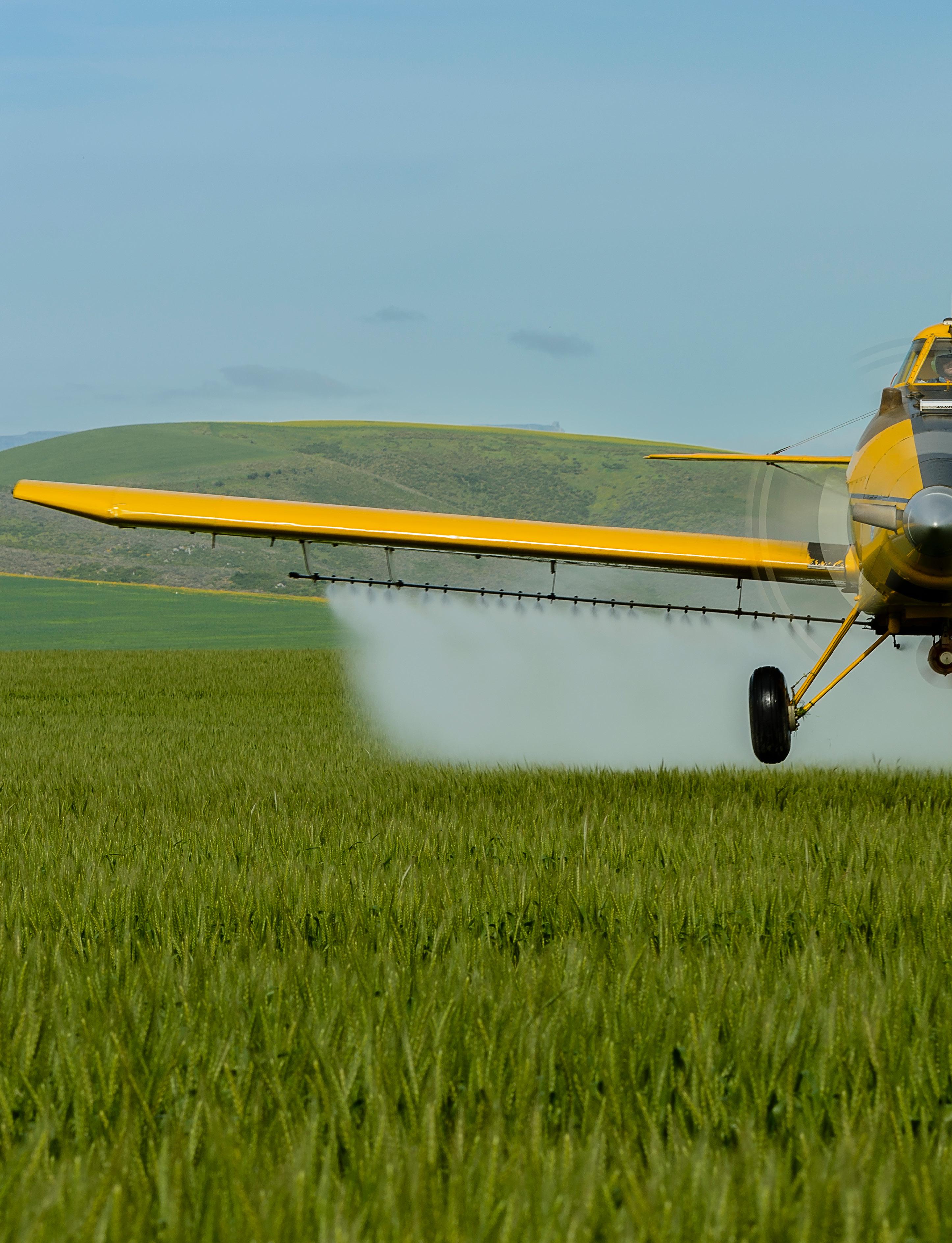
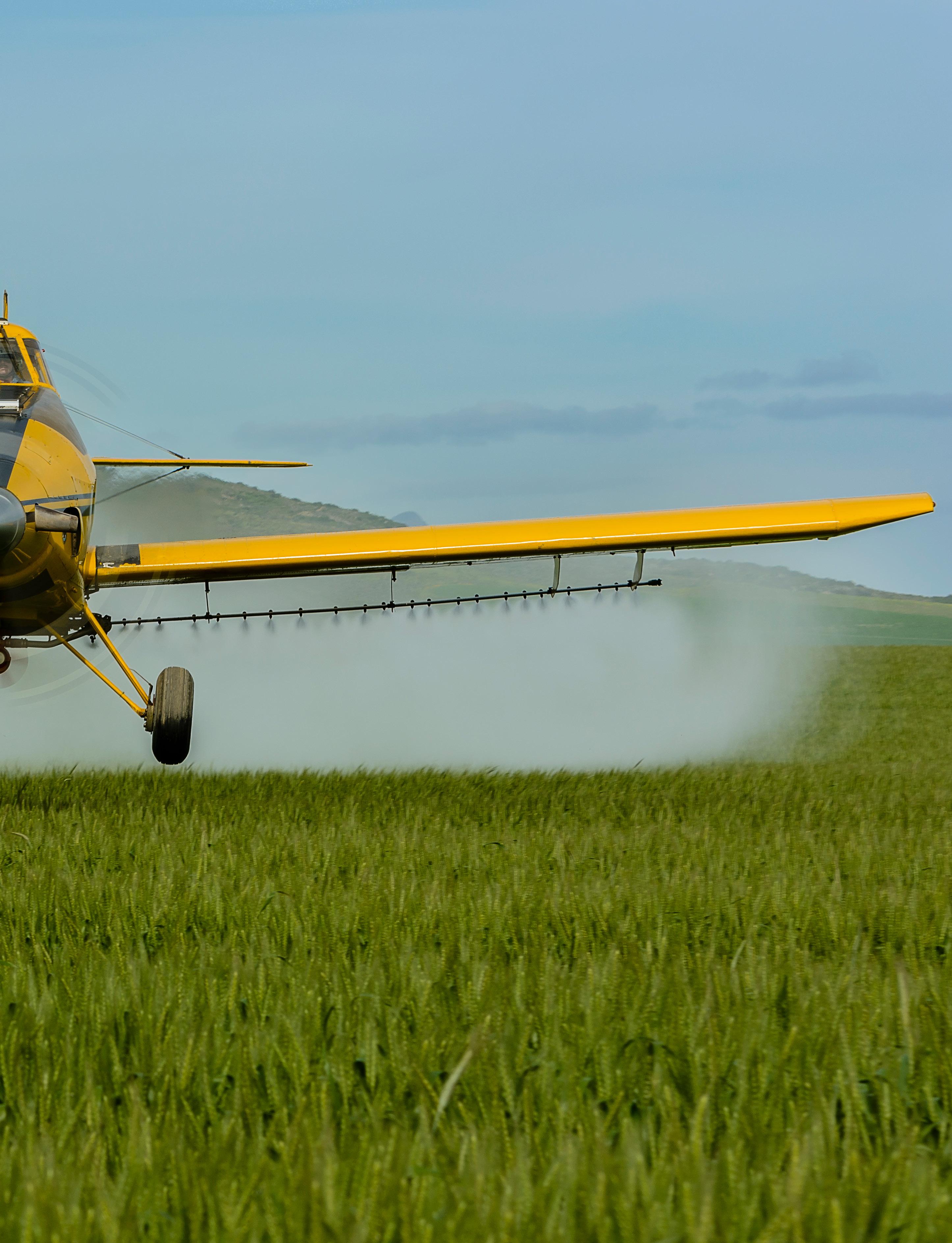
BRANSON MADE HIS NOW FAMOUS quote in 2014 after the fatal accident that killed one of his test pilots when SpaceShipTwo was prematurely feathered, (This is done by folding the empennage vertically and was discussed by Peter Garrison in October last year.)
With hindsight, Branson really had no idea just how dangerous space is. Nicholas Schmidle of The New York Times writes that; ‘riding in rockets is dangerous. Around 1.4% of Russian, Soviet and American crewed space flight missions have resulted in fatalities.”
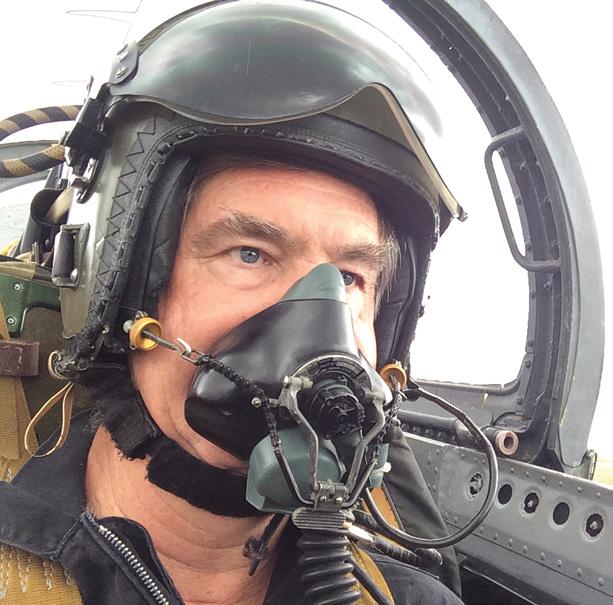
Those are scary odds and were achieved by countries and space agencies with almost limitless budgets – far from the cash-strapped private companies that are trying to make space flight safe and affordable. The key is volume. Virgin Galactic said it aims to have, “about three launches per month sometime in 2023.”
This fatality rate makes Elon Musk's SpaceX achievements all the more incredible, and shows the massive hurdle that Branson and Jeff Bezos have to climb to have any hope of making space
flight a safe commercial tourist trip. A private space programme simply cannot afford a single fatality.
The FAA has come up with a 121 page rulebook — including an equation for calculating expected casualties — to assess the safety of proposed commercial spaceflight. For the FAA, an acceptable risk requires no more than one casualty per 10,000 missions. This is more than 100 times safer than the track record so far.
So far Branson has only launched a single crewed space flight in his SpaceShipTwo. With Branson on board, it came perilously close to disaster. Branson finds himself financially in a tight corner. It appears that he is having to take desperate measures to keep the Virgin Galactic dream alive, while at the same time keep his remaining stake in Virgin Atlantic airline going.
Branson has of necessity been unfailingly optimistic. Jon Ungoed-Thomass, writing in the Guardian, says if Branson’s claims to investors are unrealistic he could fall foul of US Investor protection laws. This has landed many others in
50,000 astronauts into space by 2019
Richard Branson famously said that “space is hard.” This is classic British understatement. It turns out that space is so hard Branson may end up in jail.
jail, most recently, Elizabeth Holmes of Theranos who has been jailed for 11 years for essentially selling fake promises. The sentencing of Holmes; “clearly sends a signal …….that puffery and fraud and misrepresentation will be prosecuted, there will be consequences and the end result is potentially decades in prison,” said The Washington Post.
Branson is particularly vulnerable because his method of getting to space cheaply is unique in that he uses a winged aeroplane to takeoff and land. SpaceX and Blue Origin (and NASA and the Russians) are sticking with the traditional vertical launch rockets that can blast-off without pilots. In contrast, Virgin Galactic requires pilots to handfly an accurate trajectory to get them into space. By requiring pilots, the risks for Virgin Galactic are far higher than its vertical launch competitors because each test flight is literally a matter of life-or-death. In comparison, SpaceX completed many test launches without crew before it risked live astronauts.

In this age of increasing pilot redundancy, it may be heart-warming to know that Branson is still relying on stick and rudder skills. But this approach to spaceflight was called into question on his only passenger flight to date. Schmidt reports that a Master red light illuninated, warning of a trajectory problem on the “entry glide cone.”
To glide back to Earth and land on the runway like the space shuttle, the spaceship must remain within a cone of airspace above the runway to be able to circle back down to land. SpaceShipTwo had not climbed steeply enough and the red light indicated that the rocket was outside the entry glide cone. The pilots took a fat chance. They could’ve/should’ve powered back, but were evidently under pressure to complete the mission successfully because Branson was aboard and competitor Jeff Bezos was expected to fly his New Shepard rocket a few days later. So, like good employees, the pilots raised the nose and pushed on.
The chances taken with this flight are just part of a plethora of problems Virgin Galactic has had. Perhaps his biggest problem has been scaling up the two-place SpaceShipOne into the commercial eight-place SpaceShipTwo.
In July 2011 SpaceShipTwo entered a flat spin. In the almost non-existent atmosphere, it took test pilots Dave Mackay and Mike Masucci incredible skills to recover it. In 2014 there was the fatal accident and in 2018 the spacecraft started rolling wildly. The post-flight inspection revealed manufacturing defects that required months to repair.
In 2019 one of the mothership Unity’s horizontal stabilisers, "popped like a bag of potato chips.” This close call led to the resignation of Todd Ericson, Virgin Galactic’s then Vice President of Safety and Testing. Schmidle says that Ericson shared his concerns with members of the board, which hired a retired Boeing executive to conduct a safety review. The irony of using a Boeing manager to monitor safety standards was presumably lost on the board. The Boeing manager prepared a substantial report covering all the organisational failures he believed were creating these serious incidents. However, Virgin Galactic refused to make this report available to investors and decided that it was safe to fly. Ericson resigned from his post.
Flight Test Director Mark Stucky was also deeply worried about the safety culture of Virgin Galactic. His key concern was that Branson and the rest of the Virgin Galactic team wanted to downplay (or even ignore) the systemic nature of the problems. This meant that the incidents could not be used as a learning experience.
It is instructive to note that in terms of the current key airline safety concept of a learning, no-blame ‘just culture’, Virgin Galactic has adopted the opposite approach and got rid of its critics. Ericson and Stucky found themselves
excluded from any further part in the company's safety discussions and then out of a job.
But something clearly needed to be done, so in October 2021 Virgin announced that it would ground its operation for eight months to review the systems and structures of its spaceships.
The pressures of the programme put Virgin Galactic’s already strained finances under yet more pressure – and something had to give. Branson has not only his own massive investment in the Galactic business, but the far larger investment of the many private investors who he sold the romance of private space flight to.
In this business model he now sells tickets for $450,000 each which, for just three minutes of weightlessness, seems a trifle expensive. He had initially said that he expected to send 50,000 astronauts into space by 2019. As reality hit, investors have become increasingly disillusioned and the share price has fallen from more than $55 to $3.50.
It’s therefore not surprising that bleeding investors are now lining up to sue Virgin Galactic, claiming that the defects in the programme were not properly disclosed in the prospectus.
The claimants say that they have internal corporate documents to support their assertions. In December 2021 Mark Kusnier and other investors claimed; “Unity and Eve were so rickety that every flight could be their last. Cracks appeared on Eve's wings after every flight and some were not fixed - so much so that a Virgin Galactic employee said the wings looked like spider webs….”
The core gripe is that the investors say that the many technical failures during flight testing of both the spaceships and mothership were not properly disclosed, enabling Branson to sell
statements were materially misleading
shares at "artificially inflated" prices. Naturally Virgin Galactic says that it always properly disclosed safety and design issues.
A United States judge found in November that some of Virgin Galactic’s statements were ‘indeed materially misleading’. This may have serious consequences for the Virgin Galactic team. From July 19, when the company listed, to October 2021, the company sold shares worth about U$892 million. Remarkably, Branson admitted that the proceeds from the sales of his shares were used to bailout Virgin Atlantic, which had been forced to the wall by the COVID lockdown.
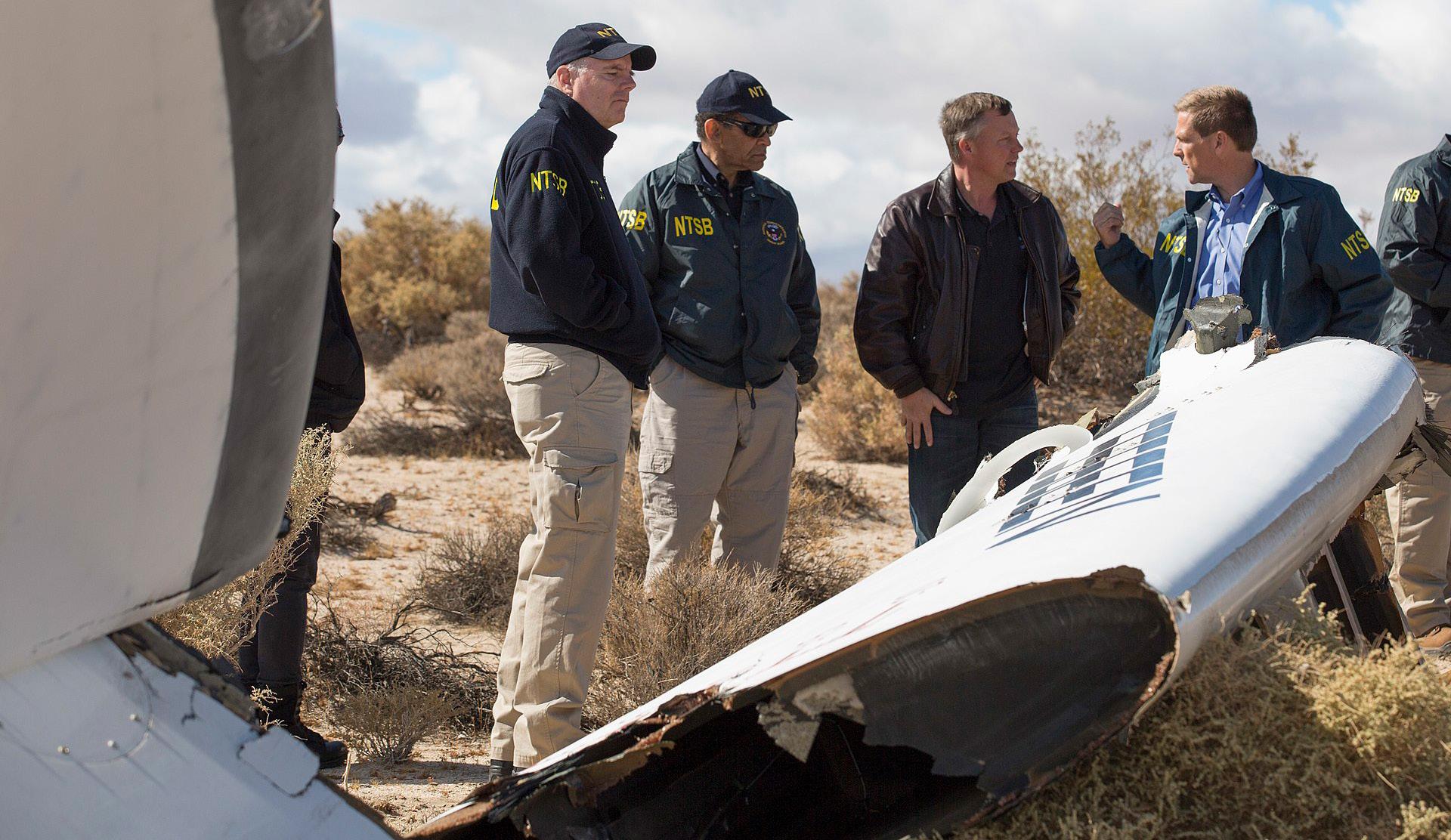
by Virgin Galactic and Branson has said that he is committed to delivering commercial space rides to the 900 punters who have already bought tickets. How many will want to actually fly remains an open question.

In the meanwhile, Virgin Galactic says both the Eve and Unity aircraft have undergone an "enhancement program" to remedy the problems and create the required “high flight rate capability". In preparation for all the fare paying passengers, Virgin says that it will be conducting flight tests of the Unity spaceship in the first quarter of 2023.
guy@saflyermag.co.za

THE VOUGHT CORSAIR'S inverted gull wing suggested that there was something mysterious, but very special, about the aeroplane. Its purpose, however, was prosaic. The Corsair had a huge propeller, and the long stalky gear legs needed to provide clearance for it didn’t seem ideal for slamming down onto carrier decks. Bending the wing downward allowed the legs to be shorter.
Other aeroplanes had used this feature before the Corsair did, particularly during the era of fixed gears enveloped in voluminous fairings or "pants."
An early example was the Ha 137. Ha stands for Hamburger Flugzeugbau - Hamburg Aeroplane Factory - a subsidiary of the great German shipbuilding firm of Blohm und Voss. A dark horse in a Luftwaffe dive bomber competition, the sleek 137 lost out to the famous Junkers Stuka, which also had an inverted gull wing as well as its own built-in air raid siren. (The name Stuka, by the way, is just an abbreviation of the German term for a diving attack, Sturtzkampf, and would have stuck to whatever aeroplane won the contract.)
under license in Japan by the firm of Kawasaki, where Vogt worked before returning to Germany in 1933 to become head of aircraft design for Blohm und Voss. He remained in that position until the end of the war.
Unlike the names of Willy Messerschmitt (Me 109) and Kurt Tank (Fw 190, Ta 52), Vogt's is little known today, but he was a designer of great originality whose work spanned eras from the biplane to the cruise missile.

One design of his that still pops into view from time to time is the BV 141; in fact, it popped up in this column not so long ago ("World's Worst"). A proposed reconnaissance plane, the 141 was dramatically asymmetrical, with a single-engine fuselage offset to the left of centre and a glass-enclosed gondola to the right. The horizontal tail projected entirely to the left of the fin in order to give the gunner in the rear of the gondola an unobstructed field of fire. The oddity of the design caused much merriment at the time, but also made the aeroplane unforgettable. It had, in spite of being the butt of much mockery, excellent flying qualities.
The designer of the Ha 137 was a fellow named Richard Vogt. Vogt was a protégé of the German Claudius Dornier, whose eponymous company is still alive and well today. During the 1920s Dornier's designs were manufactured
Many of Vogt's designs were floatplanes or flying boats. One of these, the three-engine Ha (later BV) 138, started life with another gull wing, right side up this time, intended to get the
propellers as far as possible from the water. Twin booms emerged at the dihedral breaks to support the empennage, and the third 600-hp Jumo engine sat atop a pylon in the vee formed by the slanted inner panels of the wings. This arrangement turned out to have bad stalling qualities, and a second version of the design used a straight wing, a deeper hull, and a central nacelle towering above the rest. I find the result rather rakish looking, but the British magazine Aeroplane scoffed at it:
Richard Vogt, that original man, Turns out aeroplanes uglier than 'Most any other designer can.
This design was followed by a four-engine longrange mailplane, the Ha 139, which returned to the inverted gull wing, this time on floats. Three were built. Catapult-launched from ships and cruising at 130 knots, they crisscrossed the South Atlantic in the prewar years carrying mail and cargo for Lufthansa. They were followed by the BV 222 Viking, a six-engine flying boat of 150-foot span and 4,000-mile range intended as a transatlantic passenger-carrier, also for Lufthansa.

A structural peculiarity common to most Vogt designs was a tubular wing spar welded of
rolled steel sheet. He brought the idea with him from Japan and applied it to larger and larger aeroplanes; by the time it got to the Viking, the tube was almost six feet in diameter. A tube is not quite so efficient at handling bending stresses as the more usual I- or box-beam, but tubular spars carried twisting loads very well, they doubled as fuel tanks, and they lent themselves to simple, standardised fittings for attaching engines, fuselages and so on. In one Vogt design the fuselage pivoted about the tubular spar, allowing the plane to land with its low-slung fuselage in a horizontal attitude.
In the 1930s the flying boat was widely considered the logical type for transoceanic travel, not only for safety, but also because there existed few runways suitable for such heavy aeroplanes. A still larger model, the BV 238, succeeded the Viking. It was the heaviest aeroplane in the world, with a gross weight of over 200,000 pounds, a wingspan of nearly 200 feet and six liquid-cooled twelve-cylinder engines of 2,000 takeoff horsepower each. If necessary, four 1,500-pound thrust rockets of 80-second duration would help it get off the water. The 238, like the Viking, had a straight wing, and relied on a very tall, narrow fuselage to keep the propellers away from the water.
These aeroplanes were conceived in a Germany confident of victory. With postwar
civilian travel in mind, Vogt sketched a yet larger flying boat, similar in scale to the Hughes "Spruce Goose": the P 200 - P stood for Projektwith eight 4,000-hp engines, a 280-foot wingspan, a threestory fuselage resembling a miniature ocean liner, and a takeoff weight of 450,000 pounds. Hermann Pohlmann, the designer of the Stuka, who later wrote a history of the aeronautical activities of Blohm und Voss in the Vogt years, noted that the P 200, with its emphasis on spaciousness, comfort and elegance, reflected a mistaken conception of the postwar travel market. As the pragmatic American manufacturers of what would become the DC-6 and Constellation had already perceived, "speed makes comfort superfluous." We continue to suffer the consequences of that insight today.
The Germans knew all about swept wings and jet engines back in the 1930s, and in 1943 Vogt proposed a four-jet bomber with a new sort of bent wing, the inboard panel swept back and the outboard one swept forward, like a letter W. The weirdlooking arrangement gained the transonic drag advantage of wing sweep without its attendant twisting stresses.
In March, 1944, with the factory a likely target for enemy bombers, the BV 238 prototype flew to a lake near Lübeck for testing. By then, flotillas of Allied night bombers were reducing cities to ashes, while by day fighters roamed the countryside strafing targets of opportunity.
Inevitably but rather sadly, the giant flying boat, moored in the Schaalsee under heavy camouflage, was spotted, strafed and sunk.
When Germany found itself on the defensive on both western and eastern fronts, increasingly bizarre and inventive designs flowed from Vogt's pen. Perhaps the knowledge that they would never be built freed him from the obligation of making them plausible. There were slender-winged glider bombs that resembled sailplanes packed with high explosive, and a weird machine, the P 163, whose crew of four

occupied two "gondolas" at opposite ends of the wing. The P 170 was a "fast bomber" with three big radial engines, two of them way out at the wingtips. The crew sat at the extreme tail of the central fuselage where, despite the asymmetricthrust issues raised by the wingtip engines, there was no vertical fin at all.
Vogt designed a small engineless interceptor whose prone pilots, towed into the stratosphere by Me 109 fighters, were supposed to dive into bomber formations, ramming their tails - a suicidal style of combat that to Stuka designer Pohlmann seemed more appropriate to Japanese culture than to German.
There was a series of tailless flying wings, mostly single and twin jets, with stabilizing surfaces offset aft from the wingtips on small pylons. Time was running out for the Third Reich, but Hitler's appetite for novel "reprisal weapons" was undiminished.
After the war Vogt, along with many other German scientists and technicians, was brought to the US, where he enjoyed a continued career with American aerospace firms, including Boeing. In the vast American aerospace establishment he worked in comparative anonymity. In Germany he had been more of a figure, and in old photographs we see him, short in stature but slim and good-looking, laughing with the intrepid test pilot Hannah Reitsch or showing der Führer and a raft of other Nazi bigwigs around the Blohm und Voss plant.
Richard Vogt died at 84 in Santa Barbara, California. Most of what he produced is forgotten today. It is the curse of engineering, unlike the other creative arts, that the constant evolution of technology leads us not only to discard obsolete productions but also to delete them from our memory. j

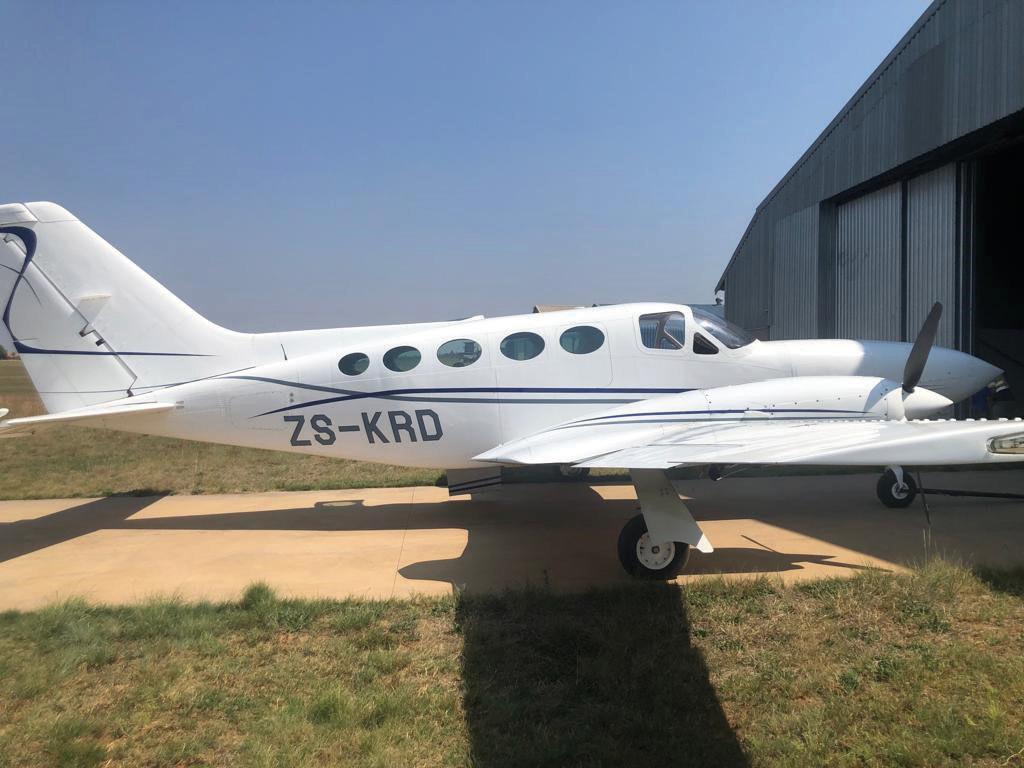
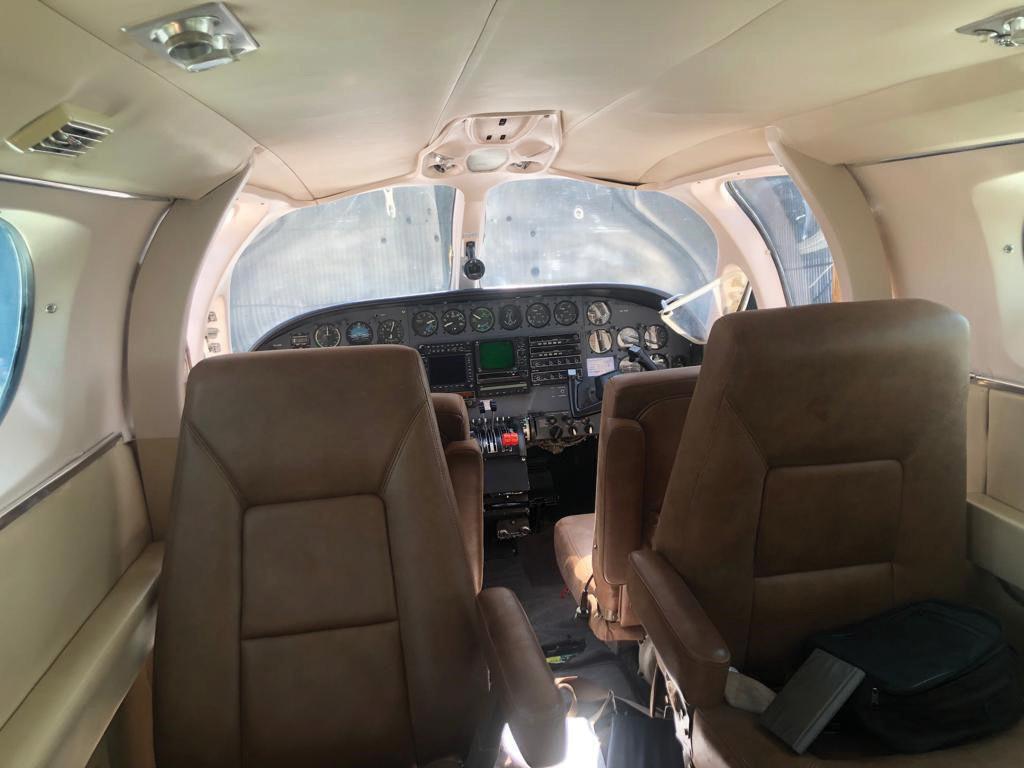

$ 250 000 USD
Negotiable
Airframe TTSN Hours: 8992.80
Most recent MPI: 25 April 2022
Aircraft Type: Cessna
Aircraft Model: 414A
Aircraft Registration: ZS-KRD
Aircraft S/N: 414A-0510
Propeller Type: McCauley
Propeller Model: 3AF32C505-C
Propeller Serial No.: 060002
Propeller Position: RH
YOU ARE AMONGST FRAGILE, yet lethal machines that are extremely unsuited to travelling on the ground.
Did you see Ryno’s cartoon last month? It was about the pupe starting a Cherokee facing up against the hangar doors? Here’s the story.
43 Air School was an operation I started and ran for many years. Sometime after I sold it I went back there to visit a friend. As I walked past one of the hangars, I saw an amazing sight. A student, in uniform, climbed into a Cherokee that was facing towards the closed hangar doors. At first I thought he would release the park brake and push the aircraft back, but no – this extraordinary person got himself comfortable in the left hand seat and strapped himself in. He then fiddled for a while and eventually started the engine.
I was intrigued. I stopped a few meters from his left wingtip to watch what happened. Well, there was more fiddling, and then he picked up the mike and made a call – presumably to the tower.
My jaw sagged. It was like watching one’s mother get on a bicycle facing towards the back wheel.
Eventually the engine stopped, our hero got out and stood on the wing with his hands on his hips, So, what are you staring at, huh?
I doubled over with laughter.
So much for planning – even if you are only going to taxi to the pumps you still need to do some basic planning.
• Make sure the chocks aren’t in front of the wheels
• The tie-downs are untied and there are no loose ropes to get in the prop.
• You are not going to blow dust into someone’s hangar
• You don’t have a flat tyre
• The towbar is not hooked in
• The wind is not going to whip the door off its moorings
• Control locks are not in position
• There is plenty of room to taxi where you want to go
So, instructors, it’s your job to teach pupes how to behave around aeroplanes. It’s like teaching your kid to look both ways before crossing the road. If they are around aeroplanes they need to be planning all the time.
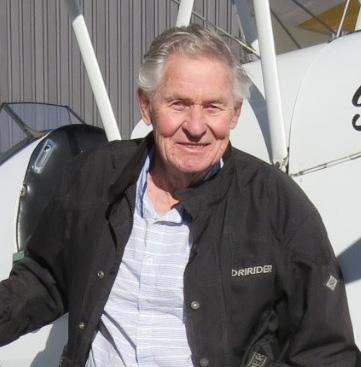
It may say PREPARATION FOR FLIGHT on the form – but it really means is PLANNING. If you are anywhere near an aeroplane you need to be planning all the time.
Safe flying is about decision making
Jim’s lessons for instructors –

How many people have walked into props because of a lack of planning? What an absolutely horrifying experience if you are the pilot. Don’t imagine for a moment that if you see it’s about to happen you can stop the engine in time. You have no chance – it’s all over in a flash of blood.

Instructors, here’s a thought. When you taxi in with a pupil, get them to decide where they want to park. And do this right from their first or second flight.
It sounds like a small thing – but it’s not – it’s great for their confidence and their airmanship, and it gets them into the habit of planning everything when they are around aeroplanes. They need to think of the fuel state – do they need to refuel for the next pupil? – or perhaps themselves if they are flying early next morning. The time of day might dictate whether to park at the hangar. The wind is a consideration, as is forecast weather, and the availability of tiedowns.
If there are no overruling considerations, I always park with the tail towards the terminal
building, It’s just a hell of a good lifetime habit –there’s less chance of someone walking into a prop.
Safe flying is about decision making and planning ahead, so get your pupe into the habit of doing that right from their first lesson. Instructors are inclined to make all the decisions without considering whether the pupe has enough info to do it himself.
We are inclined to say, taxi to the threshold of runway 27, instead of saying, which runway would you want to use for takeoff this morning? They must then consider not only the wind, but other traffic, the slope, and perhaps the position of the sun.
So get them to take planning really seriously. No – I mean really, really seriously. I write a herd of accident reports and about half of the crashes start on the ground with poor preparation and planning. Skimpy preflights, overloading, insufficient weather info, being in a hurry, and – worst of all – trying to meet other people’s expectations.
If your pupe crashes one day through poor planning and preparation, it will forever haunt you. You have to set the example on every flight. Don’t let her skip one little thing. If she needs a ladder to check the fuel – then she must fetch one.
Enough said – on to the next heading.
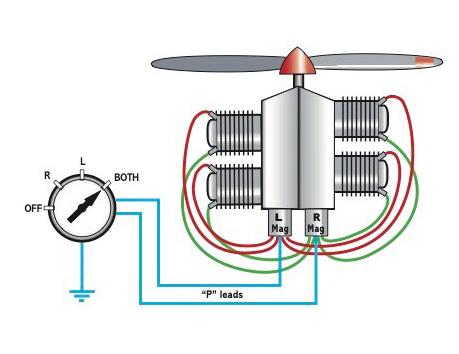
The more you know about the machinery you command, the safer you will be.
Please read that again – it’s really important.
When I write accident reports I notice that a lot of crashes are caused by pilots simply not bothering to read the POH. As an instructor you have to set the example. You should know a lot more than the bare minimum. And one of your jobs is to get your pupes interested in what happens under the cowling.
If you fly a Piper you will find it easy to get the cowling open and have a good look under there. Not your thing? Well to be the best instructor around you need to develop an interest pretty smartly.
Let me grab your attention. You have heard of a magneto? Brilliant. Can you see one in there? Even better. If you are flying something with a Continental or Lycoming engine you will know that it has two magnetos on the back of the engine.
Each has four, or perhaps six, big thick wires sprouting from it. And each wire goes to a spark plug.
The important thing is that each magneto has a thin white wire that goes through the firewall into the cabin. This little wire’s job it to switch
the magneto OFF. That’s right – a magneto is always live unless you kill it by earthing this wire. So this wire goes to the mag switch, which either earths the wire to stop the mag from producing sparks, or unearths the mag which allows it to make sparks. So if the wire is broken the mag is LIVE, meaning:
• The prop may polony slice you when you move it just a fraction to fit the tow-bar, or to squeeze past the aircraft in the hangar. So if you ever see someone casually moving a prop, even slightly, your job is to do so much screaming and bitching that everyone within half a k will learn never to move a prop unless they are prepared to have the engine start.
• Also, if that little white wire is broken, your mag check will be invalid because you have no way of switching this mag off to see if the engine runs properly on the other one.
However, if the little white wire shorts against something metallic, that will kill the mag, and the engine will only run on the other one. And things can get even worse because when you do a mag check at 1800 rpm you will get a loud explosion in the silencer which may dislodge a baffle. This can later cover the outlet of the exhaust and cause the engine to stop whenever it feels like it.
Understanding magneto wiring is important.
He did all the right things
If you haven’t a clue what I am talking about, then you have four options:
• Give up flying.
• Buy an old and unreliable, single-cylinder, four-stroke motorbike. It will teach you all you need to know about basic engines.
• Buy a copy of the Jim Davis PPL manual and go to page 154 to learn about magnetos, and other lovely mechanical things.
• Decide you really do want to be the best instructor, so ask your maintenance guy to show you around his AMO – then take your pupils there. You can all learn a hell of a lot by just watching – you don’t need to get oil on your nice white shirt
Here’s a story about a guy in a Bonanza with his wife and two young daughters. They were going to land at Stellenbosch, near Cape Town.

When he selected the gear down, he got no greens. He decided to fly to the main airport where they had “the equipment”. A good move. On the way there he asked his wife to dig out the handbook and read the emergency gear extension procedure. An even better move.
He did all the right things and then started cranking the little handle that winds the gear out. Unfortunately he cranked it the wrong way. The gear had actually extended most of the way by gravity, and his cranking pulled it back in. He landed like that, ruining the prop and the engine in the process.
With systems savvy he could have figured it out and landed with the wheels down.
Short story – a good instructor understands the systems.
This has to be one of the worst, or least, taught exercises in the book.
The other day I asked a Grade 1 instructor to lend me the fire-extinguisher from his Cardinal so I could photograph it. It took him a full two minutes to unclip it from its mounting under the seat. And he was standing next to it – not flying the aircraft and groping for it one-handedly below his butt.
A hundred and twenty seconds is a hell of a
long time when you are on fire. The truth is that we are simply not prepared for fires. We don’t practice them and we don’t give them serious thought.
If your pupe asks you to demo an emergency procedure you should be able to swing straight into it.
Hell, we are talking about emergencies – lifethreatening things that happen suddenly and unexpectedly. This is no time for trying to remember stuff from five years ago, and fiddling with things you have never touched before.
If something suddenly goes wrong your immediate reaction must come from recent memory. There’s no time to pull out a checklist if your engine fails soon after takeoff.
Your immediate, or memory actions, are Speed, Field, Fuel, Flaps. (This is a SAAF list that has been given a hell of a lot of thought – don’t try to mod it - you won’t improve it.)
• SPEED lower the nose smartly to maintain flying speed.
• FIELD aim for the best available. (The 30º rule is stupid.)
• FUEL check selection and pump.
• FLAPS as required
• If you are flying a twin, maintain direction and airspeed. Then your memory actions will be:
• GEAR UP
• FLAPS UP
• IDENTIFY – dead foot dead engine
• CONFIRM – throttle back the suspect engine
• FEATHER
Now trim, calm down and think what to do next.
This is where you need a written checklist – and there isn’t one in the POH or anywhere else –you don’t even need to look. You need to do almost random things, some of which may not even apply. Cool the good engine and close the cowl flaps on the failed engine, tidy up the power levers, switch off alternators and fuel pumps on the dead engine crossfeedng fuel, replan your flight, notify ATC and so on.
It's hopeless trying to remember everything –particularly if you have a high workload with traffic and ATC.
So this brings us to a wonderful golden rule for all teachers, lecturers, instructors, mentors, tutors, trainers and professors: Building a wall.

So you can:
• TELL the pupe what to do – and she will forget, or,
• SHOW her what to do – and she will remember, or
• INVOLVE her by building a checklist together. Yes?
Instructors tread VERY carefully when training for engine failures in a twin. You are approaching an incredibly thin line. Although you may know how to handle the situation, you have no idea what the pupe is going to make it unrecoverable.
I strongly advise you not to shut down and feather near the ground, and I mean circuit height or below. I can think of half a dozen training disasters which were caused by seemingly competent instructors allowing pupils to put them in deadly situations.
This often happens during an asymmetric go-around – this seemingly simple operation can quickly become fatal. I will discuss it again when we get to the section on multi-engine training. Basically, a fatal situation can gently creep up on you, and by the time you realize what’s happening your backdoor has slammed shut.
The danger doesn’t have to happen suddenly through someone pulling the wrong lever at the wrong time, although that’s often the case.
Let me tell you about how the dreaded, 20,000 hour Swannie – a senior testing officer with the CAA – crashed a 150 HP Apache at George in this way. He’s the guy who used dirty tricks when testing you.
He was testing a Commercial Pilot for his instrument rating renewal. While on a left-hand downwind for runway 11 Swannie failed the left
engine and told the pilot to intercept the ILS localiser and follow the glideslope down for a landing.
Reasonable? Actually no. Although Swannie had a thousand hours on PA23s he hadn’t thought this one through, because the failed left engine is the one that has the hydraulic pump to work the gear and flaps. This means that when you select the gear down, it free falls, causing massive drag, but it doesn’t lock into position.
To lock it you have to pump like hell on the donkey’s-dong emergency handle until it has filled up the hydraulic lines. Then the last couple of pumps lock it in position. After that, some more pumping will deploy the flaps.
If Swannie had understood the system and done a little planning, he would have realized that he had put the pilot in an impossible situation. If he lowered the gear as he intercepted the glideslope, which is common practice, it would have caused so much drag that the poor little 150 asymmetric horses would not be able to keep them on the glideslope, and they would crash short of the runway.
On the other hand, if they left the gear to the last moment, they wouldn’t have time to pump it down, and would do a belly landing, on the runway, in a perfectly serviceable aeroplane. This is exactly what happened.
Which brings me back to my point. Instructors, no matter how experienced you are, be extremely cautious of shutting down and feathering even at circuit height.
This story again emphasises the importance of understanding the systems.
Next time I’ll tell you how I came this close to losing an Aztec while turning final on one engine at PE.
pump like hell on the donkey’sdong j


“It’s not going to last. You know that, right?”
“Yes, well I guess we’ll see.”
That was how conversations went when I arrived in Port Elizabeth with our first Sling in December of 2012.
WELL, IT’S 10 YEARS ON and our fleet of six Slings have accumulated in excess of 35,000 flight hours. ZU-IAE has 7,300 hours on it, making it the highest hour Sling in the world.
This article tells the story of our experience of keeping our Slings airworthy. And that really is a convoluted tale, because we pioneered the Rotax 912iS engine at the same time, so let’s start with that.
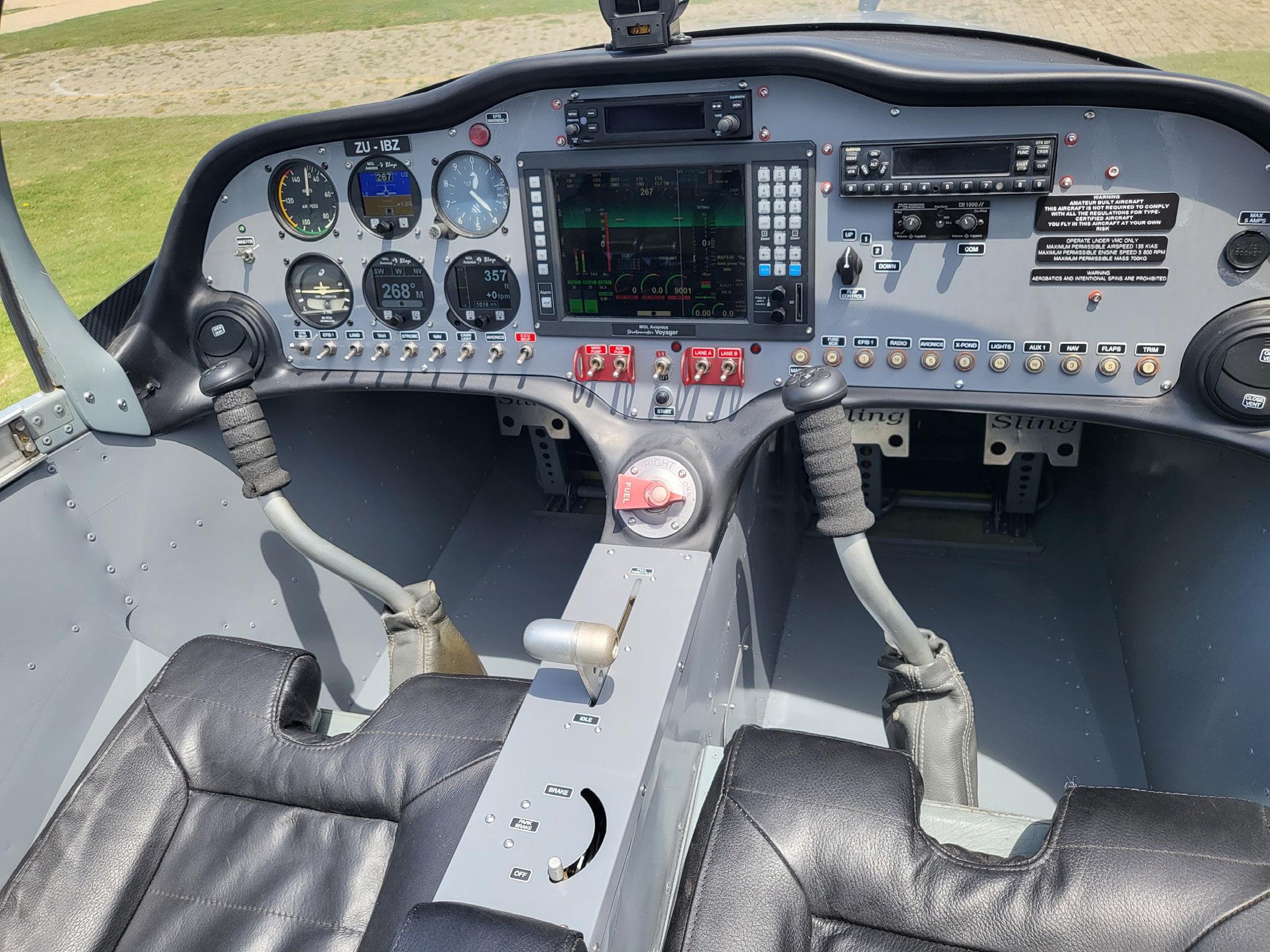
On paper the iS has triple electrical redundancy and it should never fail. Will I fly it across the Atlantic though? Ha! Don’t be silly! No. Yet I would do it behind its more humble older brother, the 912ULS carburettor fed version of the same engine.
Why is that? Well Rotax has still not managed to completely sort out the stator (alternator), which is prone to heat damage and is a single point of failure. When it gets damaged and short circuits, the engine runs off the battery, until that goes flat….and then it’s a case of no electricity, no engine.
Stator failure does not catch you by surprise though. It has heaps of telltale signs that become increasingly evident over time. Though we dutifully train for engine failure, it isn’t something that I ever seriously worry about with the iS, but as for the Atlantic.…she’s a big place.
So why put up with the complex iS engine when the simple ULS is more reliable? Well on a good month at Madiba School of Flying our injected iS engines save me R50 000 in fuel compared to ULS engines. I will forgive it many things for
they crash really well
that. You just can’t argue with 14 litres per hour in the cruise. In practice, we taxi a lot at FAPE and we spend a lot of time in the circuit, so real life fuel burn at the school is 10 litres of car fuel per hour.
Another reason for loving the iS, is that the computer records every spurt, fart and hiccup the engine makes. Every MPI begins by plugging a laptop into the engine and downloading the logs for examination, and there’s a program that displays the information in graph form. It’s easy to overlay graphs for comparison, and anomalies stick out.
This is all good and well for a flight school with dedicated maintenance personnel standing by. If I were going to own a Sling for personal use out in the sticks, I would most definitely choose the ULS engine.
Gearboxes on the iS engine have proven to wear. The issue was substantially remedied when, around 2017, Rotax introduced a specific oil feed directly onto the gears. Even so, the gearbox makes for rough starting of the engine, especially on the first start of the day. So rough that the airplane reminds one of nothing so much as a dog shaking off water.
Some of our aircraft are worse than others, and we can’t figure out why. It’s so bad that you can’t run traditional gyro instruments. We once removed a non-working A/H and broken bits of gimbals came tumbling out. Instrument panels crack and our MGL screens break at their mounting points. Recently one of our instructors came in saying he had smelled a burning smell in flight – and it wasn’t and oil smell. Our very experienced engineer noticed that the exhaust was up against the cowling. He then noticed

that the engine wasn’t sitting straight in the airframe, so he removed the cowlings. Closer inspection revealed that one of the high tensile engine mount bolts had snapped. I am not exaggerating when I say the iS shakes on startup. Hung starts produce prolonged shaking, but I don’t want Rotax to hate me, so I will stop there. They have been very good to me.
Rotax has now offered me two free gearboxes to test. They have never stopped developing the gearbox and I won’t be at all surprised if the shaking thing is now behind us. I didn’t tell them I was writing this. Through all the years, this is how Rotax have done things. They just don’t stop until it's right.
We have also now begun rewiring the starting circuits of our aircraft to bring them into line with the latest directives from Rotax, as endorsed by Sling Aircraft. It gives the engine’s computer more time to come on line prior to engine start and though it is early days on a brand-new engine that we have just flown, I am choosing to be optimistic. So far, so good.
There’s one more thing; Call me old fashioned, but my mind works better in pictures. I get more information from a single glance at the faces of my six little analogue friends than I do from thinking about the numbers on those precise digital displays who each demand my brain’s focused attention.
Our MGL Voyager screens have done 35 000 hours with us. When they break down, we send them to Cape Town and the guys at MGL fix them. The displays cost only R5000 to replace, so it’s easy to keep the units in great shape.
Our Garmin radios and transponders are so good that it’s easy to forget to mention them. In all this time I have only had one transponder breakdown on me. That really helps when you are trying to keep aircraft in the air.
Okay, so back to our instrument rattling gearboxes. Gearbox inspections are required every 600 hours on the iS. They mostly make it to their 2000-hour service life now.
The solution to the hammering the gyros were taking was to replace the DI and AH with Garmin G5’s which have no moving parts. Cost for the two units fitted was R100 000. Eish! We were under pressure to have a suitably equipped aircraft for night/instrument training though, so we went ahead and spent the money.
When we upgraded the second aircraft, we fitted MGL’s Blaze singles. We tried the AH, DI and Altimeter as a trial, and we have been very impressed. Though the Garmin display is similar to what I had in the Beech 1900D that I used to fly, the MGL units are perfectly good, and they cost only 5% as much as the Garmins. Sometimes local is lekker.
Rotax have replaced gearboxes and stators free of charge under warranty. Honour is a value they adhere to. It’s been 10 years though, and one would have hoped that the issues would have been sorted out by now. The engine costs half a million Rand. For that money I would like an engine that does not rattle my bones in the morning.
Rotax engines run to 2000 hours without wear. The only thing that they absolutely will not forgive you, is exceeding maximum RPM. Do that to a Rotax 912, and it will coldly and dispassionately kill you. It doesn’t take long for damage to set in.
It’s hard to over rev an engine fitted with a trusty old fixed pitch Warp Drive prop, but there are horrible electrically controlled, flight-adjustable
it will coldly and dispassionately kill you.
props on the market that have killed many a Rotax engine and sometimes the people who flew behind them as well. There are propellers specifically for Rotax engines which use the traditional, tried and tested, hydraulically controlled constant speed method to control the prop, so you won’t have unscheduled over speeds. It doesn’t even cost any extra compared to the electrically controlled units. Sling Aircraft will fit the prop of your choice.
Covid and the war in Ukraine have been tough on the whole world, and perhaps it contributed to Rotax struggling to produce engines for a while. This resulted in three of our aircraft being grounded for an extended period of time with time-expired engines, but engines are now slowly starting to trickle through again. For a while now, there has been no engine oil available from Shell, which is the Rotax recommended oil.
We treat our 2000-hour engine replacement cycles as an opportunity to overhaul the airframe as well.

Madiba is structured around an expected 450 hours per month, and that model requires that we employ maintenance staff on salary rather than to pay an AMO a per-hour rate. That translates into a R55,000 fixed overhead per month, but the upside is that we can maintain our aircraft to our heart’s content. It’s hard to imagine how we might otherwise have adequately maintained the airframes.
Our Slings work hard. They are banged into the runway day after day and year after year by those whose eyes and minds and hands have not yet reached consensus on how to give expression to their desires to re-unite their craft to terrafirma.
So how did our airframes do? Well, they proved to be surprisingly resilient. I have to add that we operate out of FAPE with its long tar runways.
The skin of the aircraft is thin. Empty weight is 400 kg and all-up is 700kg. That means two guys each weighing 100 kg can take off with full tanks and fly from PE to Harare non-stop and have 3 hours in reserve. The downside of the thin skin is that flaps are vulnerable to people stepping on them, and flight controls are prone to hangar rash. Replacing dented skins is relatively inexpensive though and it’s quick and easy to do, thanks to the use of pop rivets.
The main landing gear is composite and I have had to replace at least six of them through the years, which means they are good for around 6000 hours. If you consider that at the flight school we do five landings per hour, and that
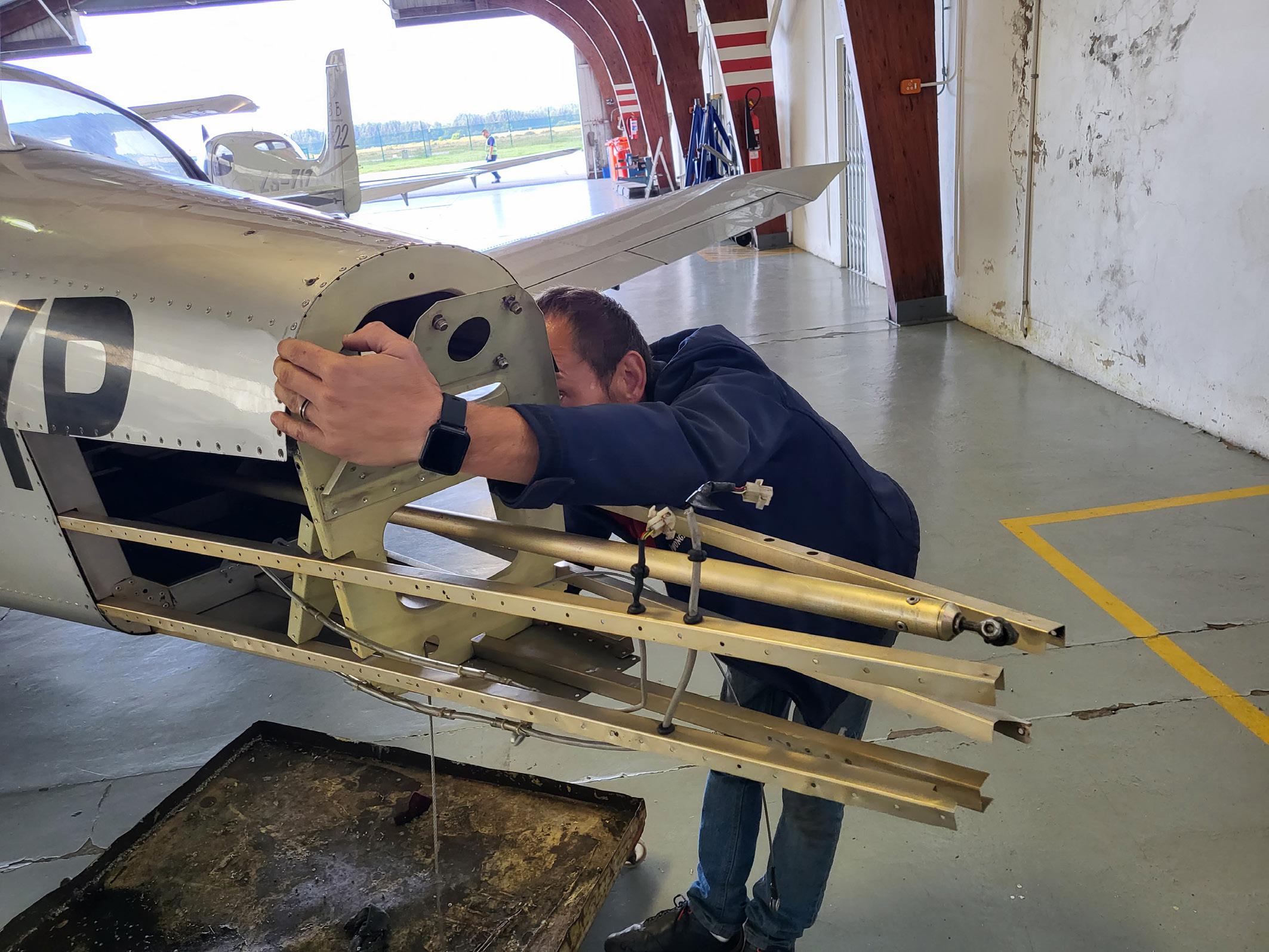
replacement cost for the gear is around R35 000, then that translates roughly to R1 per landing. That’s not bad.
Flight controls are operated by push rods that run through bushes. When you replace these bushes, the aircraft just feels like it’s factory new again. The difference in feel really is fantastic.
The original push-button flap switches didn’t last, and Sling replaced them with sturdy rotary switches. You have to change the instrument panel though, or put up with an ugly patch. Sling Aircraft kindly provided us with the CAD drawing of the panel and so we are able to make the required changes.
Fuel tanks have been leaky; not so much dripping fuel, but leaving ugly brown stains around some of the rivets. We generally disassemble ours completely and clean the skins to original aluminium before re-applying
PRC (very expensive, terribly gooey stuff, that seals holey aluminium sheets) at major inspections. This also provides an opportunity to inspect wing spars. I always marvel that a spar that has done thousands of hours can look like it came out the factory that same morning
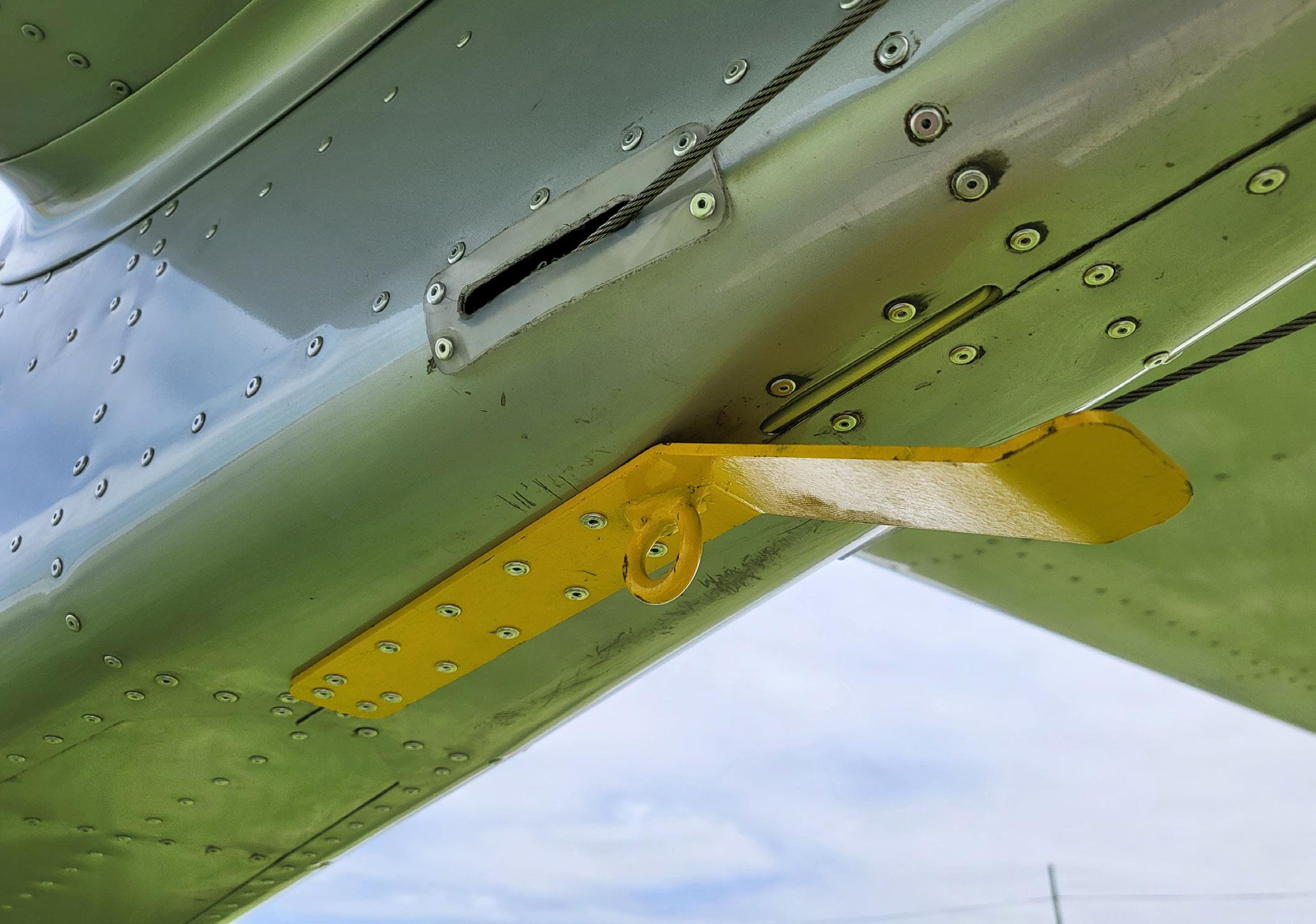
At Madiba we operate in the salt air of our coastline, yet we have had no real corrosion problems, due to the fact that all skins are alodined. One of our dashing young hour builders managed to fly so low over a salt pan that he inadvertently splashed down into the 40% salt solution. We washed that little plane down with plenty of fresh water, but for the longest time you could run your finger in places and it would come out white with salt. At the last major inspection we tore it down to kit form and really looked for corrosion, and found that it was limited to just a few mild steel brackets. I test flew it after the rebuild and honestly, it’s the best Sling I’ve ever flown.
Climb-out after takeoff was at 110 kts and 700 ft/ min with a brand-new engine! I had the engineer on board as well to monitor engine parameters and to help with swinging the MGL compass. The pictures in the article are of this aircraft, ZU-IBZ. You would never say it has 5000 hours on it.
Last year the factory considered a possible maximum hour service life for the airframe. When the first aircraft left the production line, no one imagined that there would be Slings with more than 7000 hours. I thought about that number. In the course of maintaining our aircraft, none of them still have all their original parts, and some of them have been substantially rebuilt. If for example it was thought that maybe the wing spars were getting on in years, we could buy a new set of factory-built wings, which costs a mere fraction of the purchase price of a new aircraft. The same goes for any component on the airframe.
It is a very easy and inexpensive aircraft to
replace parts on, and there are no limits in terms of what can be done. With a suitable maintenance plan there is no reason to write off airframes.
Crashworthiness
Over the years our students have crashed the Slings, and they crash really well. I once test flew a Sling after it’s MPI. A careless apprentice at our previous AMO had left the nut off an aileron hinge bolt. It’s a long story, deserving of its own article. Neither myself nor the two engineers who each have a lifetime of maintenance experience noticed the missing nut during the triple pre-flight inspection. I don’t know how we did that! You can see me there on the security camera footage energetically moving the aileron up and down, for heaven knows what reason. If only I had looked for the nut! But there was no record that anyone had worked on it. Well of course the bolt fell out in flight, causing the stick to become jammed in the full left deflection position. It could move freely in the fore and aft plane only. I found that rudder authority exceeded that of the ailerons, but only at almost full power and high speed. So how do you land a plane in that condition? Well the short answer is, you don’t. You crash.
A subsequent internet search revealed that just about nobody else had managed to survive that particular set of circumstances, including the test pilot for Cirrus Aircraft. All I can say is that the Good Lord saved my life that day.
The Sling took it. I walked away, which means it was a good landing. And then we went ahead and fixed it. We just kept stripping until we found that the parts were no longer damaged. That point was behind the cockpit, and I believe that is the secret of its crash-worthiness. It is the crumpling that absorbs the impact.
There are anomalies. It takes far fewer man hours to repair damage resulting from a collapsed nose gear, than it does to repair damage from a tail strike. The tie down point in the tail acts like a guillotine and shears a bunch of structural rivets which then requires the entire tail of the aircraft to be removed to enable repairs. I designed a 200 gram spring-steel tail skid in place of the tie down and we said goodbye to damaged tails. Of-course we ran it by the factory’s design department. Same goes for the nav lights. The original sets cost R20,000 and never lasted. We replaced them with lenses we designed, and LED strobes/navlights which cost R700 for the entire set, didn’t need high voltage, and were brighter.
At the end of the day, for us who use Slings commercially, there is absolutely no difference in the way we have to maintain the aircraft compared to certified aircraft. And AME’s have a singular disability to understand the difference. Maybe that’s a good thing.
So what does it cost to maintain a Sling?
Well that rather depends on its flight hours. For the first 2000 hours it will require 10 hours of labour at MPI plus oil and filters, which will come in at less than R10,000, or R100 per hour of operation.
After the first 2,000 hours, wear and tear becomes a factor that should be anticipated and planned for. By 4,000 hours you should be prepared to do some work on your aircraft to keep it in good shape. You will be replacing the instrument panel and all the toggle switches. Front windscreens become crazed in time. They easily last 4000 hours but since they only cost R4500, replacing them then is a good idea.
banged into the runway year after year
Canopy rails get tired and since canopies that stick are a safety hazard, they should be replaced. There are at least two items on the airframe that crack and have to be replaced, but Sling has become highly professional at remedying those kinds of defects, and at bringing out accompanying Service Bulletins. Rudder cables need to be checked. Throttle cables got sticky and were redesigned. Brakes got metal lines near the wheels because the plastic lines couldn’t stand the heat. As Sling hours around the world accumulated, problems emerged and they were overcome.
You can’t beat the fact that Sling is local. Their AMO section has every imaginable part in stock, and couriers deliver overnight. That simply translates into less downtime. Aircraft sitting on the ground cost money.
Ten years ago, I bought my Slings for around 1.1 million Rand. Now I would have to pay more than double that for a new one. That’s fantastic news for resale. The days where you could pick up a second-hand Sling for less than a million bucks are over. These days there’s seldom a week goes by that I don’t have someone calling me to see if maybe they could convince me to part with one of mine. In fact, as I write this, it is
only the middle of this week and I have already had a phone call and an email. To put it into perspective, a Sling kit costs R900,000 and then it is not a factory-built aircraft, so it can’t be used in a flight school. Add an engine, a propeller, radio, transponder, instruments, multi-function display and the cost of building and paint… it wouldn’t make sense to sell.
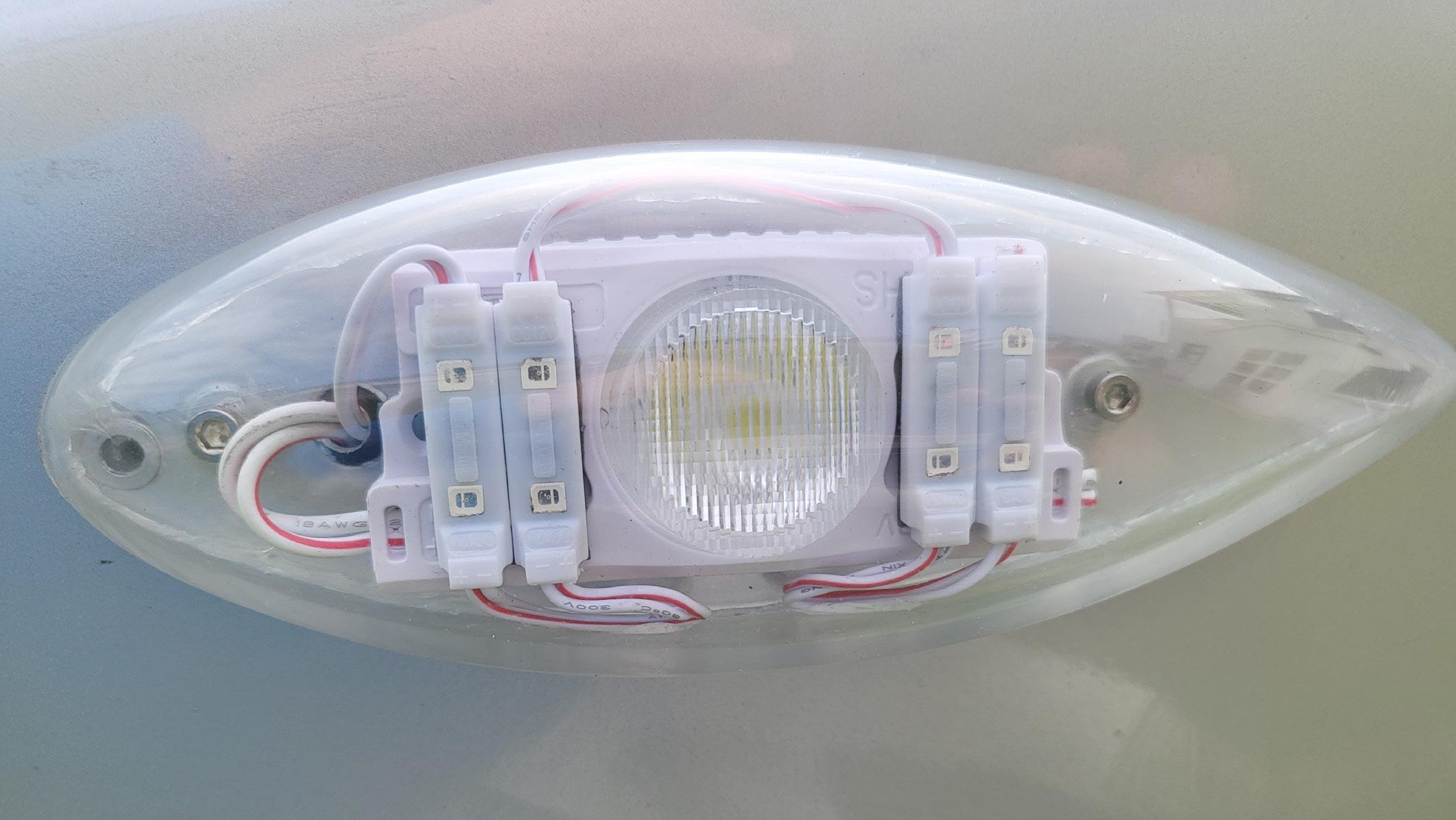
As I conclude this rather lengthy article, I do believe that the jury may finally, and confidently deliver its verdict. After 35,000 hours on our fleet, and hundreds of thousands of Sling-hours around the world, the only competent verdict must be that Sling Aircraft, as an organisation, has grown up, and that their little aeroplane has become the world’s ultimate training machine.
It is possible to keep the aircraft in a perpetually new condition. Mine certainly are in great condition. So now I can answer those who had told me they wouldn’t last. My Slings are tough, and they did last. But more importantly, they are inexpensive and easy to maintain.
Landline: 011 614 2471


Mr. Gomes: 082 412 6669

Carla: 083 602 5658

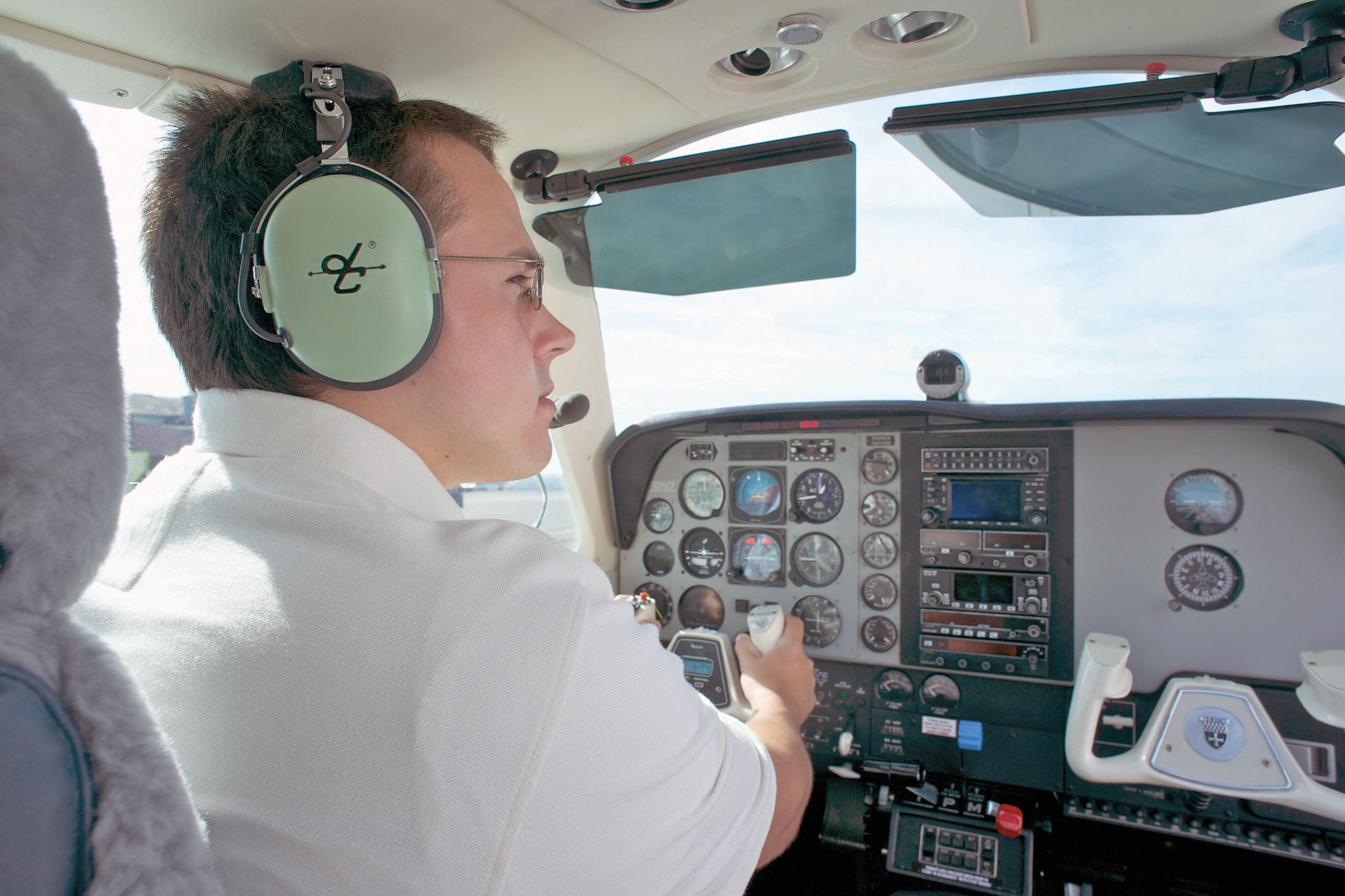
A Dynamic team to meet all your requirements.



Refurbish your aircraft and / or helicopter. Best prices guaranteed


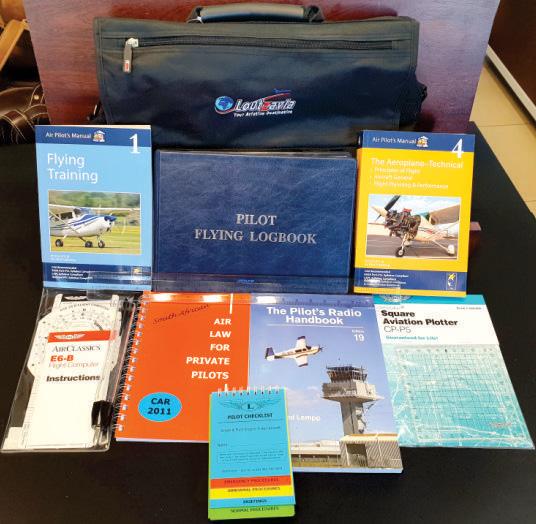

Aircraft registration: ZS-JYV
Date and time of accident: 22 May 2014 1432Z
Aircraft type: Cessna 172N
Type of operation: Private (Part 91) Shanike
Investments No.5 (Pty) Ltd
PIC license type: PPL
License valid: Yes
PIC age: 21
PIC total hours: 59.1
PIC hours on type: 31.2
• This discussion is to promote safety and not to establish liability.
• CAA’s report contains padding and repetition. I have paraphrased extensively for clarity.
Synopsis:
On Thursday, 22 May 2014 the pilot and two passengers (student pilots) took off from Heidelberg on a private flight to accumulate hours towards his commercial pilot’s license.
Last point of departure: Heidelberg Aerodrome (FAHG)
Next point of intended landing: Heidelberg Aerodrome (FAHG)
Accident site: farm Gelida Bellegings. 5375’AMSL Met: Temp:15°C; Dew Point: 5°C; Wind 340°/10 kt; QNH: 1029 hPa
POB: 1 + 2
People injured: 3
People killed: 0
approximately 48 metres from the wires.
The propeller separated from the engine and was found 33 metres from the wires. The engine and empennage separated from the fuselage. The wreckage pattern was confined to the impact point with the ground.
The aircraft was seen by a farmer flying low in the area. One passenger stated that there were no abnormalities with the aircraft whilst flying low in the general flying area. The passenger said the pilot intended to simulate a forced landing while flying into the sun.
The aircraft impacted high tension wires with the nosewheel at 5,6 metres above the ground. It then hit the ground in a nose-down attitude
Emergency services took the seriously injured passengers and the pilot to the nearest hospital.
The pilot suffered severe head injuries. He was later flown to a hospital in Egypt to be closer to family, so he was not available to provide information. The investigation relied on information from the passengers, both of whom sustained serious injuries.
The company that owned the flying school had a chequered history. It started with an excellent reputation but was subsequently sold twice, the second time to a government agency specifically to train non-white students. R63 million disappeared overnight and all the aircraft fell into disrepair, and were cannibalised.
Would you sit in the back of one of these aircraft flown by a newly qualified, 21 year old pilot who was planning to do some low flying, into the sun and taking a pretty girl along as his first passenger? Neither would I.
And yet the same story keeps repeating itself – you can generally see accidents coming long before takeoff. You just need to list the facts, and then ask yourself if you would sit in the back. So, if we can all do this, and we can, then why can’t the pilot?
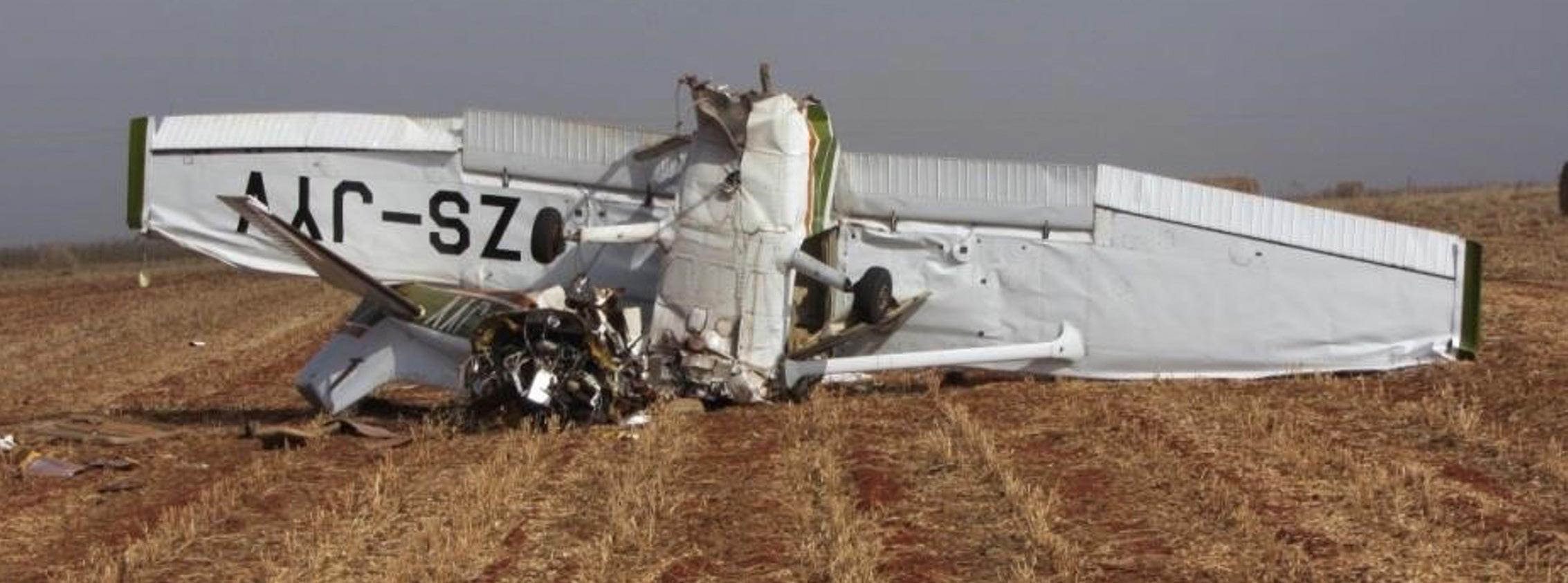
Well he probably can, but he mostly reasons that he is smarter than average and he can manage to do XYZ safely, despite the apparent dangers. But my guess is that my old friend PPP – Passive People Pressures – prevails. He has committed himself to meeting the expectations of his pax, his boss, his family or his friends.
Of course the antidote to PPP is to ask yourself if you would undertake this flight without any pax and without anyone else’s expectations nagging at you.
Okay let’s get back to the practicalities of this accident.
The regs say that over open country you may fly as low as you like provided you are not a “… hazard or nuisance to persons or property on the ground or water…”
So, was he legal? – yes. Was he sensible? Of course not. But is any 21 year old sensible when in charge of fancy machinery with a female admirer looking on?
But there’s a solution to this – actually, two. The first is discipline. If the school has a culture of professionalism and training that continually makes pilots aware of the risks involved in each exercise – then those risks are much reduced.
The second answer is more complicated –it hinges around the written and unwritten contracts that the school has with the pupil’s sponsor and the pupil himself. If there’s no written contract then we get into muddy waters.
Pupils who are on a commercial pilot course may think that once they get their PPL they can do what they want – and legally there is no regulation to stop them doing exactly what this guy did. He took his friends as passengers while doing some hour-building – those words give me the horrors.
Every hour between PPL and Com should be constructive – not just jolling.
I believe the school has a moral, if not a legal, responsibility to use every one of those hours constructively. In other words, every flight must be properly planned, briefed and authorised. And therein lies a potential problem.
A little while ago I wrote about two com students who were killed while the PIC was building the required night hours. They flew into a mountain. There was no flight planning. They simply used a cellphone for navigation on a moonless night in bad weather. They were both killed. Was the school responsible, or the pilots themselves?
The accident report was vague about whether the flight had been properly authorised. If it had – then the authorising instructor had a responsibility to see their flight plan and flight log, and give them a thorough briefing. I suspect this didn’t happen because a totally blank, but bloodstained, flight log was found in the wreckage.
Where do legal liabilities lie? I have no idea, but I feel strongly that when parents hand over money to have their offspring trained to be commercial pilots, the school has a moral responsibility to see that the youngsters’ flying is properly planned, supervised and safe.
I chatted to the guy who had just taken over as CFI when the accident happened. He told me what I guessed was the case, the talk of practicing forced landings, was just that – talk. There were no practice forced landings, one survivor invented that story to justify the low flying.
The new CFI also said that, ironically, this was one of their best students. Sadly being best doesn’t make one immune to showing off.
When I had my own flying school, I adopted a novel approach to low flying training. I deliberately made the exercise as unpleasant
as possible. The idea was to make this such a miserable flight that it stuck in the pilot’s mind for the rest of his life – he would never want to do it again.
Although it was unconventional it worked extremely well.
I would make sure there was a strong wind, to guarantee plenty of low level turbulence. I would then take the aircraft down low, using the extra speed energy, if necessary, to pull up smartly in the event of suddenly spotting power lines. I would also point out that I was trimming up so there was a tendency for the aircraft to climb if my attention wandered.
In this configuration I would fly the standard racecourse pattern to demonstrate the airspeed/groundspeed relationship, into wind and downwind; as well as the apparent skid or slip in the turns. This to emphasise the importance of looking outside while trusting the power setting to look after your airspeed, regardless of huge changes in groundspeed. And learning not to fight with the rudder to sort out apparent skid or slip – the ball will mainly look after itself.
I would then get the student to take over –making sure that they needed considerable forward stick pressure.
The pupe would always gain height as soon as they took over – partly because of being groundshy, but largely because of the uncomfortable stick pressure. I would then badger them to get lower and lower until they were really unhappy and sweating.
This worked. I never had a pupil wanting to do low flying after that.
the same story keeps repeating
• Unplanned low flying is suicidal.
• Planned low flying calls for a crystal clear windscreen.
• Brief pax not to disturb you.
• Know the area, and any obstacles.
• Never do it in a valley – wires cross valleys.
• In bad weather or poor viz use climb speed and one notch of flap.
• In good viz carry a bit of extra airspeed
• Beware groundspeed and skid/slip illusions caused by wind.
• Have the best tank selected and the fuel pump on (most engines).
• Beware carb icing.
• Set mixture before going low.
• Keep one hand on the stick and the other on the throttle.
• Climb before fiddling with radios, carb heat or other stuff.
• Get pax to help with lookout.
• Look straight ahead – don’t be distracted.
• If you are following a powerline beware
others joining from the side.
• Don’t look for wires – look for poles and pylons.
• Beware bracing wires for radio masts
• Don’t fly through gaps in the trees – wires may lurk there.
• Power lines often have a tough thin wire above them.
• Ask yourself if you are trying to impress someone else.
• For photography – you fly, someone else photographs.
• Beware high density altitude and rising ground.
• Cross rising ground diagonally.
• Note poor VHF range.
• Beware birds over lakes, rubbish dumps etc.
• Height illusions over open water and sand dunes will kill you.
Only do it if you have been properly trained and you comply with ALL of the above.
ON THE TCA SIDE there are seven new registrations – four fixed wing, two helicopters and a glider.
Very interesting is the Airbus A340-600 ZS-MFC. This one is twenty years old and was originally ordered by Swiss Air. However, she wasn’t delivered to them but went to Iberia in Spain instead. She was with them until June 2021 when she was sold to a company in Malta and converted to a freighter. She was sold again in March 2022 to Air Atlanta Iceland and flew to Johannesburg in August 2022. The last time I saw her, a couple of months ago, she was parked at SAA Technical. As per usual the CAA will not divulge her owners name, so I have no idea who has bought her. This is frustrating.
African Air Charter have registered their second Boeing 737-36E that they’ve acquired from Cayman Airways.
There is a Robinson R44 that comes from the UAE and a BK117 from Australia. The Beech 1900 ZS-SEM is a returnee, having been in Australia for a while.
Airlink have registered another Embraer 190. This one also comes from Virgin Australia.

The glider I mentioned is a M&D Flugzeugbau JS-MD 3 Rapture. The JS-MD 3 is a fully EASA certified aircraft in the 15 and 18m class and combines highest performance with a M&D jet sustainer system.
On the NTCA side there are four more Sling 4 TSIs registered. This aircraft is getting more and more popular as time goes by. In November Sling Aircraft celebrated their 1,000 th sale – and this happened back in April!
We continue to lose large numbers of aircraft to the export market with another fourteen departing our shores in November. Of the fourteen there are five ex Mango Boeing 737800s which have been returned to their owner in France where they have been stored at Tarbes. This leaves Mango Airlines with no aircraft. The government is insistent that they’re still looking for a buyer for this company but with no aircraft left I doubt they’ll ever find one.
This month’s amendments show a whole variety of aircraft movements.
ABOVE: The end of Mango's fleet - ZS-SJA B737-800 exported to France. Photo Ray Watts.
BELOW: Another Mango departure - ZS-SJD a B737-800 exported to France. Photo Ray Watts.

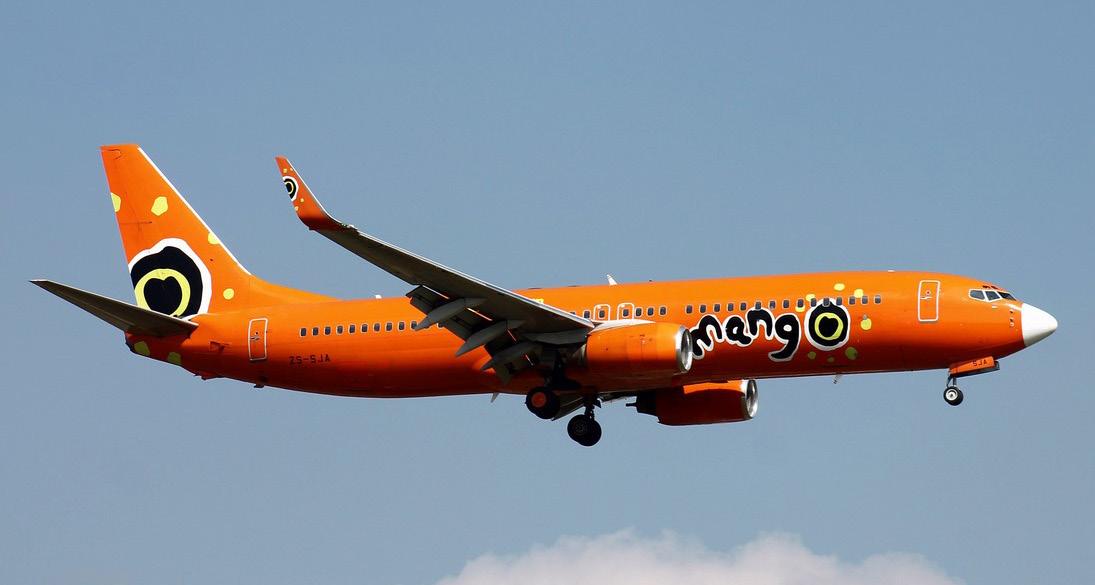
BELOW BOTTOM: ZS-BLV is a BN2A Islander exported to Mozambique. Photo Ray Watts.
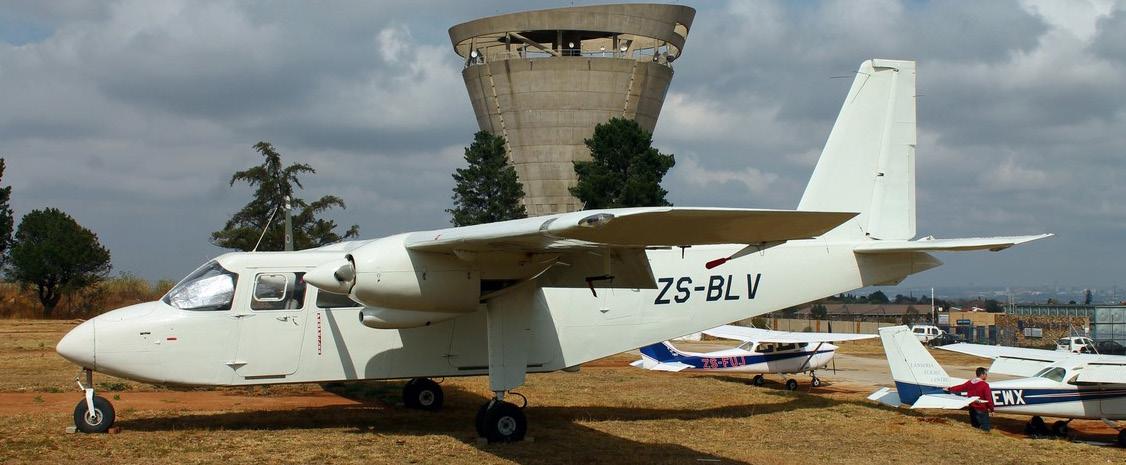
ABOVE: The end of an era - Safair's last L100 ZS-OPS L382G has been exported to the USA. Photo Ray Watts.


BELOW: An unlikely import - TF-MFC is now ZS-MFC.
BELOW BOTTOM: ZS-TBB in a Cessna Caravan C208B with an executive interior - now exported to Australia. Photo Ray Watts.
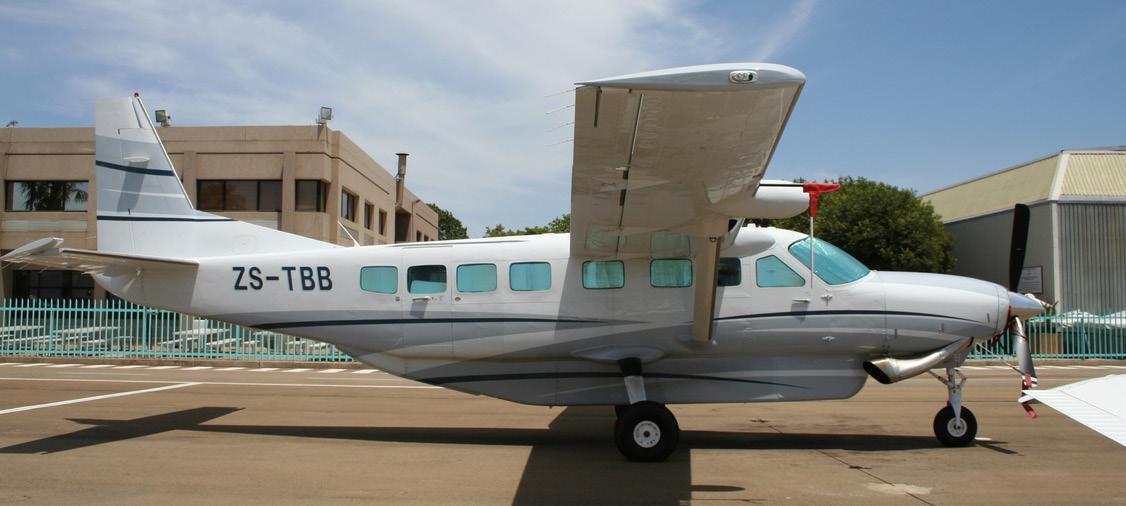
There’s also a very old DC9 ZS-TRJ (ex 1Time aircraft) that has been operating overseas for some time that has now been officially exported to Guernsey.

Safair’s L382G Hercules has been sold to Lynden Air Cargo in the USA as N411LC but is still standing outside Safair’s hangars at OR Tambo at the time of writing.
A Britten Norman Islander that has been operating in Mozambique for some time has finally been registered there and an old Grand
Central friend, Cherokee PA28-180, ZS-EBY has gone to Namibia.


A Jonker Brothers JS1C glider has been sold in the Czech Republic.
It’s the end of the year again and I must thank all the people who have helped me out over the past year with information and photographs. To all of you HAPPY CHRISTMAS and a very prosperous New Year. j
ONLY THREE TYPE CERTIFIED AIRCRAFT appear this time around. The Cirrus ZS-JBC takes up the registration once used by a Mooney which crashed at Rus de Winter on 20 September 1979. The registration was also allocated to another Cirrus serial number 0108 back in 2011 but this registration was cancelled soon after this as she remained in the USA as N797KA.

Another JS-MD 3 Rapture Glider has been imported from Germany this month. This makes three of these gliders that have been imported this year. It is notable that they bare being imported from Germany – yet they are made in Potchefstroom.
There are seven Non Type Certified aircraft registered which include the fourth ARLAC MK1 Mwari. There is also a mystery helicopter, ZU-RRA which is registered as a Blue Bir BB1 which I suspect may be a rebuilt Robinson. The balance of the registrations are a mix of
Cheetah, Jabiru, Sling, Savannah and Vans RV aircraft.
We continue to lose aircraft to the export market and December was no exception with nine TCA and three NTCA aircraft being deleted from the register.
One of the old Comair/British Airways Boeing 737-800s has gone to Bermuda.
The last Meyers 200D aircraft in South Africa has been exported to the USA. Although we didn’t see her around very often it’s a pity to lose this aircraft. Notably – it was the last flight test air to air shoot former SA Flyer editor John Miller did before he passed away.
Two North American aircraft, a T6 Harvard and a T28B Trojan have been exported to Kyrgyzstan – a most unusual destination for South African registered aircraft.
These are the last amendments for 2022 and as is usual the month of December has been very quiet when it comes to aircraft added to the register.
ABOVE: Harvard, ZS-WFD is one of a number of planes exported to Kyrgyzstan. Photo Rob Krummeck.
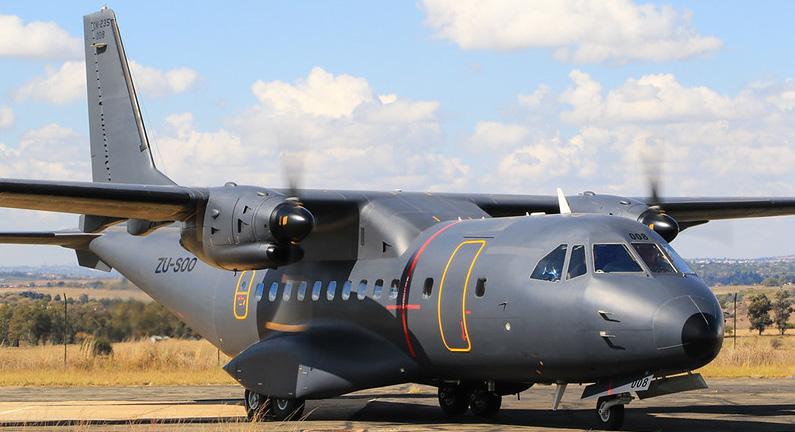
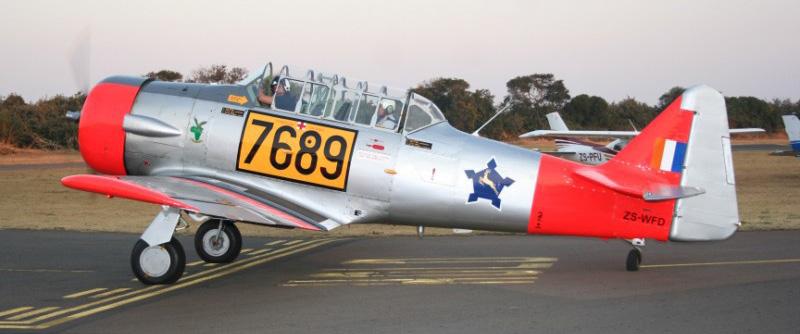
BELOW: ZS-ZWU B737-800 has been exported to Bermuda. Photo Ray Watts.
BELOW BOTTOM: An early CASA 235, ZU-SOO, CN235-010 has been exported to Mozambique. Photo Omer Mees.



ABOVE: ZS-PCM, is a Cessna 208B Caravan exported to the USA. Photo Ray Watts.

BELOW: ZS-TKZ, an Airbus Helicopters EC130T2 has been exported to Madagascar. Photo Ray Watts.

The balance of the exports has gone worldwide, with places like Czech Republic (a Jonker JS1/C), Algeria, Germany, Austria, Madagascar, New Zealand and Mozambique.
The CN 235-010 ZU-SOO is an interesting aircraft as it is a very early model Airbus CASA 235, being serial number 008 and is a 1987 model. She was part of the Botswana Air Force (OG-1) before being sold to Togo as 5V-MBM and then sold in the USA as N124CL and then N820CA. She was also operated for a short
while by the Madagascar Air Force and is now in Mozambique as FA801.
Tail piece: -
May I wish a prosperous New Year to all of you.

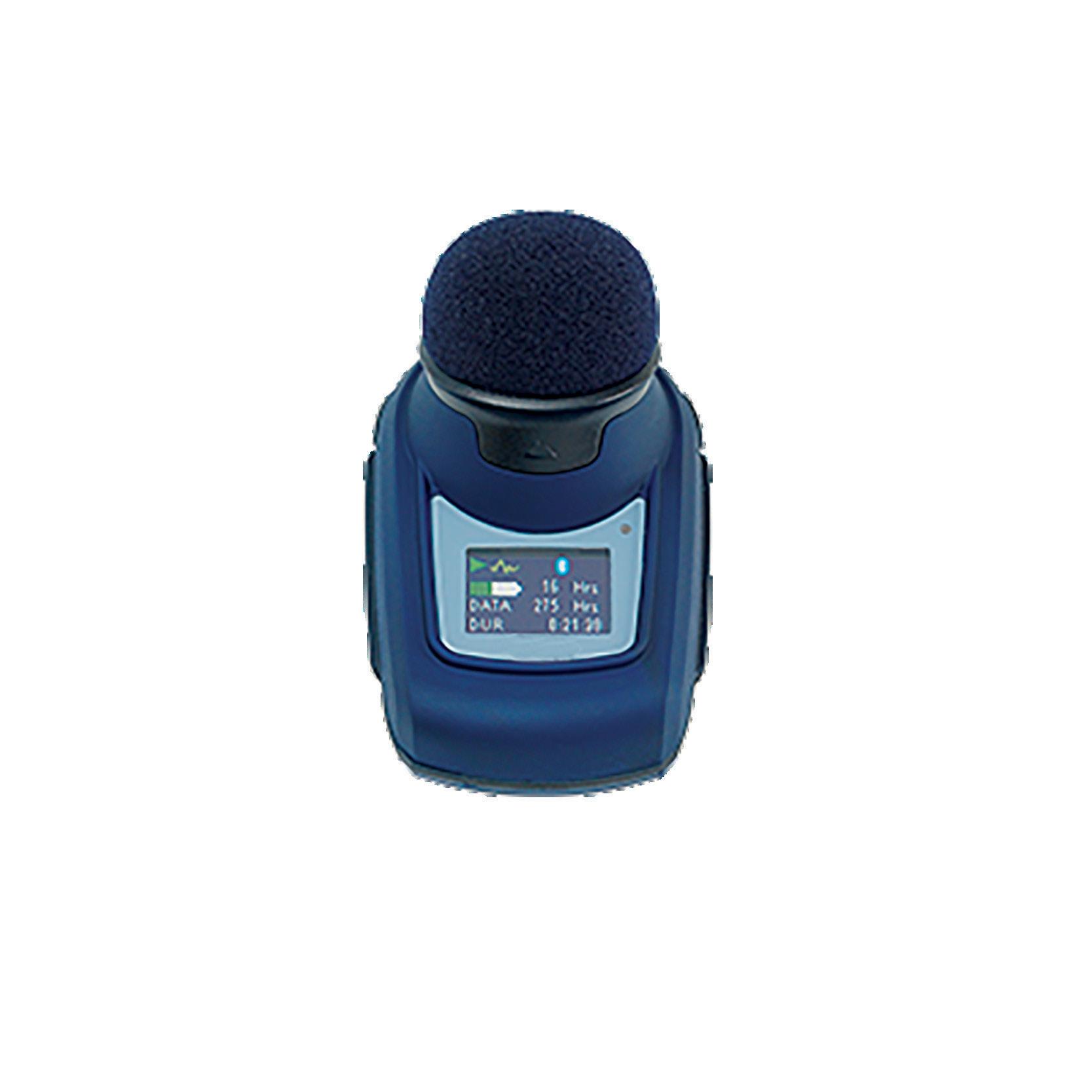











CAN I INTEREST YOU in some new independent research in physics proposing a new theory for how a wing generates lift? It is getting lots of attention. It offers significant economic/financial advantages to companies, as well as benefits for pilots.
I provide some details below:
Background: Albert Einstein tried and failed to explain lift and how airplanes fly in 1917. No one has solved the conundrum since. See the article: "No One Can Explain Why Planes Stay in the Air." 1 Feb 2020, Scientific American Magazine. www.scientificamerican.com/article/ no-one-can-explain-why-planes-stay-in-the-air/
Yet there is no attempt to solve or explain the unproven physics of lift. No conferences, no research papers, …. nothing. Engineers and physicists simply ignore it or claim that it is solved. Aeronautical engineers are taught that fluid mechanics (Navier-Stokes equations) explain lift, despite the lack of experimental proof and the problems with the NS equations.

Since 2014 I’ve worked on independent research in applied physics, which has been self-funded. The focus has been applying Newtonian mechanics to provide novel explanations for the physics of lift and other activities, such as swimming, sailing, and skydiving. The main paper is titled: “Newton explains lift. Buoyancy explains flight.” It is fairly radical by the standards of physics.
More precisely, I’ve written some pre-print research papers, which can be found online at www.researchgate.net . See also direct link: https://www.researchgate.net/profile/ Nicholas-Landell-Mills .
Since August 2019, online views and downloads of my papers have grown almost exponentially, doubling about every 9 months. Now at >100,000 views and >25,000 downloads. This is a lot for academic research papers from an unknown author. Apparently most PhD papers only get 20 views. See attached graph of the weekly online views. So there is interest in this research that I do.
The physics of lift is worth solving. It could save billions of $$$ in fuel from more efficient wing designs; and safety improvements by allowing pilots to become better aviators. These potential economic benefits far exceed anything that work in quantum and relativity physics has delivered in the last 80 years combined. For example CERN in Geneva cost billions to build in the 1950’s, but has delivered nothing of economic benefit. No new products have resulted from CERN’s work. Quantum computing remains a distant promise, as always.
Personal background: I’m 56 years old, British, living in France, and a graduate of Edinburgh University, UK (M.A. class 2:1 in economics). I had a private pilots (PPL) license for 20 years. I flew and maintained a homebuilt airplane. Before 2014, I worked in finance for 25 years.
Nick Landell-Mills j


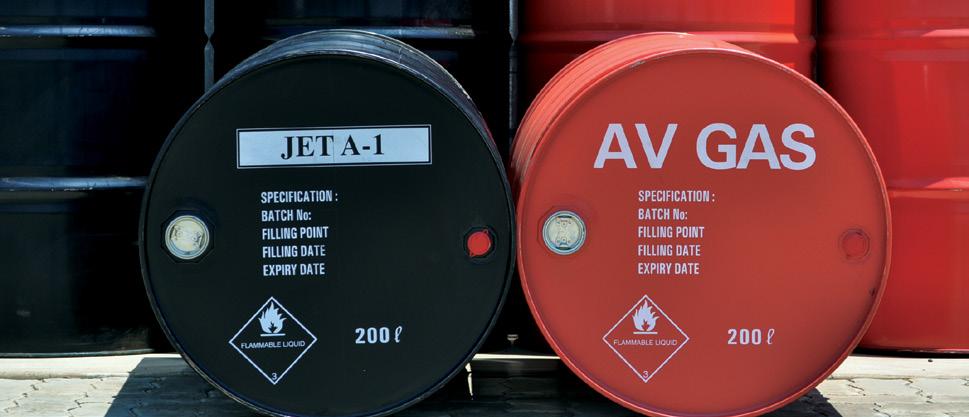

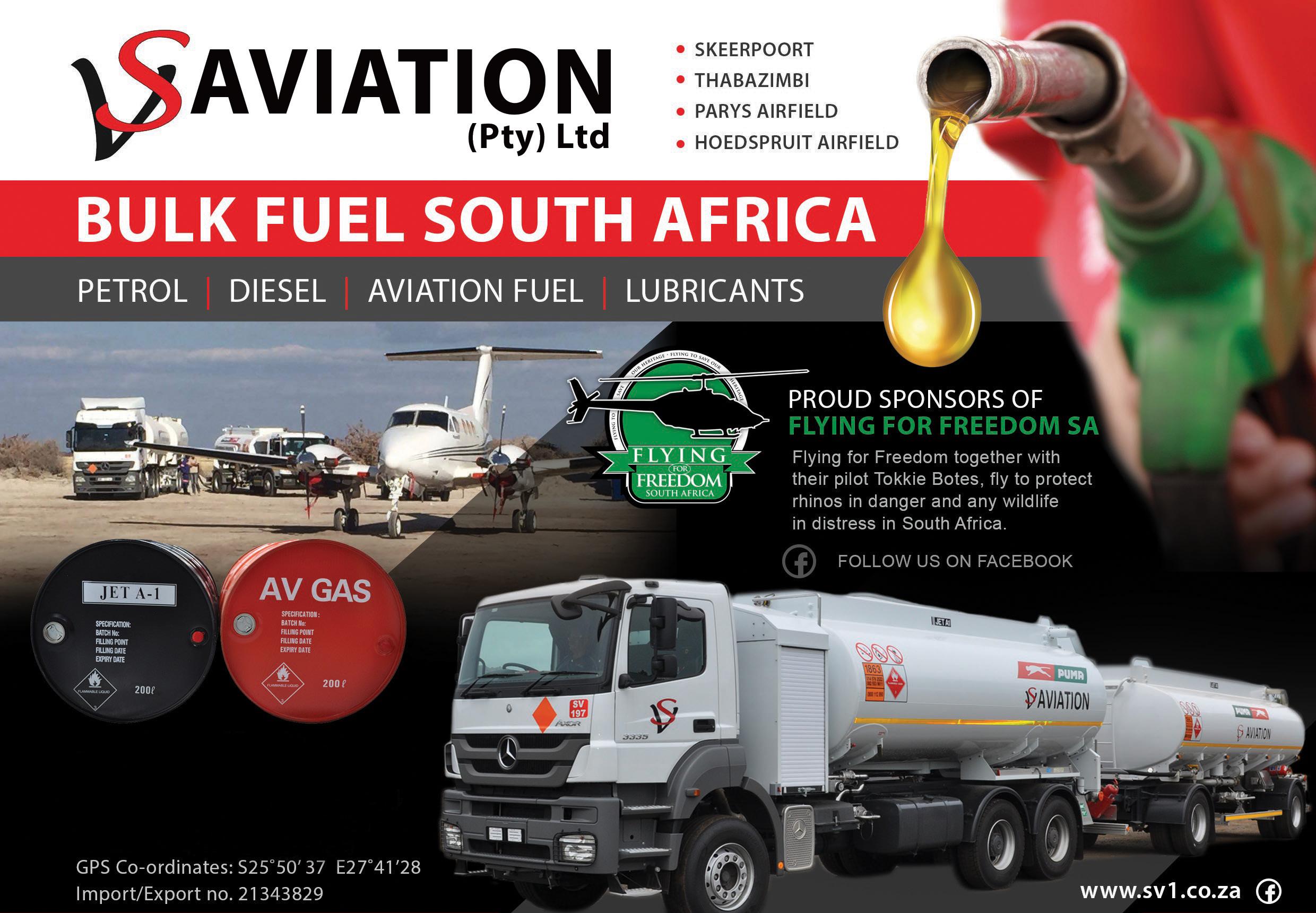
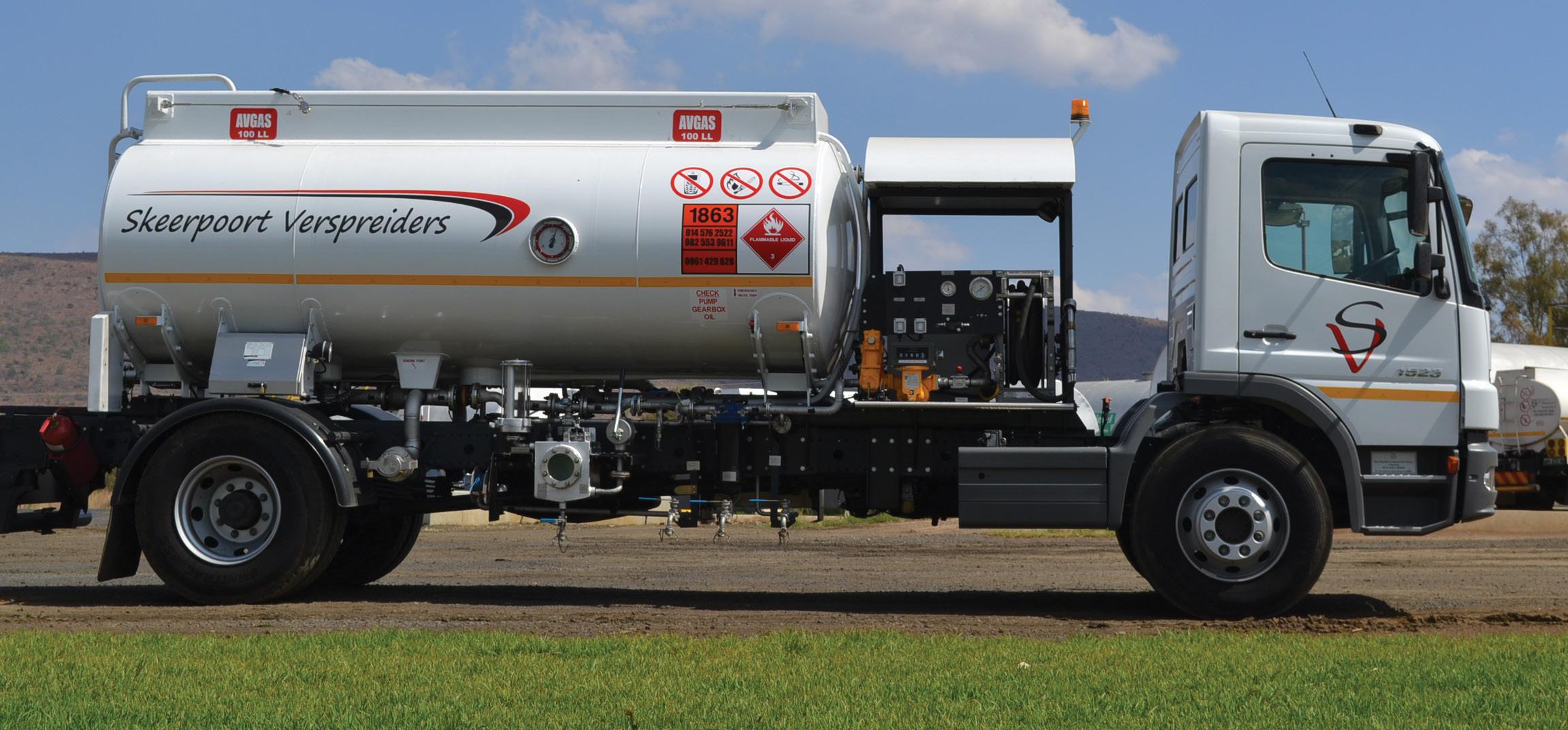

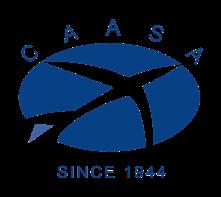

Knysna based helicopter pilot Duran de Villiers used his Airbus H120 helicopter and local area knowledge to pull off a remarkable rescue in the Plettenberg Bay mountains.

CYCLIST ALAN BRODERIC had been reported missing by his family after going for a cycle ride in the Knysna forests on Saturday 3 December.
The Broderick family was on holiday from Johannesburg and Alan’s wife Gail says, “We got in touch with SANParks on Saturday afternoon. An appeal for the public to join the search was issued by the family on Sunday.”
This was all the invitation local EC-120 helicopter and all-round bush and budding aerobatics pilot Duran de Villiers needed.
Duran explains, “I grew up in Knysna and ride a bike there often and so know the forests quite well.”
Duran used Alan Broderick’s last GPS location from the Sunday. He says, “Even though Alan had been missing since Saturday, I only heard about it on the Sunday morning. His daughter Laura got hold of me on WhatsApp and I asked her to send me all the information she has. She sent me his last GPS location just south of Deepwater. I did a bit of Google Earth map research and since I knew the forest fairly well, I realised that he had probably turned off on the ridge line that was one ridge further north than the one he had intended to.”
Using his knowledge of cycling in the area, Duran said that he thought about what Alan would have done if he had been on the southern ridge trail. It would have let him into the river and his only option would have been to carry on going down the river.

Duran continues, “The main search and rescue operation and had set up in the Diepvallei area, which made sense as you have to start searching somewhere.”
“On Sunday afternoon I was at my hangar at Reenendal which is only about 5-minute flight from Diepvallei. After having being contacted by Alan Broderick’s daughter Laura, I said to myself; let me just get airborne and see what I can. I fuelled up the helicopter and with the GPS pin of Alan's last known location, along with some math and what I thought a cyclist would do thinking they are on the Petrus se Brand route but are in fact riding a different ridgeline more north, which would seem to be nearly identical in direction, look and feel.
what I thought a cyclist would do
This is a big factor to why and how Alan got lost.
“The forest, and especially the canopy, is super thick, so I followed the route that I assumed he would have taken. When I came to the dead end that is the river, based on the knowledge that he was a cyclist trying to get to Plett, I followed the river south-east towards the coast. I flew about an hour and a half trying to find him, but unfortunately couldn't. It was getting dark by then and I just had not been able to see him. I had the sun setting in my eyes, was flying solo and with a dark and incredibly thick forest canopy making it near impossible to spot anyone. But I had a strong gut feeling that he was where I thought he was. It turns out that Alan actually had heard me on the Sunday afternoon as I flew overhead.”
“The plan was to get airborne again early Monday morning, with my good friend and fellow pilot John Grant Bozman who I would pick up at Plett Airport along with Marc Rodgers, both part of NSRI and search and rescue in and around Plett.

Around midday the weather cleared enough for me to leave the office and head up to the hangar. A quick flight to Plett to collect John and Marc, and we all agreed that the best flight route would be flying up the Bitou river to try and locate Alan, who by this time had spent three days and two nights in the cold, wet, incredibly thick forest floor, covered in leeches and ticks, arms and legs covered
in cuts and bruises, with hypothermia setting in and energy running dangerously low.
“The three of us decided to apply logic to analyse the river course and where Alan was trying to get to. We started at the southernmost part of the Bitou river. Within a minute of moving up the river we spotted him perched on a rock in the river. In a direct line he was about 10 km away from the search area.
“By this time he had already spent three full days and two nights in the forest – and the river. He had already covered about 6 to 7 km from where we
he had already spent three days and two nights
had lost track of him and he still had about 5.5 km to get to any road or track out.
It had been a good call by John, Marc and myself to head up the river to reverse search for him. It turns out he was pretty much on his last legs so it's doubtful he would have been able to make it out with what little energy he had left.
The challenge was that the forest was super-thick and the terrain very steep, so we couldn't get the chopper down to him. So I settled into a high out of ground effect hover so John could wave out the window to Alan to assure him that he had indeed been found – and that he should just stay put.
I hovered as low as I safely could to alert Alan that we had seen him. John was waving back at him to ensure he stayed right there and to be sure that he knows that we've seen him. I found a 'landing spot' just above the steep ravine, it was the only place I could manage to get the aircraft in, there were bushes and trees up to the windows
“We called in AMS who was on site within about an hour. With the GPS location pin we had shared with the AMS crew, they quickly located Alan and dropped down to hoist him to safety, as we flew overhead recording video and photos of the rescue.

“AMS flew Alan straight to the Knysna Provincial Hospital. I think that we were fortunate to find
him when we did. The next day I went back to the last known position where he had gone offroad, and tried to find his bicycle, but with no luck.
Overall, it was an emotional success for John, Marc and myself. A very blessed and humbling experience, working with incredible people, willing to give up their time and even their own safety for others.
We are super thrilled to have Alan back with his family ready for his next adventure (with GPS and Flare next time!)
I hovered as low as I safely could
Map explanation:
Duran writes, “I put together a basic map of area and events with Alan Broderick's route and location for those who are interested. This is not about taking credit for the rescue, it’s an informative insight to our story, there were many, many people involved with this search, and just
because we managed to find Alan, does in no way detract from anyone else’s time and effort. The blue line is a jeep track to a dead end. Red is where he got lost. Orange - Alan making his way downriver to the red X, where we found him. Green is the route he thought he was on. j
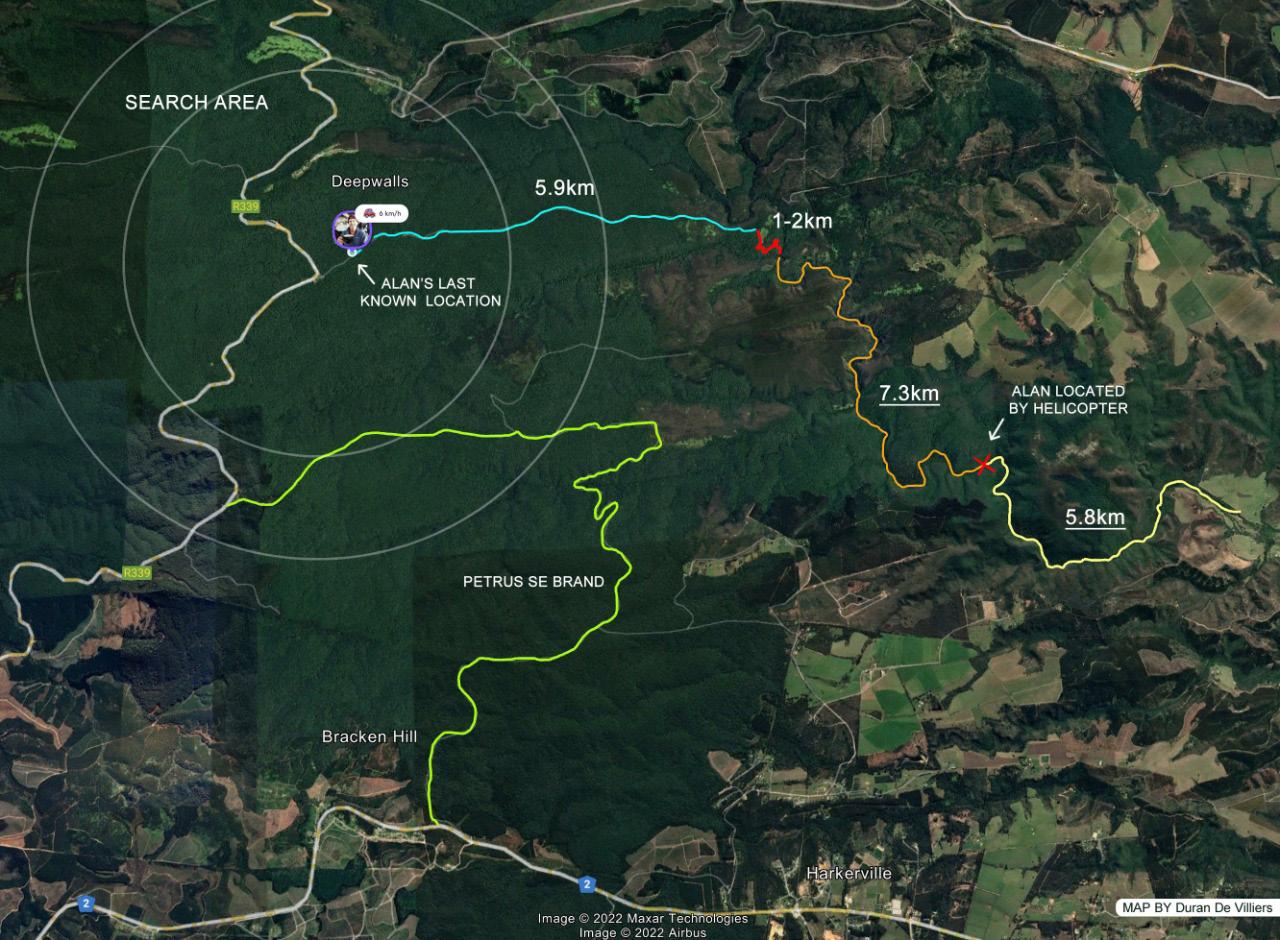
I LIVE IN PANAMA, South America and for more than 10 years was the owner of a charter company called Helix Craft. We flew airplanes and helicopters.
At the end of 2003 I received in my office the visit of a gentleman that was looking for a company which could provide him, and his company, the platform to do some filming in the Republic of Panama. He told me that they were doing a project related to an event that happened in the jungles of Ecuador by late 1950’s and the killing of American missionaries by the Indians.
He gave me all the details how this missionary had been killed and how his son had been “adopted” by the Indians. When I asked him if he knew about the fate of the child, he told me, “Sure…that child is me”. His name was Steve Saint!
I told him that I wanted to be part of this project. The name of the movie is “At the End of the Spear.”

https://en.wikipedia.org/wiki/End_of_the_Spear
Steve told me how his father had developed the method to lower the bucket from his plane that was flying in circles. We had to practice the manoeuvre because it was an important part of the film. Steve’s father used this technique to lower medicines, small tools, etc. to people on the ground. Steve did all the flying for the shooting of the film. He used a yellow Piper Cub which was sent to Panama via container. The movie was filmed in the Republic of Panama during the first months of 2004.
As additional reference I am the IAOPA (International Council of Aircraft Owners and Pilots Association) Vice President for South America.
It is a small world indeed!
Atentamente/ Sincerely Yours
Jaime I. Fabrega
Cel: +507-6781-0132
Email: jifabrega@cwpanama.net
Jim Davis replies:
Wow! Jaime it is indeed a small world.
Thank you so much for your letter and the very interesting photos. Those Saints were quite a family. Unfortunately, I seem to remember reading somewhere that Steve was disabled. Just googled him now and this is what I got:
June 2012 injury: On June 13, 2012, Saint was seriously injured by a falling piece of equipment while testing it. He was partially paralyzed from the neck down and was scheduled for surgery on June 20, 2012 to relieve pressure on his spine. By September 2012 his recovery was underway. A message on his Facebook page states that he was back to work, writing newsletters by May 2013. Strangely nothing after 2013.
All the best to you Jaime
Jim jTHE OPENING CEREMONY for the World Nav Rally Flying Championships got off to a soggy start on the 17th of November 2022.

Gauteng had experienced unseasonably heavy rain which left the province water-logged. Brits airfield (FABS), where the event was being held, was transformed into a soggy bog, limiting the international parade to a small area next to the clubhouse.
The countries were announced in alphabetical order. As the Austrian duo led out the procession, the wind desperately tried to wrest the national flag from pilot Walter Dworshak’s hands.
Leaden skies were the backdrop to the eleven teams that followed, South Africa bringing up the rear, the largest team of 18 competitors.
Unfortunately, Adrian Pilling, one of the top pilots, did not make the team since his license had expired during the qualifiers, and he was unable to get it validated in time. An oversight that found navigator Mary de Klerk having to lure Nigel Hopkins out of ‘retirement’ yet again.
As it transpired, South Africa was the only country representing Africa. A team from Namibia had entered but only the pilot emerged when the country was announced.
took off from Windhoek in their Jabiru J430 two days before, only to lose power ‘somewhere’ over the Namib desert.
After executing a safe emergency landing, they began the arduous task of finding the fault. Henk found dirt in the carburettor, cleaned it out as much as possible under the unsavoury circumstances, and the two intrepid travellers flew back to Windhoek where Henk left his navigator and the plane behind and boarded a commercial flight to Johannesburg.
Even though Henk was disappointed at not being able to compete, he was not one to be defeated, and in the true spirit of sportsmanship, not only showed up, but volunteered his assistance for the remainder of the competition.
Despite the ominous clouds, all four weather app’s on my phone promised reasonable weather for the start of the competition the next day, one of them even showing lots of yellow suns.
A huge amount of preparation had gone into bringing the event to this point (see article in the Dec/Jan edition), and all 68 competitors and 50 or so support crew had every appendage crossed for VFR weather conditions.

Due to the shortage of aeroplanes, each hired aircraft had to be flown twice, splitting the field in two, thus making it a very long day.
Monday dawned, revealing a carpet of white
in South Africa, teams must cover all their costs
clouds and a brisk easterly wind. No matter, it was the first flyable day in weeks, and no one was going to quibble about low clouds and strong winds.
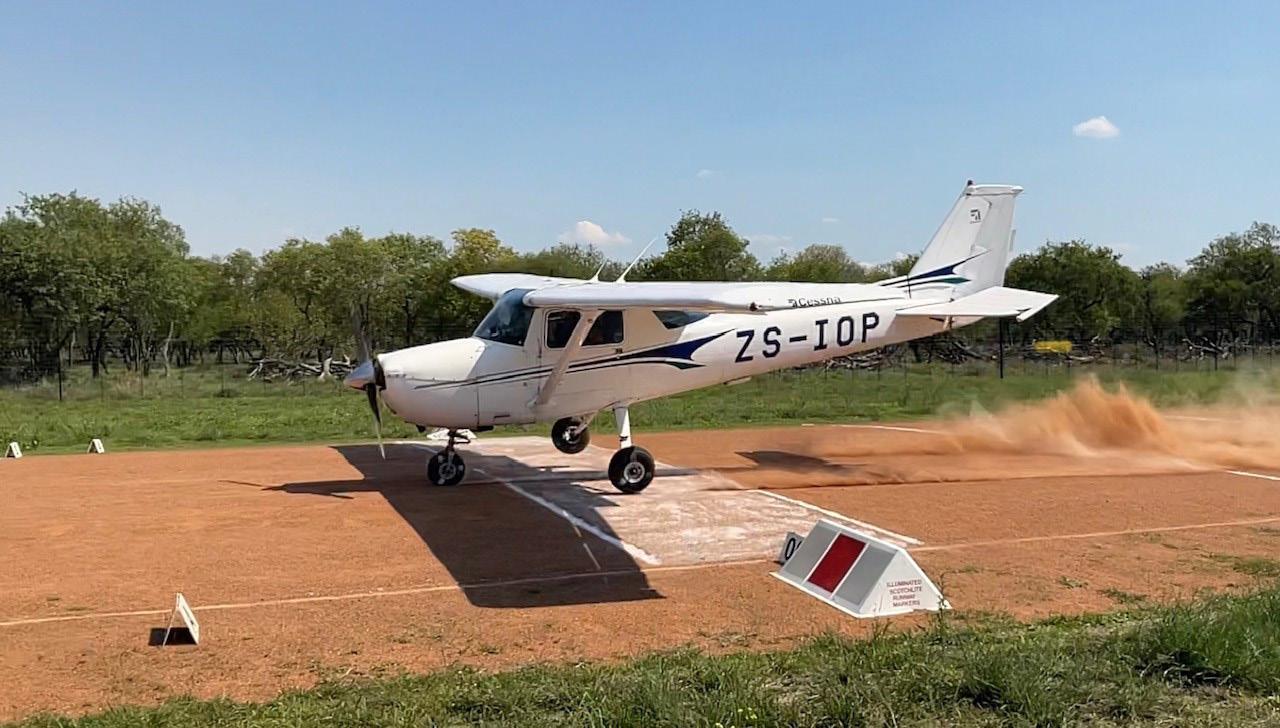
Four days were set aside for the competition, one of the four routes being a designated ‘bad weather’ route which was shorter and avoided
the mountainous areas. It was this route that was chosen for this day.
The briefing was split between Rob Jonkers who shared some local details, and German Ralf Grunwald, the chief judge who outlined the international rules.
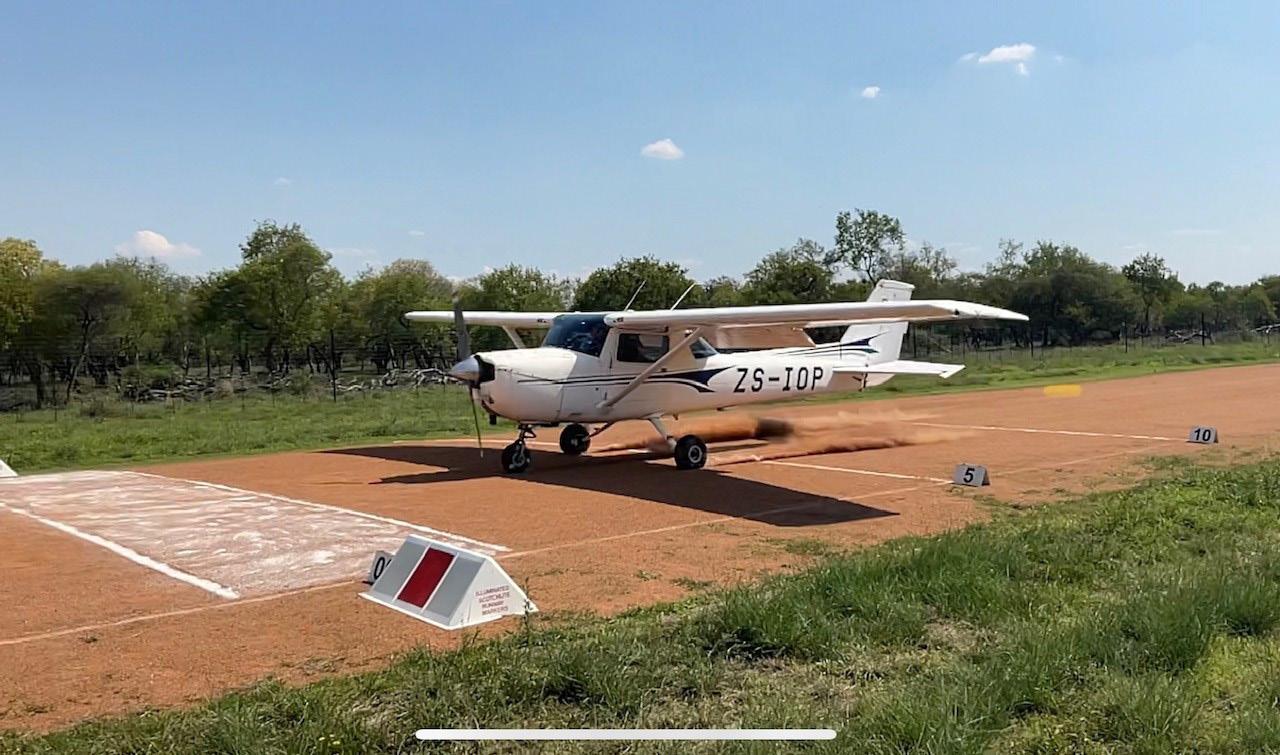
Many of the teams were professionals who literally had hundreds of hours of competition experience spanning many years and many countries. Some receive sponsorship and all their costs are covered, making it a very lucrative sport for them.
This unfortunately is not the case in South Africa, where teams must cover all their own costs, making an already expensive hobby even more prohibitive. Our country boasts some good teams who as it would transpire, held their own against the pros.
Nigel Hopkins, one of the favourites, was flying an Orion Cub ZU-IVS, a locally manufactured STOL aircraft. Their designated speed for the competition was 60 knots, 10 knots slower than the next slowest speed, which meant that Nigel and Mary were always the last team to depart each day.
Anyone who has ever flown during the peak of a summer’s day in Gauteng will tell you that it can be rougher than single-ply toilet paper. Fortunately, the Orion Cub could literally fly on the stall, making it ideally suited to the sport. The

only drawback was that Mary had to sit behind Nigel, with him obstructing her forward visibility. This seemed to be of little consequence as they forged ahead on day one, finishing in second place, sandwiched between two professional Polish teams, one of which was the reigning world champs pilot Michal Wieczorek and navigator Marcin Kwiatosz.
With improving weather and increasing temperatures, day two was a ‘good weather’ route. Nigel and Mary shaved a whopping 100 points off the previous day’s score, ending up with a respectable total score of 115, catapulting them into the lead ahead of second-placed Polish team Marek Kachaniak and Lukasz Pawlak. Michal Wieczorek and Marcin Kwiatosz dropped to third from the previous day’s first place.
The third day’s route saw the teams flying in virgin territory to the north of FABS. Frank Eckard, the route planner, threw in a curve ball in the form of an out-landing on a farm strip adjacent to Korkoriba, which would contribute to the final score for the day.
own your ‘kak’ landing and move onNigel and Mary’s perfect "bingo" landing.
For those unfamiliar with how spot-landings work, the goal is to set the aeroplane down on a designated point (in this case a painted area known as a “bingo box” on the runway), that has distance markers before and after it. Landing in the box is the goal, which earns no penalties.
The further you land outside the area, the more penalties you rack up, with landing before the box incurring the most.
Although this may sound easy, accuracy will depend on many factors such as the ambient air temperature, the surface of the runway, the wind speed and direction, the topography around the runway, the position of the plane’s wings i.e., a low wing has a much higher proclivity to float in ground effect, as well as how precisely the pilot maintains their approach airspeed.
Since the speed is controlled with the throttle, the unfortunate German team discovered that the diesel C172s they were allocated were poorly suited for spot landings, and the turbo lag saw them battle.
In my role as chief scrutineer, I was at each plane when it landed and overheard many of the discussions and comments between the pilot and navigator. This afforded me a pretty good idea of how each team fared.
On this day, Nigel and Mary were ebullient, a sign that they did well. On the contrary, many of the professional Polish teams seemed hot and bothered.
Should there be a dispute of any kind, the rule is that it had to be lodged with the chief judge within 30 minutes of handing in the papers. Once the dispute is lodged, it is deliberated by the panel of jury and judges before a final ruling is made.
Since the teams are in quarantine until after they’ve handed in their papers, nothing is ever discussed amongst the competitors. We knew that something was up when we were notified that the results would be delayed.
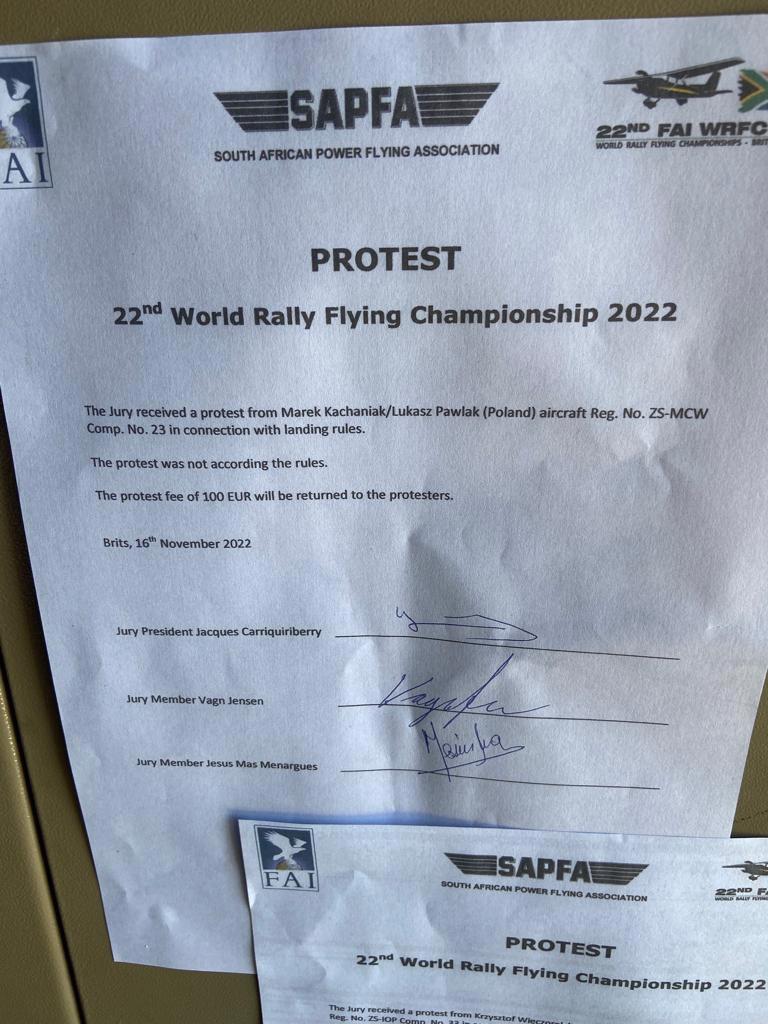
Most disputes are generally about the position of turn points and/or photographs, and it was assumed that this was the case. However, it turned out to be a controversial dispute over the out-landing which was lodged by Polish teams Krzysztof and Kamil Wieczorek and Marek Kachaniak /Lukasz Pawlak.
Dinner time came and went and still no results were forthcoming. The results were finally released the following morning to a shocked audience. The previous day’s landing scores had been removed!
To say the Poles stuffed up their landing would be an understatement. Krzysztof had landed well before the box and had managed to bounce clear out. They racked up 300 and 200 points respectively, the highest of the day. To put that in perspective, two-thirds of the field scored under 100, and half of those scored 10 or less.
Nigel and Mary scored zero and ironically one of the Polish teams who thus far had not featured had also managed to score zero, thus proving that it was not impossible.
Knowing that they only had a 30-minute window, the Poles argued that the runway was unsafe and that the trees were too close. This was just a tactic to get a foot in the door in the hope that they can shove the rest of their unethical bodies through. The eventual deliberation came down to the fact that the box that had been painted was only 10 metres in width, whereas the rules and regulations had stipulated that it should be 12 metres.
This is a gravel strip that had been touched up in the days leading up to the event - it had literally rained every day for two weeks prior to this.
The person who painted it used the edges of the runway as a guideline. There is in fact plenty of unobstructed space on either side of the runway to have painted a 20-meter-wide box. Furthermore, there are no trees anywhere near the runway. It is neatly fenced in to prevent people and wild animals from accessing it. And just to be clear; they were flying a C150 and C172 respectively, not exactly planes with excessively long wingspans.


With modern technology and programs like Google Earth, it’s easy enough to check things remotely and the Poles had found a chink in the armour. Despite all logical arguments in defence of the landing strip being safe, and the fact that the width of the landing zone was noted as 12m in the rules, the jury voted in favour of the rule. It was a massive blow to the morale of the competitors and broke Frank’s heart.
With the landings removed and the scores recomputed, the bad losers landed up in second and sixth place respectively, with Nigel and Mary dropping into seventh place.
Day Four had the teams flying west in the Rustenburg area, where they did touch-andgo’s at FARG and crossed over the mountains into the Magalies valley. The flight ended with a home landing at Brits.
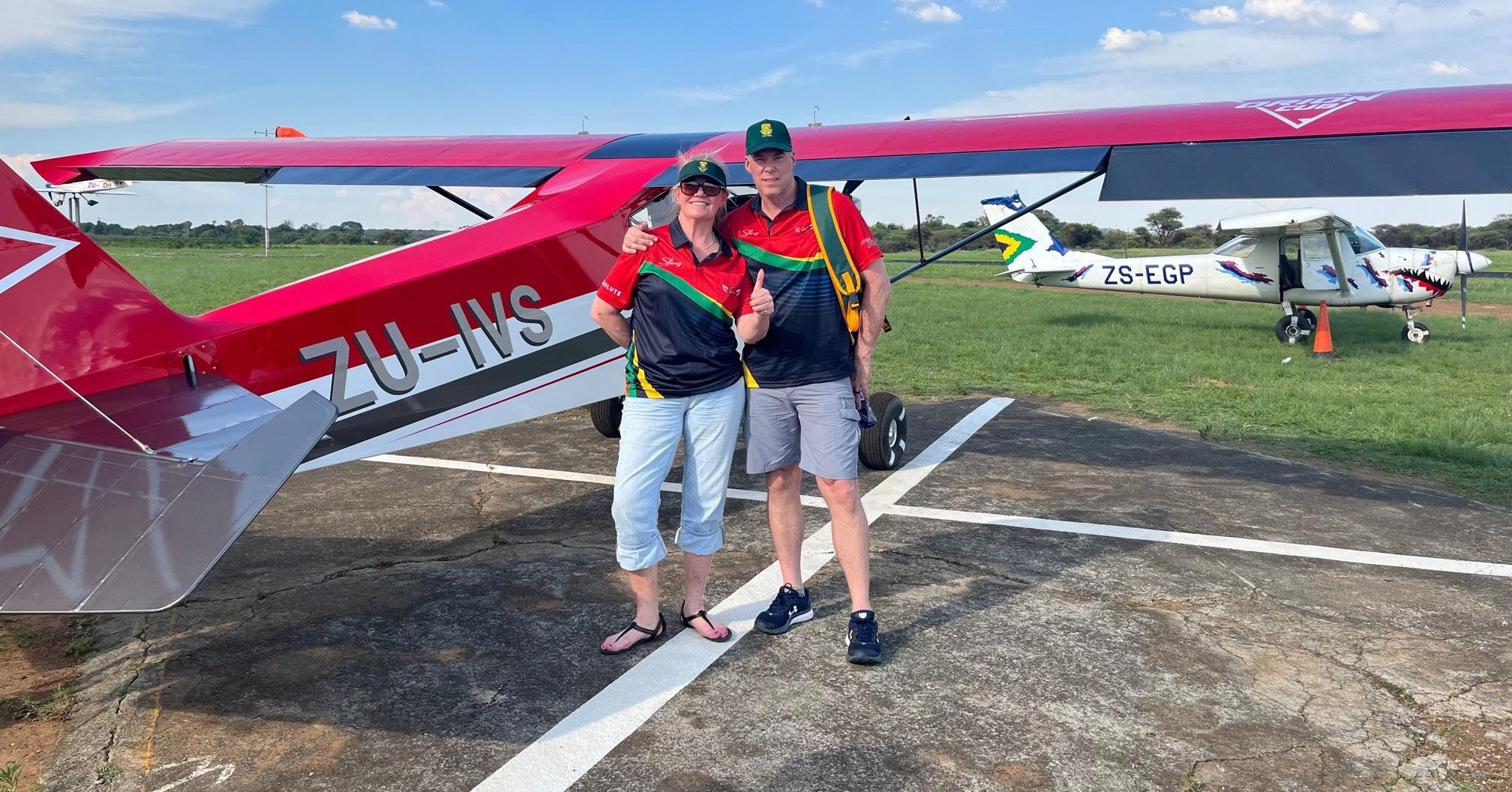
With their confidence boosted after winning their contentious dispute, Krzysztof and Kamil Wieczorek took first place. The overall winners were Krzysztof and Kamil Wieczorek, with Michal Wieczorek and Marcin Kwiatosz in second place and Nigel Hopkins and Mary de Klerk in third. Sadly, had the landings from the third day been kept in, they would have come first.
My husband and I remain divided on this topic. He understands that to retain professional status, sportspeople resort to whatever tactic is needed to retain sponsorship. I however am not as magnanimous; I’m of the opinion that the spirit of sportsmanship means letting the best person win on merit.
Nobody likes to lose, but in this case, own your ‘kak’ landing and move on. In my opinion ‘winning’ due to a technicality is a hollow victory.
On the final evening at the closing ceremony, which was held at Fatherland in Brits, as the
‘winning’ team collected their Overall and (wait for it) Best Landing trophies, I wondered if there was a thread of decency somewhere inside of them.
Would they feel shame each time they looked at the trophies? Or is the cognitive dissonance too great to acknowledge that they did not earn the trophies fairly?
This competition served as a stark reminder of how professional competitors and amateur organizations are literally and figuratively poles apart. Part of the solution to bridging this gap is to ensure that some of the judges and jury are pilots themselves. In my opinion, judging should remain fluid and should not only be dictated by written rules, but by the actual circumstances. Had I been a judge, I would have insisted on flying to that strip and landing there (which incidentally I did when I decided to write this piece).
An additional metre on either side of the runway would not have made any difference to the actual landing and would not have made it any safer. The take-home message is that we should have fewer written rules and rather use more common sense…. which as it transpires, is not as common as one would think.
PIET VAN BLERK OWNED CDC, one of the most successful agencies in the world for Cirrus.
The accusations of malfeasance began in late 2019. The wheels of justice have now produced a judgement that places Piet van Blerk in the middle of a transaction where R13 million of aircraft finance has disappeared.
In late January a judgment was handed down in the South Gauteng High Court in favour of the Hellmann family, who had bought the new Cirrus SR22, ZS-TTD and paid for it in cash. The judgement notes that van Blerk then financed the aircraft and held onto the Hellmann cash. This now seems to be just the tip of the iceberg. There is reason to believe that there have been a number of other crooked deals – amounting to around R50 million.
The Hellmann judgement was however only about the legal ownership of the aircraft, which
has been caught up in the CDC liquidation process. The plane has been sitting in a hangar covered in cobwebs from being grounded for the past two years. Its rightful owner, 86-yearold Denise Hellmann has been unable to fly it and so this almost brand-new plane has been languishing on flat tyres – with a flat battery.
Despite the finding of R13 million malfeasance, Piet van Blerk remains a free man, and there are no apparent plans to prosecute him.
With over 115 new Cirrus planes already delivered in Southern Africa, a new company was founded in 2020 to take over the Cirrus agency in South Africa. Under the leadership of well-known Cirrus Vision Jet owner and pilot Tony Forbes, the new business is a clean-sheet fresh start for the Cirrus brand.

jFormer Cirrus SA agent CEO, the affable Piet van Blerk
The long-time head of the Cirrus agency in South Africa, Piet van Blerk, became scarce three years ago when accusations of crooked deals began circulating the small world of aviation sales. It now turns out that R50 million has been misappropriated.





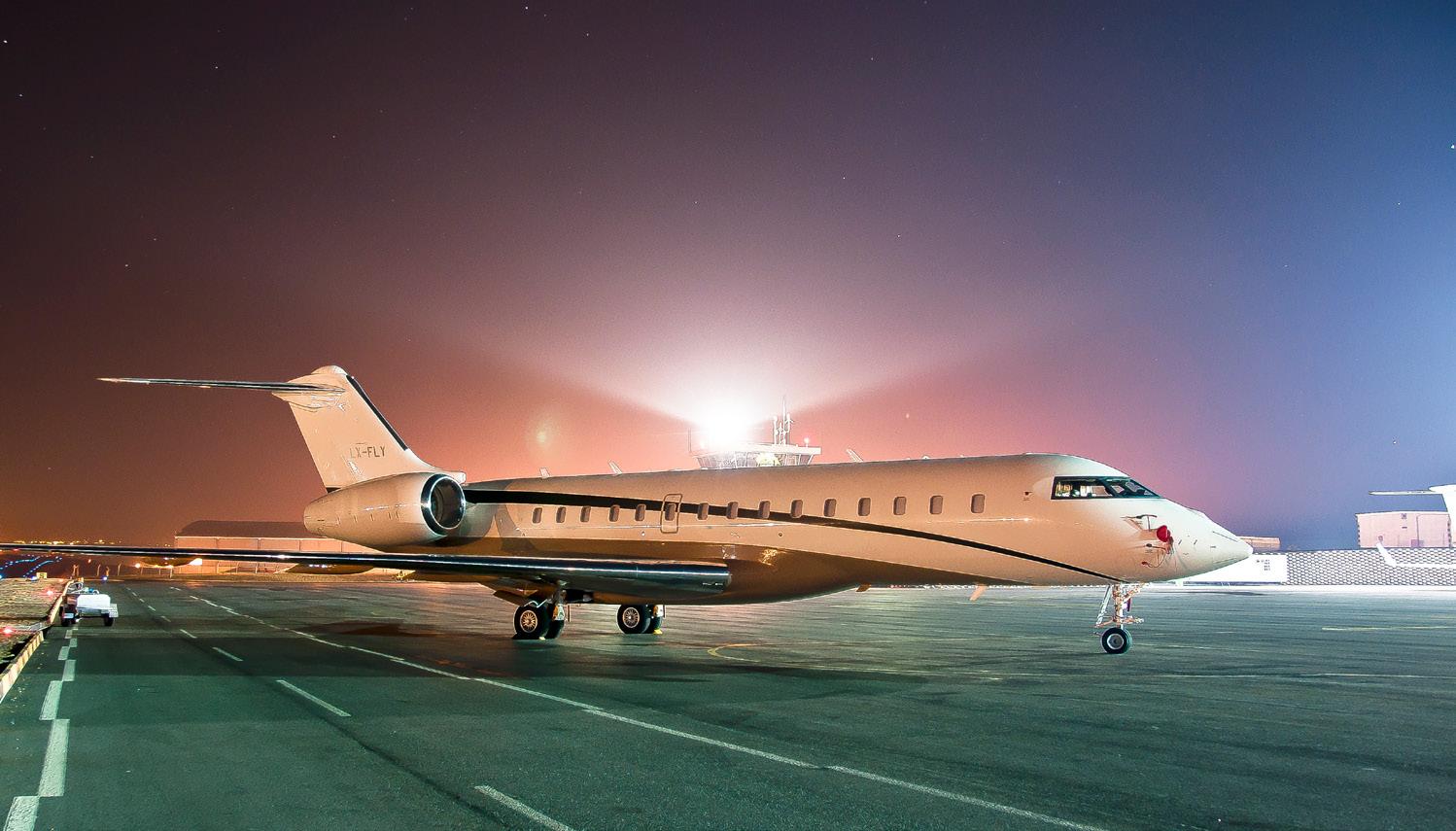


As the Covid pandemic and lockdown becomes a receding nightmare, Lanseria International Airport is recovering steadily, partly thanks to its resilience from having a diversified revenue stream.
the key industrial node of north west Gauteng, Lanseria Airport was heavily impacted by the Covid pandemic. Lanseria CEO, Mr Rampa Rammopo says that while the aviation industry was hit hard, and Lanseria particularly so, by the Covid lockdown and restrictions on flying, the airport was able to implement comprehensive systems and procedures to ensure the health and safety of all its passengers.
The biggest impact has come from the decimation of the domestic airlines which favoured Lanseria as an alternative to OR Tambo International on the East Rand. In 2019, before Covid, Lanseria effectively handled three airlines –FlySafair, Mango and kulula.com.
With the closure of Comair, kulula operations ceased and Mango was forced into business rescue. This leaves just FlySafair which is fast filling the space left by the two departed airlines. Unfortunately, as there is now only one Part 121 scheduled carrier using Lanseria, the airline passenger numbers are still well below 33% of pre – Covid levels.
As at the end of January 2023, FlySafair was back to 126 movements to and from Lanseria and has now based its first aircraft there so far for this year – for early departures and late arrivals. FlySafair Head of Marketing Kirby Gordon explains that the airline is finding steady demand returning for its key Lanseria to Cape Town and Durban routes. As the fleet grows with recent deliveries and more aircraft become available, it will also reopen its George pairing, but he explains that there is no firm date for that route reopening.
Gordon explains that Lanseria is key to FlySafair’s return to pre2019 operational levels. As a low cost carrier, they have traditionally focussed on the secondary airports.
Overall, Gordon rates Lanseria highly in terms of customer satisfaction. He says that the airline is happy with its Lanseria operations and finds the airport management accommodating. He is particularly complimentary about the airport’s ground handling as it provides this key service itself – rather than outsourcing it to a contractor.
Lanseria is key to FlySafair’s return
Lanseria went through a phase of rapid expansion of its facilities before Covid. Noteworthy is the multi-storey 1,000 bay parkade which is classed as a mini-hub within the airport. In addition to offering more secure covered parking, the parkade also hosts a retail area that includes a bank, car-rental facilities and restaurants. “We are proud that the parkade serves a multifunctional purpose and increases ease of access to the airport and its offerings,” Rammopo says.
The expansion of the terminal building with a new pier increased the passenger handling capacity from 3 million to 4.5 million per annum. Another major recent development was the opening of the new control tower and fire station on the south side of the airport. “All of these investments have positioned Lanseria well for a full post-Covid recovery in both GA and airline ops.” Rammopo says.
Rammopo says that as Lanseria is privatelyowned, it offers a flexible business model, which allows for smaller and lesser-known operators to function successfully while remaining competitive.
The Lanseria Operator’s Safety and Security Forum is a meeting scheduled every month to allow the users and stakeholders of Lanseria to freely articulate their needs and to keep them updated on developments. At first this committee tended to be dominated by personal agendas, but increasingly it is seen as a valuable feedback tool by both management and tenants. It also helps that guest speakers with specialist knowledge are brought in.
This Forum includes the SA Police Security teams and customs and immigration officials, and even the volunteers who look after the airport’s feral cats. The Forum covers everything from aircraft incidents to the airport’s recycling initiatives. The committee even intervenes with other authorities such as the roads department when the street lights on the main Malibongwe feeder road need replacing.
The noteworthy boast of Lanseria Airport is the high level of satisfaction of its tenants.
Another bone of contention has been airside access for cars. A concerted effort was made to reduce the number of airside vehicles as they

pose a risk to aircraft operations. Rammopo says that this has been welcomed by tenants, especially as the airport has tried hard to cater for irregular visitors such as charter passengers.

Access control remains another challenge. There are plans to introduce a biometric control to replace the current inefficient permit system – this has already been budgeted for, and is still hoped for completion by the end of March 2023.
A key development in access control has been the much anticipated introduction of motorised airgates to separate the airside from the landside. Although they have now been installed and have become operational, the engineering requirements have proven a huge challenge. Mike Gough, CEO of Skyhawk Flight School, points out that just for his flight school with its 17 aircraft, the very wide and heavy gates would have to open and close at least 50 times per day. For this reason, the gates are kept open during the day to accommodate these busy operations. This has been done in accordance
with the airports standard operating procedures’, taking into account the tenant requirements. Fortunately, as a key facility, Lanseria Airport does not suffer from Eskom load shedding.
Regarding General Aviation, Rammopo says; “We have taken a strategic decision to continue to support general aviation going forward. We will continue to cater for GA through infrastructure and stakeholder relations.”
The squeeze on GA is an unavoidable consequence of growth. However, Rammopo points out that the lighter side of GA is not discriminated against and is far from discouraged. He says that flight schools have enjoyed discounted charges from the airport’s inception. “The airport looks after the bottom end of aviation because this is the breeding ground for top end aviation.”
To facilitate GA operations the airport created an Air Operations Centre (AOC) which is a onestop point of call for all GA movements. The AOC is there to help pilots arrange requirements such as apron parking bays, fuel and baggage handling. It has also purchased a modern ATIS system and will provide a central information clearing service, ranging from airspace information to the condition of runways. The new centre is managed by the friendly and knowledgeable Mike Christoff and is staffed by appropriately qualified personnel.
Despite the still recovering level of activity and in particular, airline flight movements, it is reported that a constraint to further growth is air traffic control limitations, which limits the maximum circuit capacity to just two aircraft. This is a constraint on the growth of training operations for the four flight schools at the airport. Rammopo says that airport management is working with ATNS to increase ATC capacity and skills.

A key consideration is that as the airport has grown and handled more international movements, so its security standards have had to be raised.
The core of the problem is that security requirements for an international airport make access difficult for General Aviation users. The challenge faced by management has been to find the balance between tight security measures and user-friendliness and convenience.
One of the on-going bones of contention has been the ever more onerous security arrangements. Most often the security standards are imposed by external authorities, thus the current security arrangements come from the NIDS – the National Inter Departmental Structure – which, in 2000, set standards for International Airports and cut down the number of ports of entry. Later these standards were adopted by the NASP – the National Aviation Safety Plan.
Passenger traffic numbers peaked in September and October 2019. Rammopo says, “We enjoyed double-digit annual growth in passenger numbers from 2014 to 2019. Our goal was to increase the airport’s traffic to 4.5-million passengers a year by the end of 2024, with an ultimate target of six million passengers by the end of 2028.” This ambitious goal has of course suffered a major setback, but he is confident that, “sooner rather than later these ambitious figures will be achieved.”
A long shot hoped for by Rammopo is the possibility that the Gautrain will be expanded from its primarily north-south connections between Johannesburg and Pretoria to reach out westwards to Lanseria. This will hopefully create an increase in property development, with a ripple effect to the benefit of the local workforce and travellers,” he adds.
Rammopo believes that the Gautrain expansion would be a notable “game changer” for the area. “We have always been involved in developing the area and communities around the airport, and have invested heavily in corporate social
investment projects – the Gautrain can only bolster these efforts.”
Rammopo says further upgrades within the next few years, once post-Covid trading conditions permit, include the development of a new fuel depot and the construction of a dedicated cargo facility. These should take about 18 months, with completion scheduled for the second half of 2024. “The environment-impact assessment for the plans for the depot has been completed, so construction can start as soon as possible,” Rammopo said.
There are also planned upgrades to the taxiways and the construction of an upmarket three- to four-star hotel – which will be built adjacent to the new parkade and offer about 100 rooms for travellers.

In 1972 two far sighted entrepreneurs, Fanie Haacke and Abe Sher saw the need for a new airport north west of Johannesburg. They identified the Lanseria site due to its location in relation to residential areas, suitability for long runways with good approaches, and weather. They persuaded the Krugersdorp and Roodepoort Municipalities, as well as the Transvaal Peri-Urban Board, to buy the land and then let the newly formed Lanseria Management Company use it on a 99-year lease.
THINGS MOVED FAST. Lanseria Airport was opened by the then Minister of Transport, Hannes Rall in April 1974.
On 16 August 1974 a Learjet, ZS-MTD, became the first jet to land at Lanseria. The next year Lanseria hosted the Air Africa International Airshow, which has in turn grown to become AAD, the African Aerospace and Defence expo. The State President’s Air Race was hosted by the airport for a number of years.
In 1990, Lanseria's then co-owners, the Roodepoort and Krugersdorp Municipalities and the Transvaal Administrator, announced that the airport was to be sold. Tenders for the ownership and management of the airport were issued and the tender was awarded to a consortium of
private investors in 1991.
By 1999 the continued growth in the number of operators, passengers and freight volume utilising Lanseria put heavy pressures on the existing infrastructure. An expansion programme was needed and in 2002 the original ‘corrugated iron’ terminal building was replaced by a much larger and more modern structure that included increased capacity for international passengers, many of whom use Lanseria as a departure point for neighbouring countries like Mozambique, Zimbabwe, Botswana, Swaziland and Angola. The new terminal boasted a dutyfree shop, additional restaurant and coffee shops, and a dedicated observation deck for visitors.
Lanseria hosts world class operations, such as Skyhawk Flight School which has partnered with the Sakhikamva Foundation to spread the love of flying.
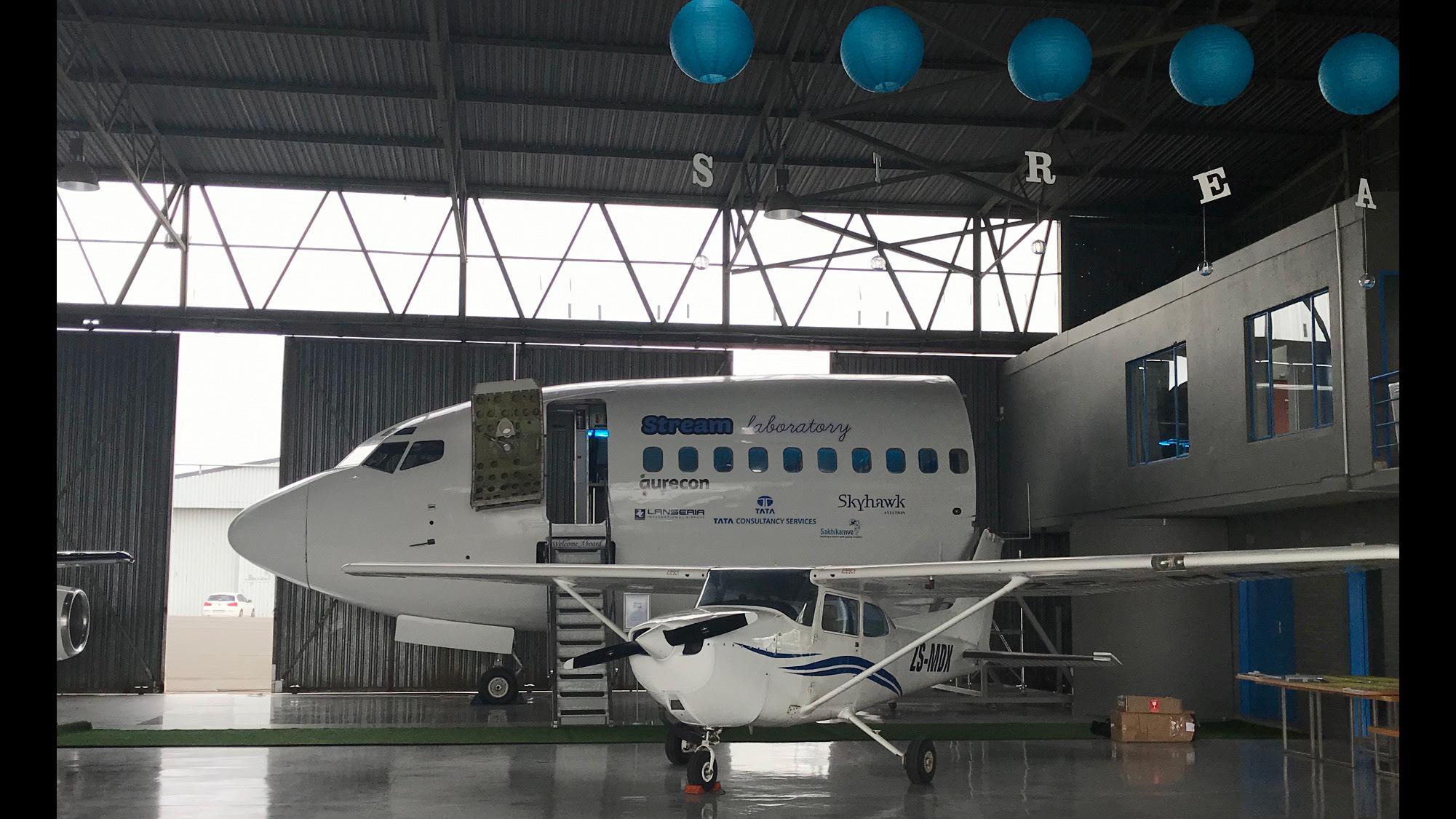
In 2010, the domestic departure area was revamped and enlarged to accommodate the overwhelming demand for scheduled flights to and from Durban and Cape Town.
A key facility at Lanseria has been its permanent customs and immigration facility. All South African port of entry airports had their international status reviewed in February 2001. The eight ACSA operated airports and the privately owned Lanseria and Kruger Mpumalanga International Airport were the only airports to retain their international status.
of a new runway an attractive option.
Because the airport could not close the original 06L- 24R runway to upgrade it, a new 45-metrewide runway was built between the existing runways. Due to space restrictions, it could however, not be longer than the current 2918m of the existing 06L/24R.
The new runway was a major step forward in that it has a better ILS (without the scalloping of the original one) and improved integration into Johannesburg airspace. When it was completed the two existing runways were closed. Later the control tower and fire station were moved to the south side.
The big infrastructure change was to the runway. The original runways were built to a 30-metre width in terms of ICAO Annex 14. However, this is a bit tight for Boeing 737-800 operations, for which a 45m wide runway is preferred. The original runway was also getting old and the cost of on-going maintenance made the capital cost
The change to a single runway did not have a significant impact on General Aviation. Other large airports, such as Cape Town International, are successfully able to mix light GA operations with airline operations.
Until 1991, the airport was a permanent base for 4 Squadron of the South African Air Force.
During the border wars many aircraft and pilots departed Lanseria for the front line and the airport still plays occasional host to military aircraft. Notable users are the USAF which operates Boeing C-17s and 757s into the airport in support of its diplomatic missions.
The nineties were noted for their steady growth with increasing visits by large aircraft, ranging from Boeing 727s to Russian built cargo aircraft like the Ilyushin Il-76.
The SAAF based a number of museum aircraft at Lanseria and their premises was used as a maintenance and restoration workshop for a number of years. General Jan Smuts' personal Lockheed was displayed in front of the original terminal building until removed to Air force Base Zwartkop.

second airport serving airline routes between Gauteng and the Cape. This expansion was a consequence of Comair's efforts to provide a viable alternative airport for people living on the west Rand and for those frustrated passengers who found OR Tambo Airport too big, expensive and impersonal. Other airlines joined the Lanseria passenger gates. Notable were 1Time and more recently; Mango and FlySafair.
In 2010 the airport building was enlarged further with the addition of boarding gates, an expanded passenger drop-off area and other improvements.
The Modern Airport
Lanseria grew to become Johannesburg's
The 2010 improvements laid the groundwork for a significant step-up in response to increased airline activity. This was motivated in part by the nation's hosting of the 2010 FIFA World Cup. This event saw the dramatic arrival of many business jets from around the world. Lanseria Airport visitors were greeted with the rare sight of Gulfstreams, Global Expresses and many other types of jet aircraft parked on the airport's grass areas.
In July 2013 Lanseria was acquired by a group of private investors, namely: the Pan African Infrastructure Development Fund (PAIDF) , managed by fund manager Harith, a Black Economic Empowerment consortium led by Nozala, and the Government Employee Pension Fund (GEPF), through the Public Investment Corporation.
As Lanseria is considered a key hub, there are property development plans that embrace a 30 kilometre circle around the airport. The PAIDF has said it is looking to the potential of developments like the Lanseria Corporate Estate that is located close to the threshold of Runway 07.
The private sector has recognised the key role of the airport and evidence is to be seen in the massive new developments around the airport, including the vast Cradle One complex and exclusive housing estates such as Monaghan Farm and Blair Athol.
A key factor in future growth plans is that Johannesburg City and Gauteng and National government have planned the airport precinct as an industrial node. The airport is now running with its vision with what has come to be called ‘Lanseria Smart City’. The support of local government for the Lanseria Smart City can be seen in the upgrade to the roads servicing the airport. The first phase of the feasibility study has been completed and plans are underway to kick-start the project.
Given the impact of the Covid ‘black-swan’ event, Rampa Rammopo is unsurprisingly coy about how fast he expects the airport to grow in the immediate future, but when pressed, he admitted that they are planning for a return to pre-Covid levels by the end of 2024. j
AERONAV ACADEMY is committed to providing top-level flight training utilising the most modern equipment available. This not only gives our clients an enjoyable training experience but also provides Aeronav the ability to conduct flight training in a manner that ensures that student pilots will be ready and well equipped to enter the aviation industry of the future.
Aeronav Academy is proud to offer a dynamic fleet of aircraft, including Diamond DA20s, Cessna 182s and the Diamond DA42 Twinstar Multi-engine trainer. The Academy’s latest acquisition is the impressive Alsim ALX-65 flight simulator. The amazingly realistic graphics feel
of the controls and response make training in this flight simulator a truly first class experience.
The school is based at Lanseria Airport. A controlled airspace provides students with an excellent grounding in procedures and gives them the experience needed to cope with operating in a busy airline orientated environment.
Tel No: + 27 11 701 3862
Email: info@aeronav.co.za
Website: www.aeronav.co.za j
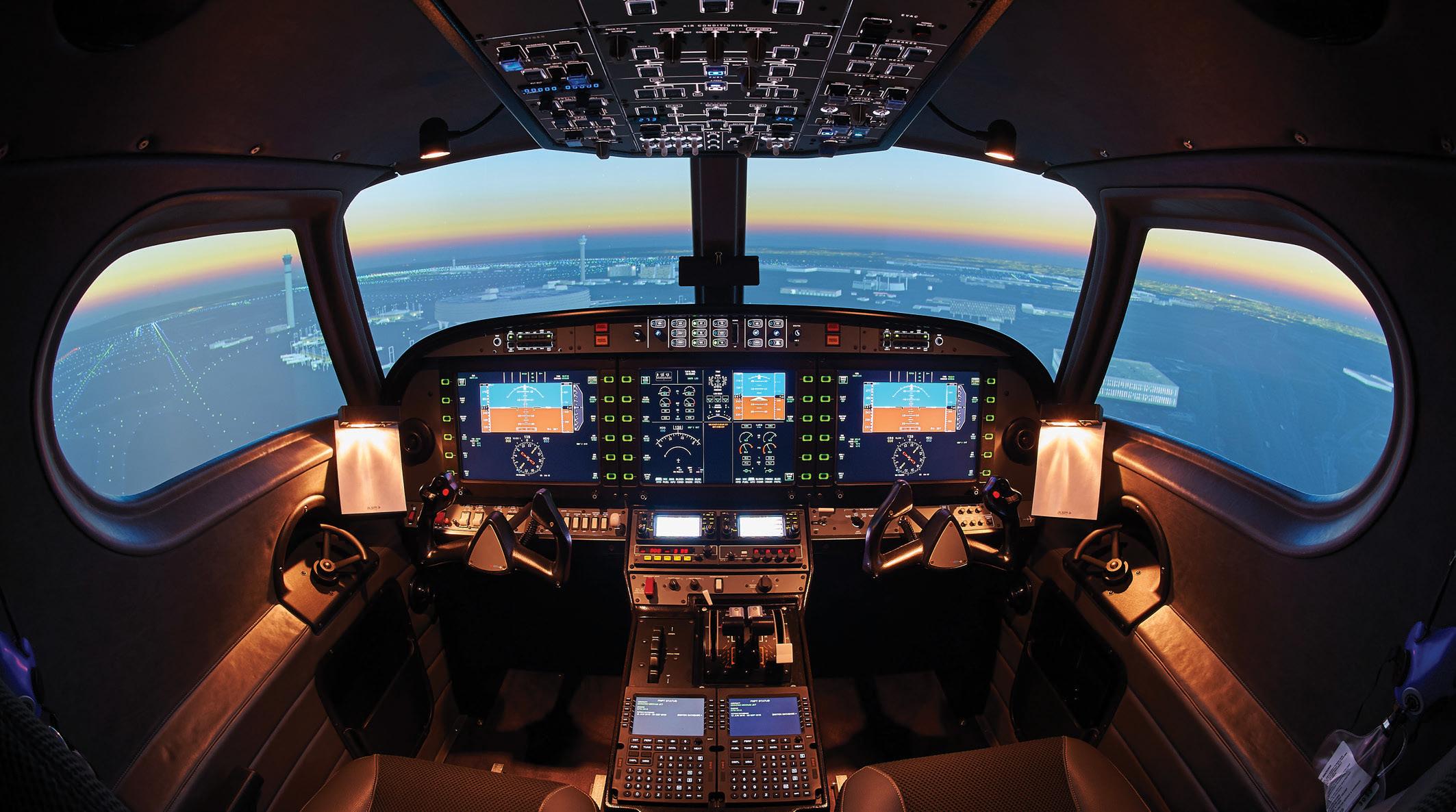
• Now certified for TCAS training.
• RNAV and GNSS
Certified on all flight models from single engine to turbine.


E-mail: info@aeronav.co.za

Website: www.aeronav.co.za
SACAA ATO No: SACAA/1110/ATO
AERONAUTICAL AVIATION, based at Lanseria
International Airport was established in 2005. Our services cover a broad spectrum within the Aviation Industry from; Repairs, installations, Aircraft Instrumentation overhaul, Avionics, Electrical, Autopilots and other accessories. Our Valued Client base include Private Aircraft Owners, Charter Services, General, Commercial and Corporate Aviation, Medical Services, Helicopter Operations, as well as Government and Military Clients.
We pride ourselves on the fact that our Company Values are built on integrity, honesty, and service excellence. We are committed to providing our customers with outstanding quality while Keeping costs reasonable without compromising on exceptional quality. Our relationships developed with our International Distributors and various Dealerships enables us to provide our Clients with a variety of options to suit their operational needs. We are proud to be Garmin’s largest Accredited Distributor in Africa.
When Clinton started the company in 2005, he identified a gap in the market when it came to understanding the pilots need, versus, what was realistic and economically viable. As a Pilot and Aircraft Owner, Clinton understands the challenges in the cockpit, regulatory requirements and certification issues, together with the costs associated with the operation of an aircraft, and can offer informed advise, while taking into consideration the cockpit workload, customer requisites, legislative requirements, over capitalisation and down time. We also offer training on all new equipment, ensuring our clients are armed with the knowledge to operate the equipment.
The Aeronautical Aviation Team look forward to assisting you. Your success and safety is our number one priority.
Contact us: Hangar 202, Gate 7, Lanseria
International Airport
011 659 – 1033 / 083 459 6279
Sales@aeronautical.co.za
www.aeronautical.co.za
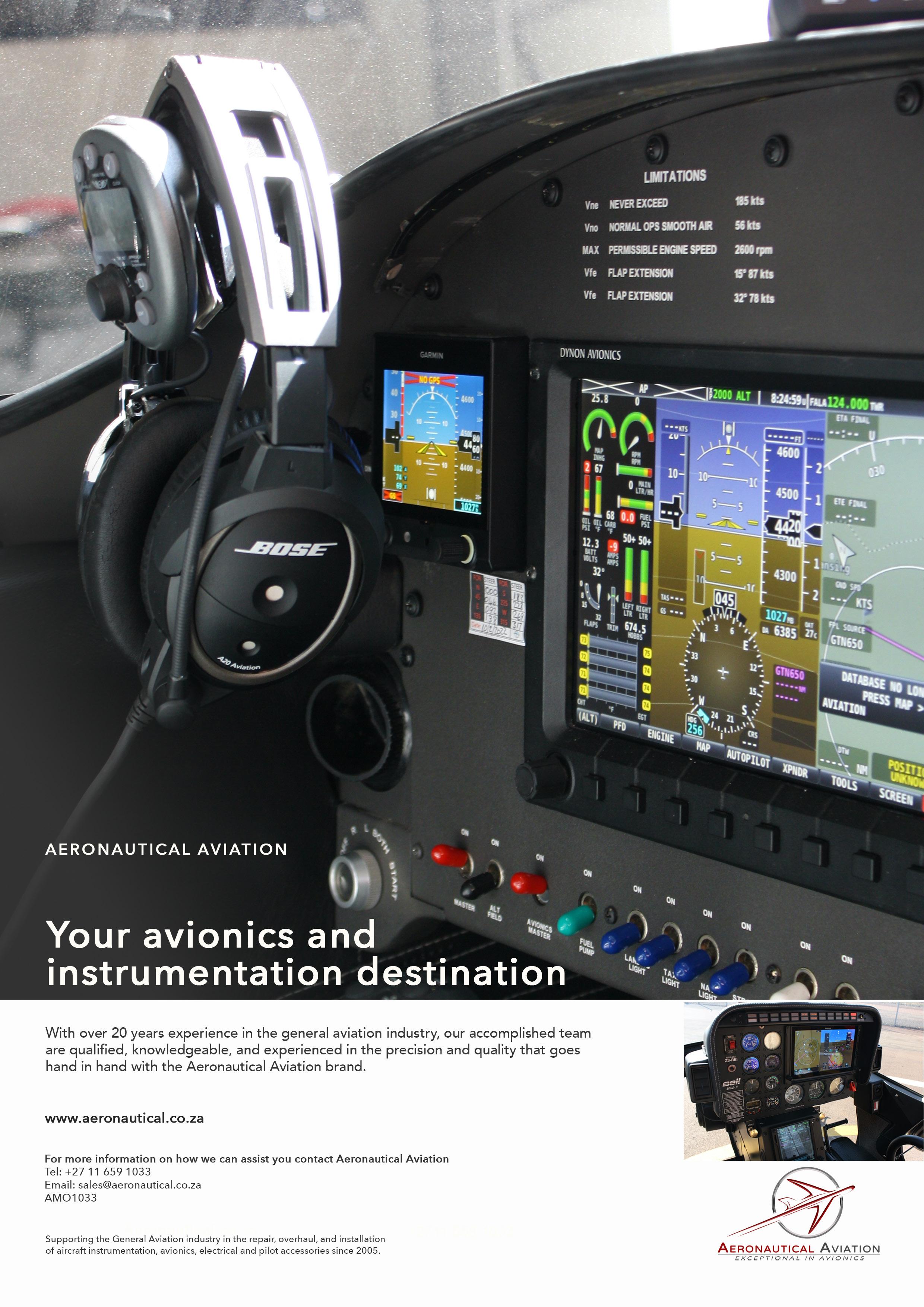

AERO ELECTRICAL SOLUTIONS was established in 2004 by Erwin Erasmus and Danie van Wyk joined shortly afterwards. Between the two of them, they have more than 60 combined years in Aviation. Both Erwin, who now heads the Cape Town Branch, and Danie, who manages the Lanseria Branch, started their careers at Atlas Aircraft Corporation mastering their skills set in General Aviation, Avionic & Electrical field.
AES has brought together a team of eleven highly skilled engineers that specialize in Avionic, Radio, ELT, Pitot Static and Instruments, Fault finding and repairing electrical problems on both rotor and fixedwing aircraft, Overhaul and repairing of DC/AC Electrical, Magneto and Ignition equipment, Aircraft electrical & avionic modification and installations. In addition, AES have a full battery workshop facilitating NICAD, Lead Acid and EPS batteries.
For the clients, convenience AES engineers are willing to travel to any destination for MPIs and repairs. Starter Generators, fuel pumps, inverter systems, AC Generators and Alternators, TRUs,

AMO 1011
load analysis and Strobe units all fall well within their capabilities. Pitot static & RVSM checks and repairs have recently been added to the team at AES abilities and expertise.
AES are a SACAA (South African Civil Aviation) approved at both their facilities at Lanseria Airport and at Cape Town International airport. Between the team of eleven engineers, they carry W & X, Avionics, Instruments, Ignition Equipment, Radios, Auto Pilot, and Compass systems (pulse and non-pulse) licences.
AES has excelled to such a high degree that they have become a TETA-approved workplace training facility, offering on-the-job training to many young technicians in aircraft electrical, instruments, avionics and aircraft radio technology. Danie is a TETAqualified assessor, moderator and trade test officer as well as a SACAA-approved Instructor Grade 1.
Website: www.aeroelectrical.co.za
Email: office@aeroelectrical.co.za j
WE SPECIALIZE IN:
- Avionics
- ACK Agents (ELTs')
- Repairing and fault finding in rotor and fixed wing aircraft
- Overhaul and repairing of DC/AC Electrical, Magneto and ignition equipment
- Full Battery workshop facilitating NiCad and Lead Acid batteries

- Aircraft electrical modifications and installations
- We travel to any destinations for MPI’s and repairs
JOHANNESBURG
Hangar M7, Gate 5, Lanseria Airport
Tel: 011 701 3200
Danie van Wyk: 083 269 8696
Fax: 011 701 3232
CAPE TOWN
Signature Hanger, Beachcraft Road

Cape Town International
Tel: 021 934 5373
Erwin Erasmus: 082 494 3722
Website: www.aeroelectrical.co.za
Email: office@aeroelectrical.co.za

Century Avionics specialises in Flightdeck- and Avionics upgrades for general aviation fixedand rotary-wing aircraft. Careful evaluation and planning of every project is essential –from the placing/positioning of glass displays and other avionics in the panel to enhance ergonomics and aesthetics to the final set-up and configuration of the installed equipment.
Century Avionics excel in Avionics Sales/ Marketing, Upgrades/Installations, Repairs/ Maintenance, Support and Certification making us a convenient, knowledge based avionic retrofit facility. Anticipating a continuous steady growth in an increasingly exciting and rapidly growing Aviation industry we strive to provide the most efficient service to our customers and the industry.
We are an in- and out of warranty service centre for Bose, David Clark and Lightspeed headsets as well as Garmin, McMurdo (Orolia/Kannad) ELT’s, and many other avionics manufacturers. We manage the Honeywell SPEX pool in country for the contracted MSP HAPP Pilatus PC12 fleet amongst others ensuring minimum Avionics Maintenance related down-time, keeping you in the air.

We are approved dealers for a host of avionics manufacturers (Garmin, Honeywell, Bendix King, Avidyne, McMurdo ELT, Genesys Aerosystems and many others) and constantly aim to offer our valued customers the widest range of products and capabilities. We are loyal to our products/brands and their suppliers/ manufacturers - not only selling product through extensive product knowledge, but standing by it through maintenance and installation support.
Our AMO and Design Organisation is approved in South Africa, Botswana and Zimbabwe. Century NAVCOM, our Design Organisation, along with our qualified and experienced Certification Department and SACAA appointed DAR will assist with Avionics STC Application/ Development and/or Modification Approvals.
Please contact us for all your avionic requirements.
Tel: +27 (0)11 701 3244
Contact: Shane Somerville salesadmin1@centuryavionics.co.za
Johan Landsberg
support @centuryavionics.co.za
Website: Avionics In South Africa | Century Avionics
Instagram: Century Avionics (@century.avionics)
Facebook: Century Avionics
Century Avionics | Facebook
Linked In: Century Avionics
Century Avionics: My Company | LinkedIn j
CFS is Africa’s premium all-inclusive private charter operator brand. Not only do they provide business and private clients with the ultimate aviation experience; but their services also include aircraft management and fixed-base operations (FBO).


An integral part of the business is aircraft management services, which eliminates the need for your own flight department. Their specialities lie in aircraft crew, booking schedules, maintenance coordination and aviation legislation compliance.
As an FBO, they have the latest, state-of-theart Ground Support Equipment (GSE), enabling

them to provide ground support for any size business aircraft. Their class-leading facility includes three large hangars, totalling over 4,400 square meters (over 47,000 square ft) of secure hangarage.
CFS prides itself on providing bespoke, VIP services to business and private clients alike, on the ground and in the air.
Contact CFS for your aircraft management requirements.
Tel: +27 11 540 7640 | Email: hello@flycfs. co.za | Website: www.flycfs.co.za j
D.M. AVIATION SPARES is situated on the north side of Lanseria, Unit 2, next to Century Avionics, Gate 5. The company stocks aircraft parts, aircraft consumables and general consumables.
D.M. Aviation Spares was started in 2011 by Daniella Mawson who has been in aviation since 1980 and in the aircraft parts industry since 1990. She therefore has extensive knowledge of parts and their sourcing.
D.M. Aviation Spares’ aim is to make life easier for the smaller AMOs at the airport by holding fast moving stock.
Daniella goes out of her way to source parts that others say are not available. D.M. Aviation
4 Source & Supply Aircraft parts & consumables for Fixed Wing / Beechcraft / King Air / Dornier 328 / Citation / Embraers / Learjet & Home Build Aircraft. All parts come with Approved Release Certificates.
4 Locate “Hard to Find” Aircraft Parts & consumables
4 Handle Component Repairs & Exchanges
4 Distributor for Professional Tooling
4 Agent for Aircraft Spruce
4 Based next to Century Avionics, Lanseria International Airport
Contact: Daniella Mawson
Mobile no: 082 576 8853
E-mail: daniellamawson@telkomsa.net / dmaviationspares@gmail.com
HANGAR 44, GATE 6 LANSERIA INTERNATIONAL AIRPORT
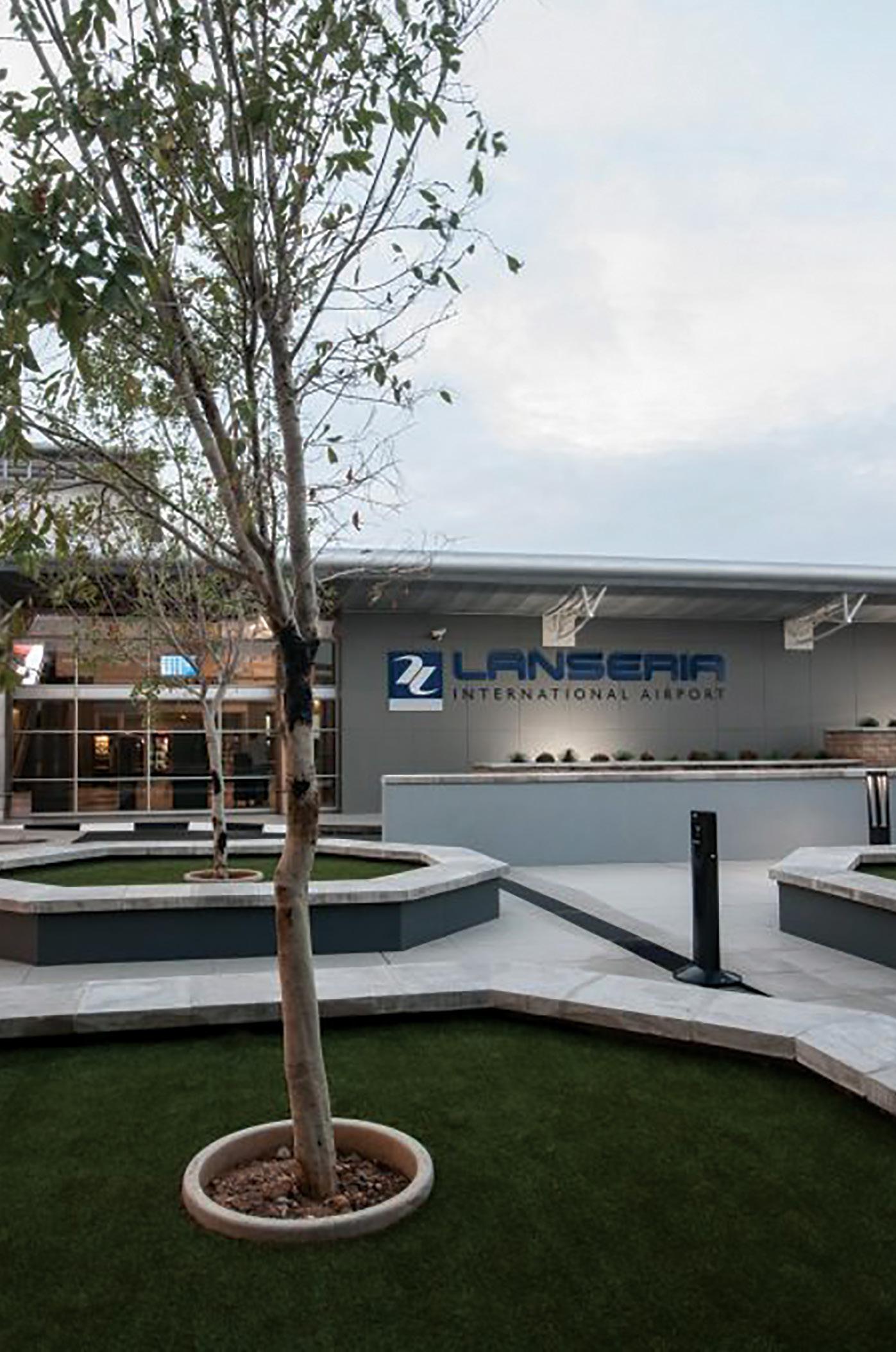
imports parts as well as sourcing hard to find aircraft components. They provide clients with the best prices and service possible. Furthermore, they are agents for Aircraft Spruce and others.

Contact Daniella Mawson:
Tel: 082 576 8853
Email: dmaviationspares@gmail.com
“We
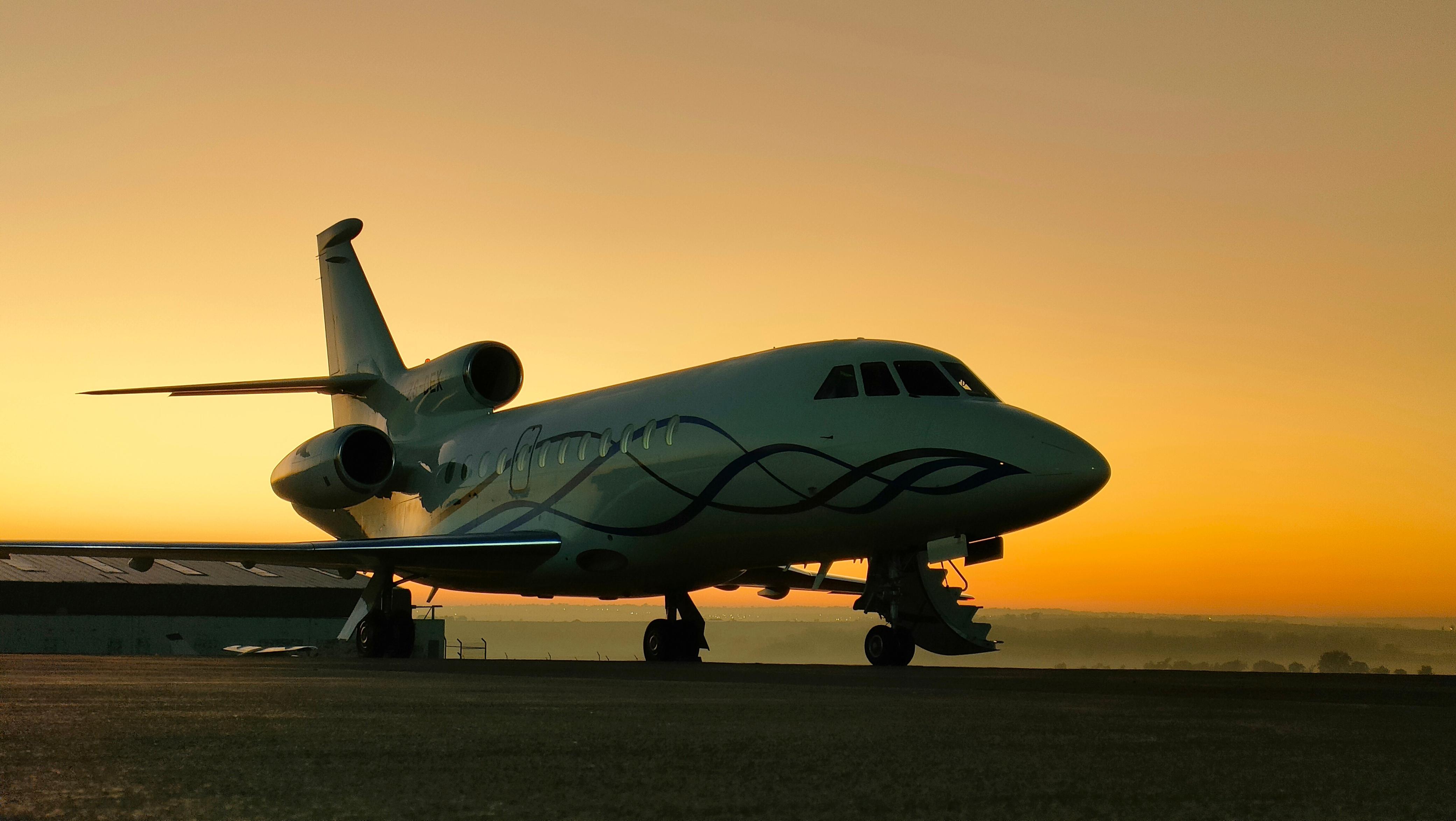

Guardian Air (PTY) Ltd is an aviation asset management company that provides a turnkey solution for aircraft owners and operators. As aircraft owners ourselves, we understand the various challenges and pitfalls experienced by aircraft owners, and we pride ourselves in finding tailormade solutions for each client’s specific needs.
Through efficient and effective supply chain management, Guardian Air prevents unnecessary expenditure and endeavors to provide our clients with cost-effective solutions throughout our fleet.

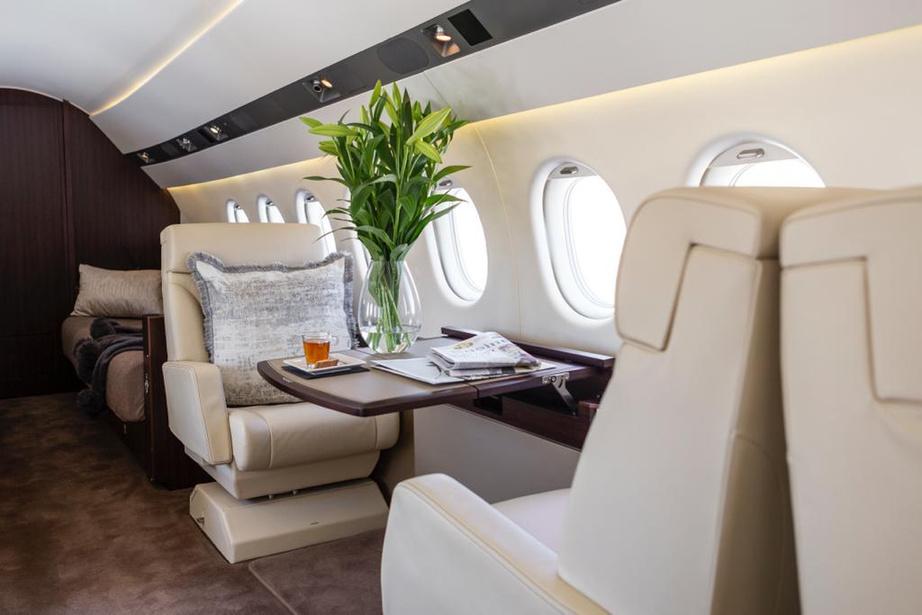
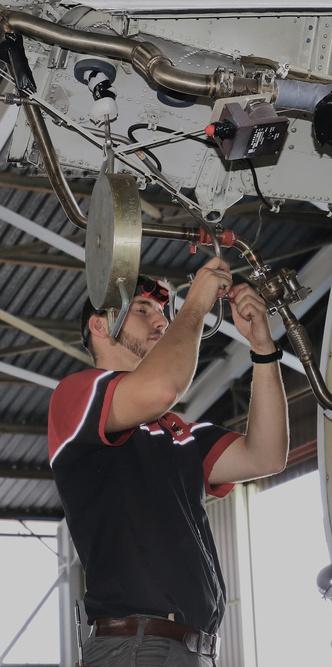

Since its inception in 2010, Guardian Air has been providing non-scheduled charter and aeromedical services to the industry. We are committed to providing a world-class product in Africa, through the delivery of cost-effective charter services, high quality medical care and reliable maintenance services to their customers.
Guardian Air has its own Aircraft Operating Certificate (AOC), including aircraft up to A1 category (above 20 000kg MTOW) and endorsement for worldwide operations. Through our subsidiary, Guardian Air Maintenance, we offer comprehensive maintenance planning and cost-effective maintenance solutions on a variety of different turboprop and jet aircraft types.
Guardian’s current fleet consist of the following aircraft types:
Beechcraft King Air 200 Hawker HS125-800A/XP
Dassault Falcon 20F
Dassault Falcon 50EX

Dassault Falcon 900EX
Guardian Air’s reputation, and the reputation of the clients that they represent, is paramount to the company and they strive to continuously improve on the services offered.
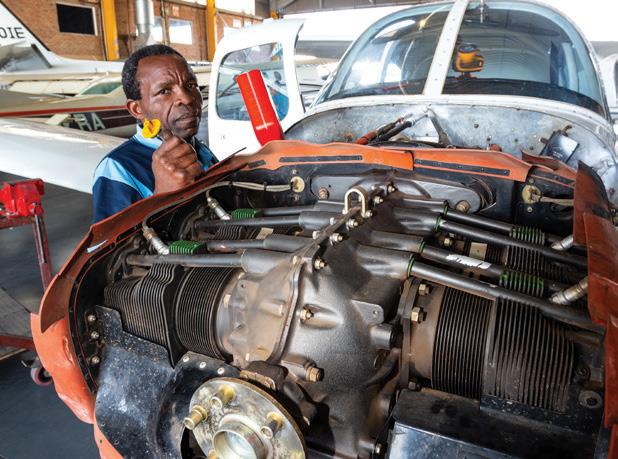
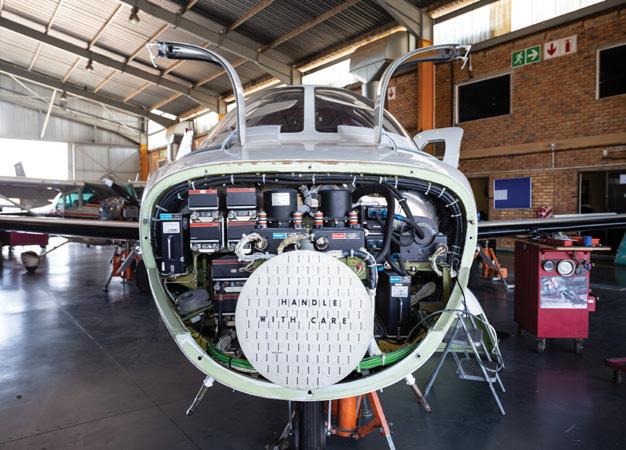





GEMAIR CC, the one-stop aviation solution for maintenance, refurbishments and Charter

Andries Venter started Gemair in 2005 bringing with him many years of experience gained in the South African Airforce, where he received his training as an aircraft engineer.
Gemair migrated to the southern side of Lanseria International airport in 2007 and has steadily grown in capability and reputation. The highly qualified team take care of a large fleet of privately owned, training and charter-operated aircraft. These range from non-type certified aircraft through light singles and twins and on to turboprops and light jets.
Gemair is a recognised SACAA Approved Maintenance Organisation, AMO 1003 and has a team of nine full-time engineers who together have a combined total of more than 80 years of aviation experience.
Gemair has recently incorporated both
instrumental and electrical workshops with a wide range of capabilities. Backed up by the fulltime administrative staff, Gemair has established itself as a true “One stop shop” able to cater to every need a client might encounter.
Gemair is also the owners of Lanseria aircraft Interiors serving your every need in aircraft interior and exterior refurbishment with our experienced staff, complimented by in house sheet metal and window replacements through our well-established sheet metal division.
Out of the Blue air safaris is also part of the Gemair group for all your executive and bush charter needs incorporating King airs, Caravans, Cessna twin and single engine aircraft, taking you safely to your destination in Southern Africa.
Lanseria International Airport Hangar 110
Gate 13, (South Side)
Phone: 011 701 2653
j

In a dynamic, ever-changing market, our team has extensive experience in Jet, Turboprop, Helicopter, and Piston aircraft sales. Whether customers are buying from our existing stock, or enlisting us to source their ideal aircraft, our mission remains the same – to ensure the right aircraft, for the right clients, done the right way.
With over 150 years of combined aviation industry experience, our team’s wealth of knowledge and expansive networks are unparalleled. This gives us deep insights into the current market, both locally and globally.
Our clients are able to leverage off of our longstanding relationships with our partners, whether it’s finance and insurance, avionics upgrades, interior and exterior refurbishments or other value-added services.
Situated in Johannesburg, the gateway to Africa, and with our widespread global networks, we manage transactions quickly and accurately in any currency, across any border.

Our global solutions include: blanket Reserve Bank approval, ITAC approval, Escrow support and full import & export logistics management.
We know that every client and every deal is different, and delivering personalised, consistent service excellence from pre- to post-sale is our core value proposition.
We hold ourselves and our partnering companies to exceptionally high standards, with unyielding accountability.
Our relationships with our clients span decades, and this exceptional customer retention is testament to these values.
Contact:
Tel: +27 (0)11 659 1064
Email: sales@nextaviation.co.za
www.nextaviation.co.za
j
PROFESSIONAL AVIATION SERVICES, founded by Christine Garbett in 1979, has broadened its horizons over the years into fields, other than aircraft sales, while retaining its ethos, originally ingrained by Rob and Christine Garbett, of providing a personal approach to all activities. The group now employs over eight hundred persons.
The company now, through the group of companies, provides:
• Air Cargo Security Services and Training
• Logistics Warehouse Systems and provision of trained staff
• Security Guard Training
• Security Equipment supply and installation
• Cross Border Services into and out of Lesotho

• Polygraph Services
The philosophy of our business is to strive for the highest standard of service and in all respects to act with integrity, kindness and professionalism.

Professional Aviation Services
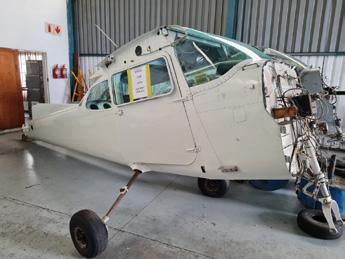

- Head Office 011 701 3320
Mr Rob Garbett
Telephone: 010 594 5417
Email: rob@professional.za.com
Cell: 082 565 7686 j
26 YEARS OF EXPERIENCE, WE GUARANTEE OUR WORKMANSHIP.
Specialising in sheet metal and structural repairs:
General maintenance and storm damage repairs. Accidents, insurance claims, and rebuilds. Window replacements. Corrosion removal and prevention treatment. We carry out Service Bulletins, modifications and approved STC's which are done in accordance with the SACAA and manufacturer regulations.
Our services include:
Aluminium & Stainless welding Custom design of instrument panels Assistance in Kit plane building.
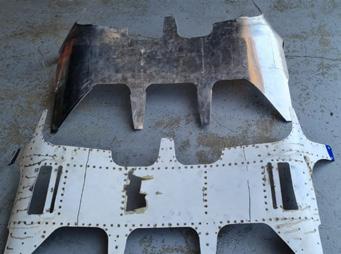
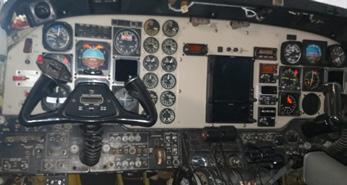
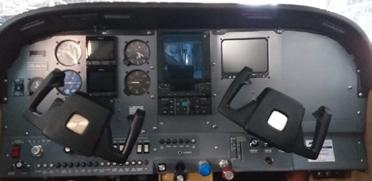
admin@roeschaviation.co.za andries@roeschaviation.co.za francois@roeschaviation.co.za www.roeschaviation.co.za

SKYHAWK AVIATION was established by Mike Gough (Airbus Training Captain and SA Flyer columnist) in 2008. Well established as the dominant operation in the flight training environment at Lanseria International Airport, Skyhawk Aviation offers all the resources required for the successful completion of all CAA licences and ratings.
As a Designated Flight Examiner (DFE 1) as well as an Airbus Training Captain, Mike is able to assess student’s progress, and conduct final flight tests presenting realistic scenarios. We are also approved for full type ratings for the Airbus A320 and A340, as well as proficiency checks and ATP revalidations.
Aimed specifically at developing the professional pilot, we specialise in both the full turn-key contract clients as well as individuals starting out on the road to flying for a living. Part of our services include accommodation, transport and visa services.
Skyhawk is associated with the Sakhikamva Foundation, and offers programs to high school learners to expose the kids to aviation and spark interest in maths and science through this medium. Come and see our Boeing 737 nose section kitted out as a classroom!
If you need a reality check about the sometimes hard truth about becoming a career pilot, then you can’t go far wrong by dropping in at Hanger 30, Gate 5 at Lanseria. Send an email to Mike beforehand to get welcomed to the demanding, but infinitely rewarding world of Commercial Aviation.
Contact Tracey Gough on:

Tel: 011 701 2622
Cell: 072 484 7984
Email: mikegough@mweb.co.za
Website: www.skyhawk.co.za
Find out if you have it in you to join the elite few that are entrus te d with hundre ds of millions of dollar s’ wor th of aircraf t , along with a couple of hundre d of pre cious live s
I If you do, and are ut terly determine d to succe e d , we will get you from zero to employabilit y with airline s and commercial air op erator s . We cover ever y asp e c t of pilot training as well as that all-imp or tant care er development that will define your future flight path .
Learn with an A irline C aptain who’s done the hard yards .
Y Your track re cord s tar t s here.
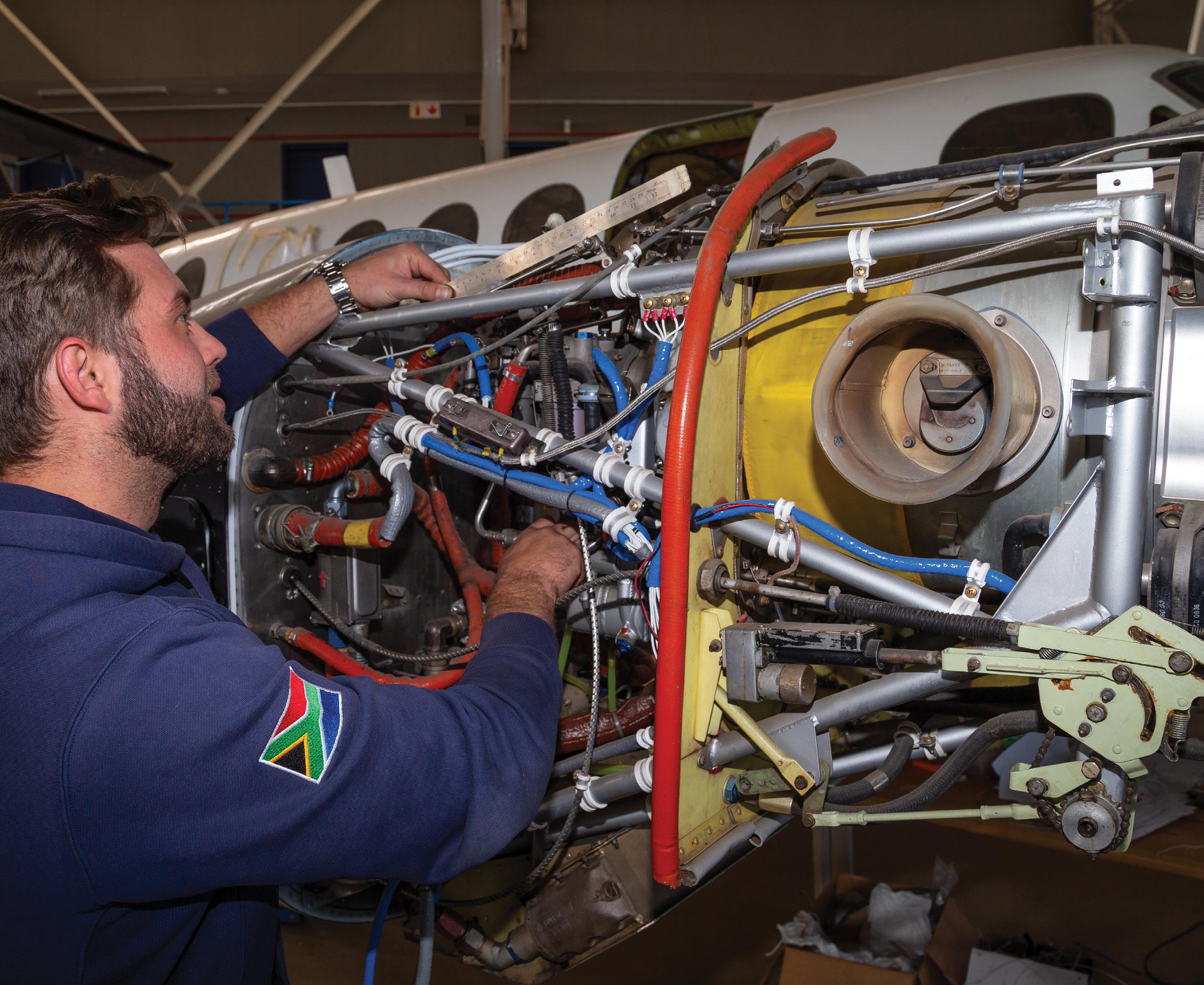

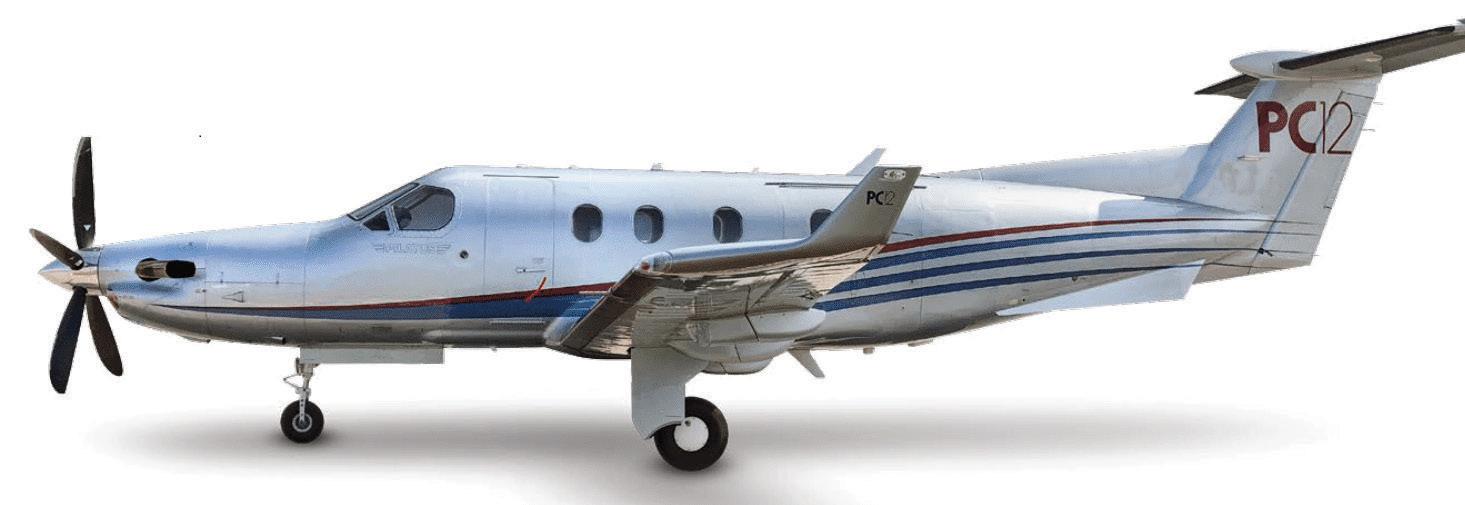
SKYSOURCE International South Africa was established in 2016 and has established themselves as leaders in the turboprop maintenance sphere, they offer full end-to-end solutions for the turboprop operating community. The entire Skysource team live by a simple mission “Quality is our passion”.
The highly qualified team at Skysource have all been hand-picked by the management for their level of training and their unique skill-set. The team skills are constantly being improved through a rigorous training policy that has become part of the Skysource culture.
Skysource International South Africa endeavours to keep all their client's aircraft operating to the highest safety standards, allowing the client to focus on fleet management and the commercial success of their businesses.
Based at Lanseria International Airport Skysouerce is centrally located for all turboprop owners and operators from all over Southern Africa to access with ease for all of their MRO needs. Skysource delivers tailored, cost-effective maintenance, repair and overhaul solutions to the regional turboprop community. With longterm maintenance solutions, they assist in lowering costs and eliminating surprises further down the road.
Maintenance and repairs are done within the fastest possible time frames as they understand how costly time constraints can be in aviation. Skysource aims to extend the lifespan of its

client's aircraft and keep downtime to a bare minimum. In addition, Skysource specialises in scheduled inspections, testing and airframe repairs, and provides tailored solutions, based on each client's individual needs.

To further assist their clients Skysource has recently acquired a share in aircraft paint and interior refurbishment specialists also based at Lanseria this along with their avionics capability expands their service to include any request that a client may have.
Skysource pride themselves on building lasting relationships with their clients, the relationship often starts with a pre-purchase inspection, which the Skysource team will perform anywhere in the world offering the client peace of mind when acquiring an aircraft.
Skysource is approved by the South African Civil Aviation Authority (SACAA) as an Aircraft Maintenance Organisation (MRO), as well as an approved USA FAA facility. Skysource has both an airframe class-1 composite rating and airframe class-3 all-metal rating, as well as ratings for CESSNA 208 , PC12 , KING AIR 90, KING AIR 200, KING AIR 350, Beechcraft 1900C and 1900D.
Lanseria International Airport
Hangar 203
Gate 5
Office: +27 10 900 4300 or Cell: +27 72 036 3433
STANDARDAERO is one of the world's largest independent providers of engine maintenance, repair and overhaul (MRO) services, providing OEM-authorized support for leading aeroengines and APUs including the AE 3007, APS 2300, CF34-3/-8, CFM567B, GTCP36, JT15D, PT6A, PW100, PW150A, PW901A/C, RB211-535 and RE220.


StandardAero’s facility at Lanseria International Airport near Johannesburg is a fully authorized Pratt & Whitney Canada (P&WC) Designated Overhaul Facility (DOF) for the PT6A engine family, and the world’s only independent service provider authorized to overhaul the PT6A-140. In addition, the facility provides full support – up to and including overhaul – for 41 other variants of the engine.
The Lanseria facility also offers service center and mobile repair team (MRT) support for the PW100 turboprop and JT15D turbofan.
StandardAero Lanseria, a Pratt & Whitney PT6A designated overhaul facility (DOF) and the sole independent DOF approved for the PT6A-140, is pleased to support operators across Africa with P&W’s flat rate overhaul (FRO) program, which combines OEM-level quality with guaranteed “not to exceed” capped pricing. Meaning that you can plan your maintenance expenses with confidence, and without any compromises.
StandardAero Lanseria, a Pratt & Whitney PT6A designated overhaul facility (DOF) and the sole independent DOF approved for the PT6A-140, is pleased to support operators across Africa with P&W’s flat rate overhaul (FRO) program, which combines OEM-level quality with guaranteed “not to exceed” capped pricing. Meaning that you can plan your maintenance expenses with confidence, and without any compromises.
The FRO program does not incur extra charges for typical corrosion, sulphidation or repairable foreign object damage (FOD), and PMA parts are accepted.
The FRO program does not incur extra charges for typical corrosion, sulphidation or repairable foreign object damage (FOD), and PMA parts are accepted.

As the industry’s leading independent aeroengine MRO provider, StandardAero is trusted by airline, governmental and business aviation operators worldwide for responsive, tailored support solutions. Contact us today to learn more.
As the industry’s leading independent aeroengine MRO provider, StandardAero is trusted by airline, governmental and business aviation operators worldwide for responsive, tailored support solutions. Contact us today to learn more.
With more than five decades of experience in repairing and overhauling P&WC engines, StandardAero has developed a reputation for quality workmanship, industry leading turnaround times, exceptional customer service and competitive pricing.
Point of contact:
Jason Gallant
General Manager
Office: +27 11 701 3035
jason.gallant@standardaero.com j



While Lanseria is known to be quick and convenient for travellers, it is also perfect for private charters

AERONAV ACADEMY AERONAUTICAL AVIATION
ROESCH AVIATION
CENTURY AVIONICS SKYSOURCE
STANDARDAERO
DM AVIATION SPARES
PRORISK
GUARDIAN AIR
AES SKYHAWK
EXECUTIVE AIRCRAFT REFURBISHMENT
LANSERIA AIRPORT
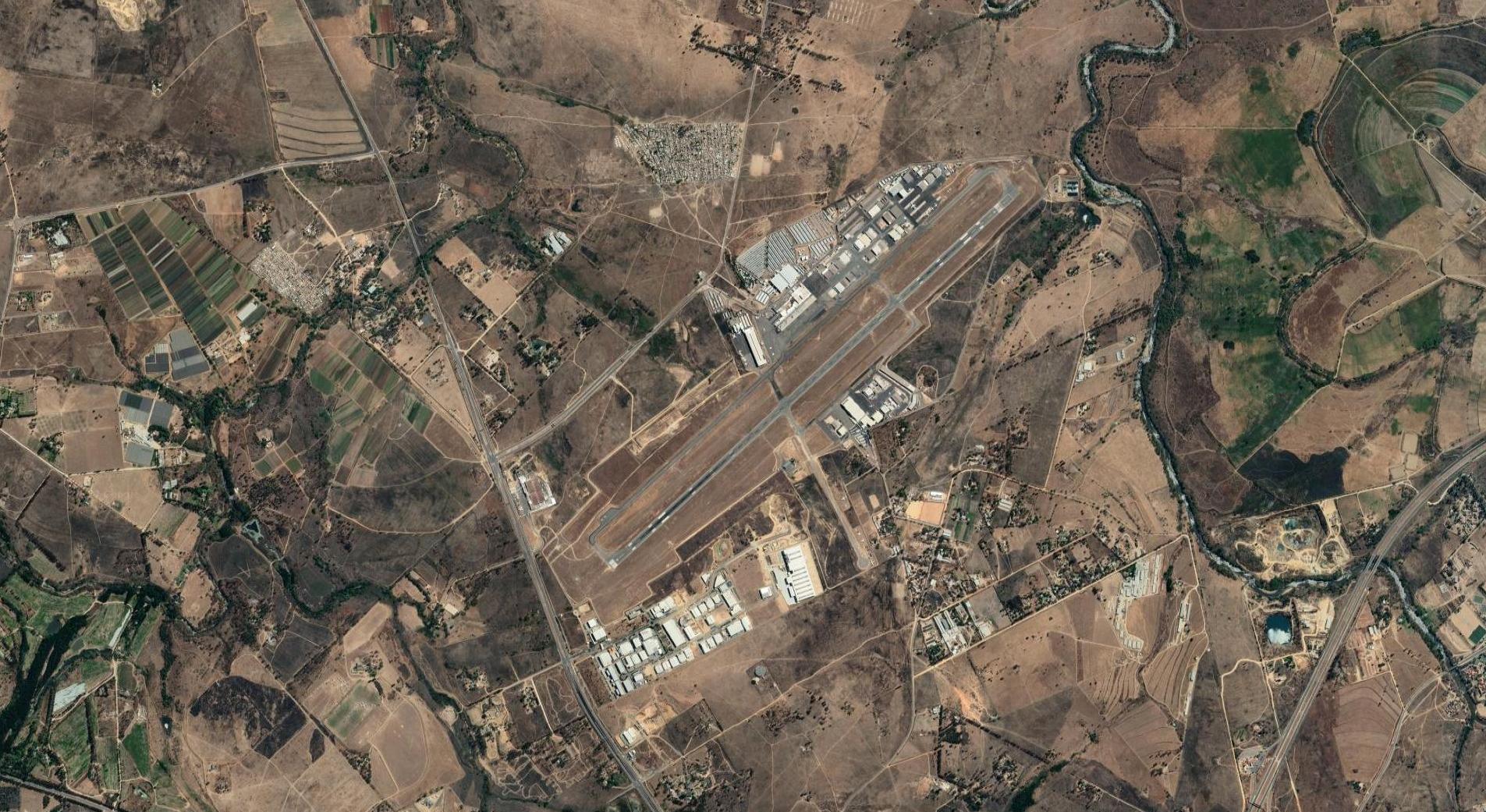
COMAIR FLIGHT SERVICES
GEMAIR
NEXT AVIATION
A GLOBAL PILOT SHORTAGE is now expected to last until 2032, with North America having the strongest demand.
North America and to a far lesser extent, Africa, are the regions facing shortages. West Europe, the Middle East, South America and Latin America will also experience shortages, but not to the same extent. “The pilot shortage has arrived earliest in North America,” Oliver Wyman reports. “The gap of pilots is anticipated to be at 17,000 from 2025 onward. The rise in early retirements, exacerbated by Covid, with increasing demand is widening the gap.
An upward trend in Air Transport Pilot certificate issuances is not keeping up and retirements and new capacity likely will outpace that activity.”

Pilot supply is struggling to meet the rapid growth in demand. Oliver Wyman Global Aerospace advisory reported that the number of retiring
pilots has reduced from 13,000 in 2020 to an expected 6,000 in 2022 and the global supply of pilots is increasing.
However the increase is supply pales in the face of the massive demand created by the return to 90 % or higher of pre covid operational levels. Wyman expects a shortage of 11,000 pilots in 2024. And that shortfall could increase to 60,000 globally by 2032 ‘if mitigating actions are not taken.’
The long awaited pilot shortage seems to have arrived everywhere – except Africa – where airliones are still struggling to return to 2019 levels of operations. This is good news for the many flight schools in South Africa training international students.
AIRLINK

- South Africa's Most Punctual
Getting shot in Somalia
The state of African Airlines

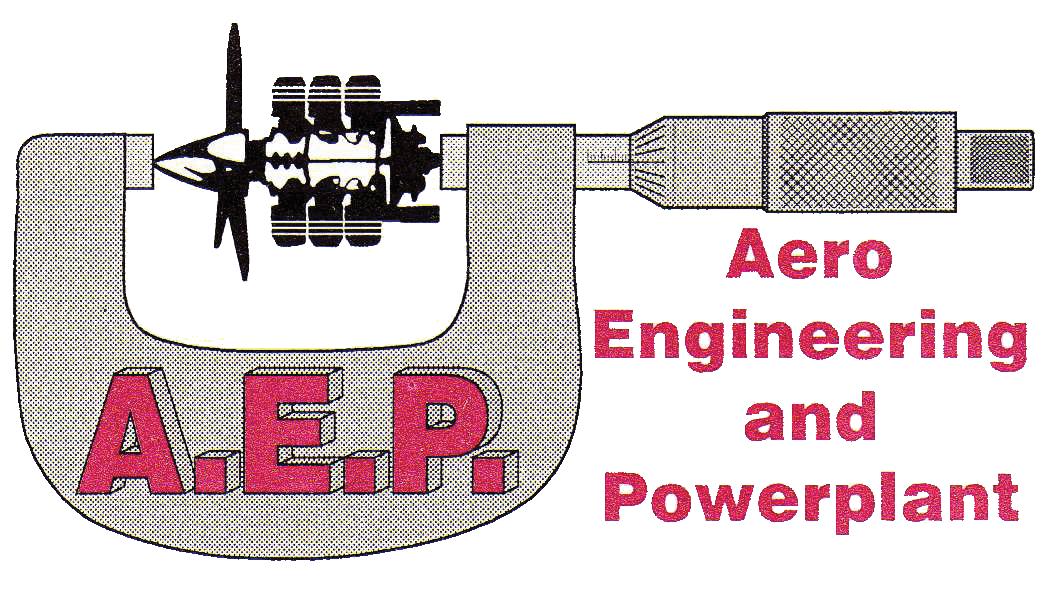
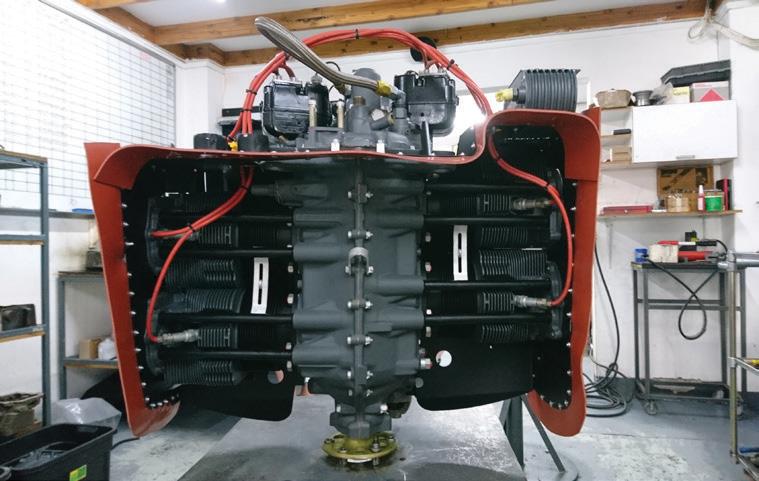

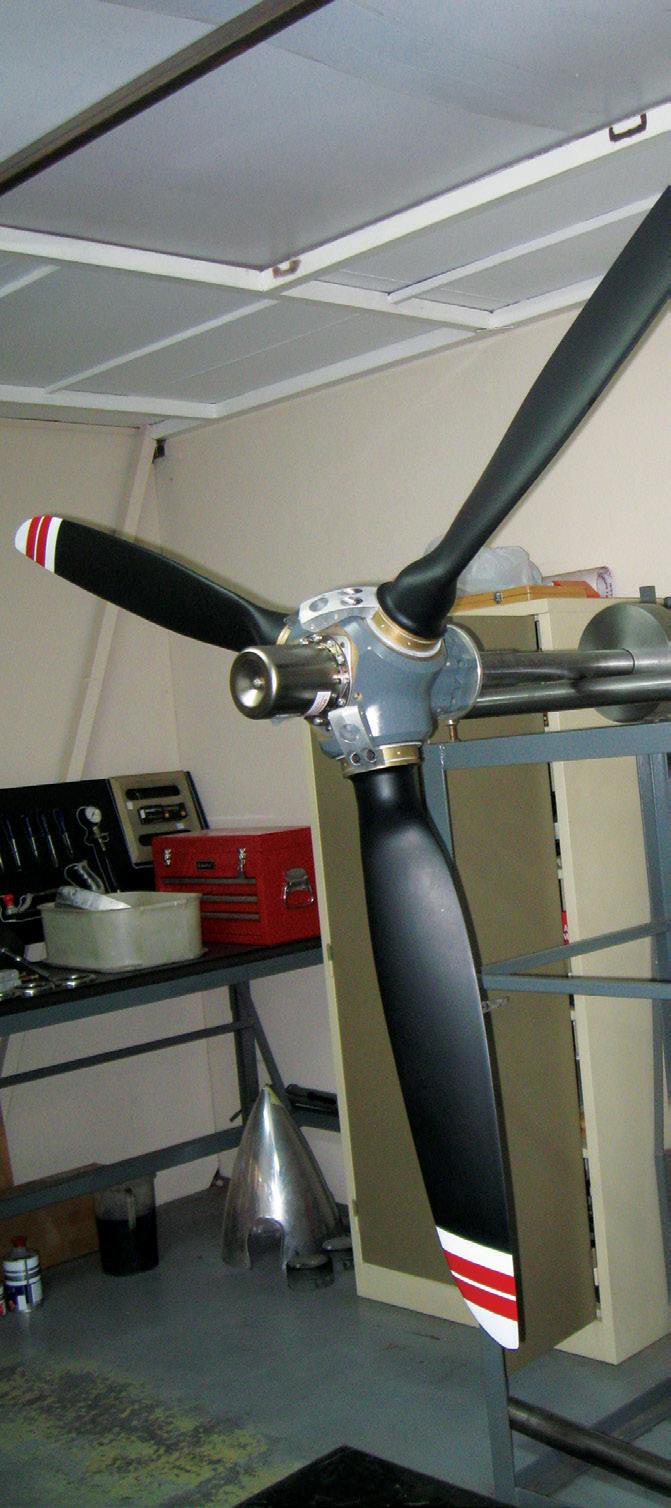


Your one-stop-shop for repairs and overhauls of aviation rotables and special processes.
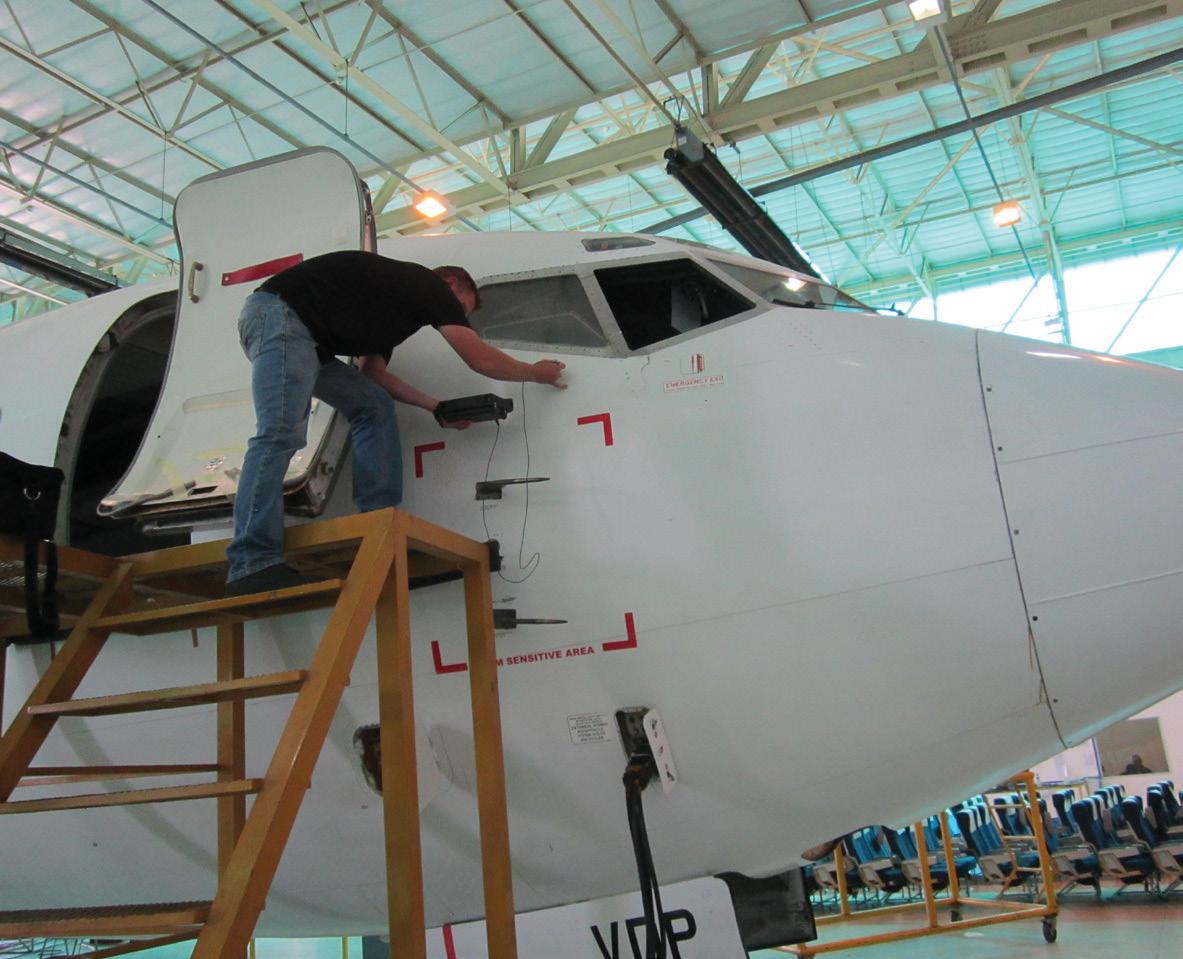
ü Quality
ü Safety
ü Service Excellence
ü Honest pricing
Aviation Services
§ Wheel overhaul and Repair Services

§ Brake Overhaul and Repair Services

§ Non-Destructive Testing on Aircraft
§ Hydro Static Testing on Pressure Vessels
§ Oxygen Cylinders and Fire Extinguishers
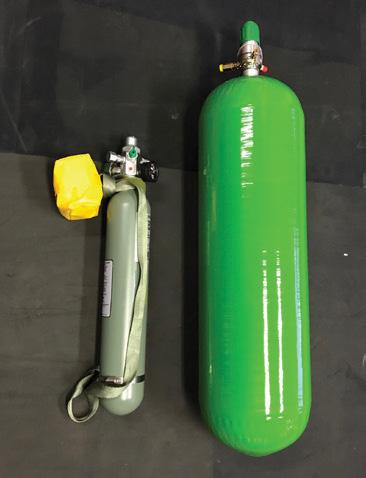
§ Safety Equipment

§ Ground Support Equipment
§ Composite Repairs

§ Aircraft Weighing - Aircrafts up to 60 000kg
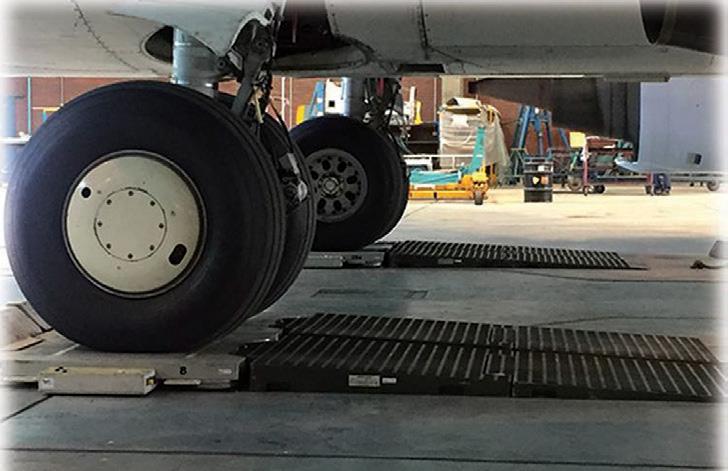
Contact us:
Tel: +27 11 395 1677 / +27 10 110 7230
Website: www.bnt-int.co.za

Physical Address: Denel North Entrance, Building D3, 131 Atlas Road, Bonaero Park, 1619
Satellite Facility: Hangar 3, Safair Precinct, 1 Northern Perimeter Road, Bonaero Park, 1619
Postal Address: PO Box 7300, Bonaero Park, 1622
06 08 10 14 16 20 24 30 34 38 39 40 42
Publisher Flyer and Aviation Publications cc
Managing Editor Guy Leitch guy@flightcommag.com
Advertising Sales Wayne Wilson wayne@saflyermag.co.za
Layout & Design Patrick Tillman: Imagenuity cc
FEBRUARY 2023
ADMIN:
+27 (0)83 607 2335
TRAFFIC:
+27 (0)81 039 0595
ACCOUNTS:
+27 (0)15 793 0708
Bush Pilot - Hugh Pryor
AME Directory
Defence - Darren Olivier
Defence - Guy Leitch
Pilots - Laura McDermid
Dehorning rhinos - John Bassi
Industry - IATA - Guy Leitch
FACE to FACE - Rodger Foster
Photo Essay SAAF - Trevor Cohen
Alpi Aviation SA: Flight School Directory

Merchant West Charter Directory
Flightcom AMO Listing
Backpage Directory

THE FALLOUT FROM THE TWO Boeing Max crashes has been enormous – not just in the 346 lives lost, but in the inestimable damage to the once proud Boeing reputation for engineering excellence.
Now the pendulum is beginning to swing back – and Ethiopia is firmly in the sights of the American establishment.
African aviation regulators have an ongoing struggle to produce quality accident reports. The South African CAA has sporadic bouts of quality, but the Ethiopians have failed dismally in the two investigations that really matter – the Ethiopian 737 Max and the SACAA’s own Citation crash in George.
In direct contradiction, the NTSB found that “… a foreign object, most likely a bird, resulted in the separation of the AOA sensor vane, causing erroneous readings.” The NTSB added that it provided the EAIB with evidence that supports the finding of a foreign object strike, but the EAIB failed to include it in its final report.
The EAIB also claimed that; “an open circuit, wire fatigue, .. unexplained electrical/electronic anomalies, and the loss of heater power led to the failure of the AOA sensor.” The NTSB says that an electrical failure of the AOA sensor did not occur before the vane’s impact with a foreign object.
The National Transportation Safety Board (NTSB) has undiplomatically criticised the Ethiopian Aircraft Accident Investigation Bureau's (EAIB) final report on the 737 Max crash. Further, the NTSB’s comments come soon after it criticised ‘the investigation’s insufficient attention to the human performance aspects of the accident’. (A euphemism for poor pilot skills).
AIN Online reports that the Ethiopian report ‘contains findings not supported by evidence. For example, the NTSB specifically cites the EAIB’s conclusion that aircraft electrical problems caused erroneous angleof-attack (AOA) output. In its final report, the EAIB claimed that electrical problems stemming from the aircraft’s construction caused the AOA sensor’s heater to fail.’ As a result, the AOA sensor provided bad data that caused the MCAS to repeatedly pitch the nose of the plane downward until it impacted the ground.
It is hard to disagree with the NTSB. The chances of ‘wire fatigue’ in an almost new plane must be almost nil, and the need for an AOA heater was irrelevant, as it was far from freezing.
Also - the flight data recorder showed no indication of an electrical issue with the resolvers, the NTSB added.
The NTSB also criticised the EAIB’s finding about the lack of MCAS documentation for flight crews. After the Lion Air 737 Max crash, Boeing had provided the information to all 737 Max operators – four months before the Ethiopian crash.
The NTSB says the EAIB issued its final report without giving the FAA the chance to review and comment, as stipulated by the ICAO Annex 13.
For this key investigation the EAIB has been found badly lacking – and it casts African aviation standards in a bad light.
The poor quality of African accident investigation reports is once again in the spotlight.
IN THE UK, they have a problem operating their trains, because they do not have enough staff to keep them running.
The other day, I was trying to get to London, for an urgent meeting with my publisher and the train stopped at a station called ‘Ifield’, somewhere between Horsham and London Victoria and the driver and the ‘train manager’ packed their bags and went home, because it was the end of their ‘shift’ and it was time for them to get home, before the fish & chips got cold......meanwhile leaving three hundred and seven passengers on the platform at Ifield, with no buses or taxis provided for onward transport to London.
Commuter trains out of London Victoria contain potentially 1,500 passengers and can make as many as twenty-two stops on the way to Horsham.
An airliner, on the other hand, flying from London to New York, might have only fifty passengers occupying its three hundred and fifty seats, but by law it must have one cabin crew member for each fifty seats, which makes a requirement for at least seven crew in the cabin whether the seats are occupied or not.
Luckily, the girl sitting opposite me called her brother in Brighton, on her mobile, to come and pick her up from ‘Ifield’ and they very kindly dropped me off back in Horsham, on their way back home.
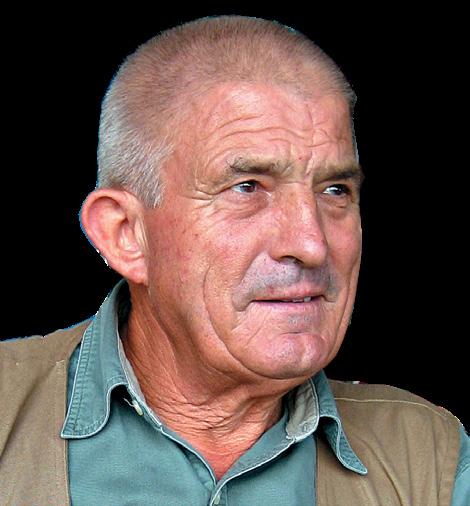
Now the point which I am trying to make is that the railway companies are trying to reduce their onboardcrew to ‘one’, (or ideally even ‘nil’, like on the train between the North and South Terminals at London’s Gatwick airport.)
Then, of course they need two drivers up the front, but there are trains which don’t have any crew at all on board.
What makes an airliner require so many crew? Are airline passengers so much more badly-behaved than train passengers? Is getting onto a train so much easier than getting onto an airliner? Is speeding along at two hundred and fifty kilometres per hour on two ancient pieces of shaped wire, held together by bits of wood or concrete, which, in the case of Horsham’s No 1 Main Line to London, were laid down in 1893, so much safer than flying at eight hundred km/h through thin air?
We have all gone through a terrifying terrestrial threat from the Corona virus, which led to thousands of people losing their jobs. Coming from the aviation industry, that teased a little question into my mind.

Okay, Yes...the aeroplane is way up there, above the clouds and if anything does go wrong then the crew have to get everybody back on the ground, which the Qantas guys did...without loss of life, in that A380 adventure out of Singapore, which can only be described as an extraordinary feat of aviation prowess.
The Stonehaven rail crash however, was caused by a tiny local train ploughing in to a landslip on its way from Aberdeen to Glasgow. The driver and ‘conductor’ were both killed, plus one passenger and six passengers were injured, but survived.
The passengers survived, because they just happened to be sitting in the only carriage which was not crushed, as the train rolled down the embankment.
So what is my ‘point’?
Well both the driver and the ‘conductor’ and one passenger were killed, while they were travelling along on the ground, in a train, at 100 kilometres per hour. So maybe the four hundred and forty people on the A380 were just lucky that their problems only started when they were way up there in the sky. Maybe that is what saved them in reality, rather than having three ‘drivers’ up front and twenty-one ‘conductors’ down the back.
Personally, I cannot travel on that Gatwick transit train between the North and South Terminals, with nobody driving it, without wondering if it will manage to stop in time, when it gets to the far end, before ploughing into the crowded South Terminal.
Give me a decent bunch of cabin and air crew on any airliner that I travel in. And anyway...what are we all going to do with ourselves if we are not allowed to fly aeroplanes or look after passengers?

an extraordinary feat of aviation prowess
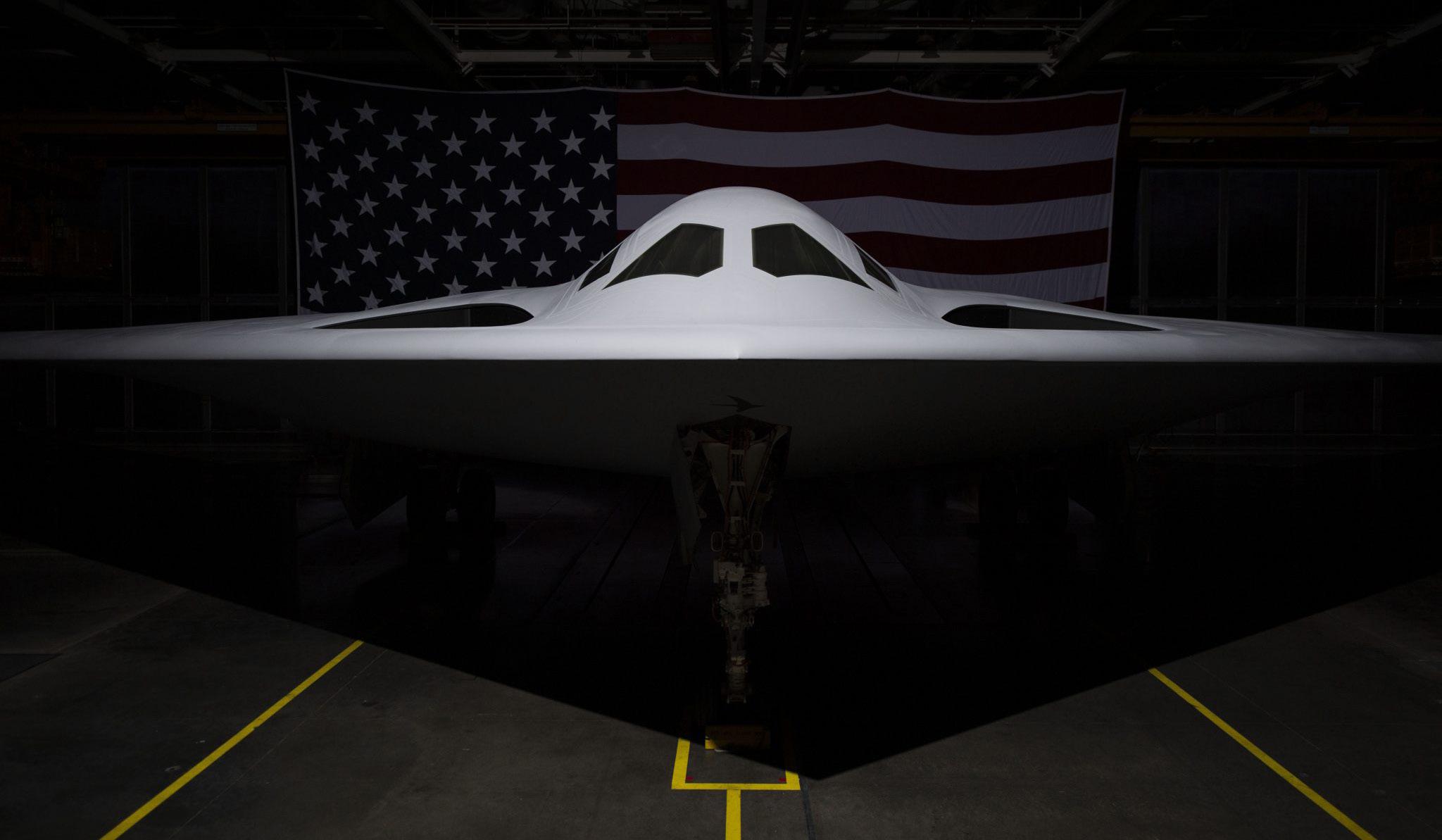
THE B-21 IS SAID TO BE the first sixth-generation stealth bomber, leapfrogging a few fifth-generation aircraft, including the Lockheed-Martin F-22 and F-35 fighters.
The B-21 Raider, which is similar in appearance to the other stealthy bomber, the B-2, will be an intercontinental bomber capable of delivering either conventional or nuclear bombs.
It’s reportedly more capable in numerous respects than any bomber in the world, though what those capabilities are remains a mystery. According to a recent congressional report on the aircraft, the Raider’s
“…speed, enabling systems, size, required stealth, structure, number and type of engines, projected weapons, and onboard sensors remain classified.”
Even the costs of the programme are secret, though each aircraft is expected to cost around three-quarters of a billion dollars, with the total program cost being more than $200 billion.
Launched in 2011, the B-21 was so designated because it’s the first new bomber of the 21st century. It’s been dubbed the Raider in honour of the Doolittle Raiders of World War II fame.
MARTIN WROTE, “The South African Air Force (SAAF) has 26 Gripens in its inventory but 12 are in “rotational” storage and only 18 Gripen navigators and pilots have been trained to operational status. Which begs the question: what should we do with aircraft we don’t need and can’t afford to operate?
“The solution could be a simple one: sell off the 12 Gripens in storage (since we won’t miss them anyway) and use the money for fuel, pilot training and new equipment that the Air Force desperately needs – its C-130 Hercules fleet is ageing and the Air Force is increasingly forced to rely on charters to move people and equipment to places like the Democratic Republic
of Congo, while the SAAF’s maritime surveillance C-47TPs are more than half a century old and suffering from attrition.
“While the C-47TPs and C-130s are working extremely hard and are in urgent need of replacement, the Gripens are grossly underutilised. Since 2008 the Gripen fleet has flown 3,500 hours, according to a SAAF official, equating to roughly 135 hours per airframe or roughly 20 hours per aircraft per year, or less than two hours per aircraft per month.
“With the cancellation of the order for eight A400Ms in 2009, the SAAF was left without a clear replacement for the C-130BZ fleet and, since the deposit was paid
With the huge defence cuts, South Africa cannot afford to keep and operate its 24 Gripens. Nine years ago, Guy Martin of Defenceweb wrote that South Africa should sell off half its Gripens.
back to the treasury, left without money for acquiring new transports. Since funding is tight yet the need is urgent, perhaps it is time to advertise some practically new Gripens for sale: low mileage, stored in a nice dry climate and only flown on weekends.”
In a fascinating response to this proposal FlightCom’s Defence columnist and director at African Defence Review, Darren Olivier, challenged Guy Martin’s proposal. He wrote, “…selling those 12 Gripens isn't a solution.
“First, it's unlikely that SA would be able to sell them soon or for anything near their actual worth, owing to the SA-specific equipment onboard, the desire of any buyer to receive a comprehensive support and spares package that Armscor would be unable to offer and their relative newness which makes new aircraft from the manufacturer more attractive. That's ignoring any potential EUC and contractual issues.
the money having come from the SAAF through the Special Defence Account.

“Third, selling off 12 Gripens will place additional strain on the rest of the fleet, reducing their usable lifespans and potentially increasing the cost per flying hour even more.
“Second, assuming they could be sold, it's highly unlikely that government will pass up the opportunity to redirect the money into the national fiscus to help shore up the present budget crisis. I would expect it to go the same way as the R3 billion refunded from the A400M programme, which was redirected into e-tolls and other government programmes despite some of
“Fourth, related to the above, most Gripen costs are fixed and will be no smaller with fewer aircraft as they relate to airbase maintenance, facilities, the Organisation, People, Process and Data (OPPD) structure to support the aircraft, etc. To illustrate this, the SAAF's comprehensive cost per flying hour for the Gripen is R135 000, of which R104 000 is the fixed or 'dry' cost. That's a direct reflection of the small number of flying hours allocated in the budget, as if the Gripens were flying the 3,600 hours a year envisioned in the URS the dry cost would be reduced to just R34 300 an hour, dropping the total comprehensive cost per flying hour to only R65 100. While the reducing staffing requirement may reduce the fixed costs, this would probably be offset by increased wear on the remaining aircraft.
“Fifth, selling 12 Gripens would reduce the SAAF's fighter aircraft numbers far below that recommended for a capable and deployable fighter aircraft force. It
would mean the SAAF would be incapable of a longterm Gripen deployment of more than two aircraft in future, severely constraining the SAAF's future options in the event that more funding does appear and reducing the life of its Gripens.
“Sixth, because most costs of operating fighter aircraft are fixed, selling the Gripens without getting the money back into the SAAF operational budget would not relieve the SAAF's funding crisis at all. The only way to save on operational costs is to retire entire types, as was done in the early 1990s. I know that the SAAF has come up with informal contingency plans that include retiring the Rooivalk, Hawk, Gripen and others if the funding crisis is not resolved and the government does not either reduce commitments or increase funding. Needless to say, it would take a generation to recover from something that drastic.
“In short, there are only three options open to the SAAF and government: 1) Increase funding to match commitments, 2) Reduce commitments to match

funding or 3) Reduce capabilities, intentionally or unintentionally, to match funding.
Of these 3) is the worst option and the one most likely to result in disaster and dead soldiers, yet it's the one being headed towards by default.”
It conclusion, it is fascinating how little has changed in the past nine years. The arguments made by Guy martin and Darren Olivier then are still valid today. The only change is that the problem of redundant Gripens has become even worse, with the entire Gripen fleet having been grounded by the SAAF’s inability to provide maintenance.
And thus is South Africa having to increasingly face Darren Olivier’s Option 3.
THE V-280 VALOR, an innovation which was nominated last year for the coveted National Aeronautic Association Collier Trophy, is a tiltrotor aircraft with vertical lift that has more than twice the speed and range of current weapons systems, according to Bell.
The purpose-built aircraft is designed for the U.S. Army’s multi-domain operations, including special ops, attack, medevac, and other utility missions. It can go from a hover to a top speed of around 280 knots, while covering a range of up to 500 nm.
The aircraft combines the speed and range of a turboprop with an advanced agility that surpasses a traditional helicopter, all while offering improved flight performance and lifecycle sustainability, according to Bell.
The decision to replace the service’s aging fleet of UH-60 Black Hawk helicopters marks the largest rotorcraft buy for the Army in about four decades. The Sikorsky-Boeing Defiant X, a coaxial rotor aircraft, had also been a contender for the contract.
The initial $232 million contract will cover the design and manufacture of a virtual prototype of the tiltrotor aircraft, Army Brig. Gen. Robert Barrie says.
Under the contract options which is valued up to $1.3 billion, the US Army will replace about 2,000 Black Hawks, providing battlefield troop transport, as well as about 1,200 Apache attack helicopters, Defense News reported.
Bell is expected to deliver FLRAA prototypes to the Army in 2025, with the aircraft entering the fleet within five years—around the same time the Army is expected to field the separate Future Attack Reconnaissance Aircraft in development for scouting missions, Defense News said.
“Bell has a long history supporting Army Aviation and we are ready to equip soldiers with the speed and range they need to compete and win using the most mature, reliable, and affordable high-performance long-range assault weapon system in the world,” said Mitch Snyder, president and CEO of Bell.

South Africa purchased Gripen fighters in the infamous arms deal of the early 2000s. It is one of the very few nations in the world that purchased the Gripen, which is probably bad news for the aircraft’s future support and resale market demand.

THE GRIPEN HAS BEEN MADE in three iterations. Generations A/B and C/D achieved some market success, but the E series has failed dismally. Saab says the main reason for the failure is not the performance of the JAS 36 Gripen, but political factors.
Writing in his blog, Maksim Panasovskyi says that Saab, “has not been able to find a single buyer for its planes for eight years. The last contract was signed in 2014 with Brazil.”
The only ‘competitive’ bid Saab won was for Brazil which signed a U$5.4 billion contract for 27 JAS 36E and eight two-seat JAS 36F Gripens.
The key problem for Saab was the fifth-generation F-35 which is steadily winning in Europe, despite the home advantage of the German Eurofighter and French Rafale. A number of states in the EU and beyond its borders have chosen the F-35 notably, Poland, Norway, the Netherlands, Denmark, Finland and Canada.
Key buyers of the A to D series were South Africa, Thailand, Hungary and the Czech Republic. But the third generation, the E/F, failed to win almost every tender, other than that for Brazil, and its home market Sweden, which was obliged to order 60 Gripen E/Fs in 2013.
Significantly too, Poland has paired the American F-35 Lightning with the smaller South Korean FA-50 which costs less than the Gripen and requires less maintenance. Thus, the Gripen lost the battle to competitors in both the medium and light price segments.
Writing nine years ago about South Africa’s Gripen fleet, FlightCom defence columnist Darren Olivier provided the cost per hour of Gripen flying. Given inflation over the past nine years, this cost may well have doubled:
“The SAAF's cost per flying hour for the Gripen is R135 000, of which R104 000 is the fixed or 'dry' cost.”
WE NEVER TOOK PASSENGERS
illegally. We always filled in a passenger manifest including pilot details, aircraft registration, and details of the passengers, including their passport numbers. Once Hussein disappeared with their passports, ground staff would fetch the passengers and manage the rest of the process. A copy of the stamped manifest would then be kept on file.
On this day, Hussein returned with two passengers. One of them was seated on the floor in the back, whilst the other took up the seat next to me. Once settled, I started the engines and taxied with the main door slightly ajar, assisted by the passenger sitting in the co-pilot seat, so that we could get some fresh air into the cabin.
pilot of 5Y-TNT the other.
I called on the open frequency 118.20, advising that I was back-tracking on Runway 22. Then above the noise of the engines, I could hear what sounded like hail on a tin roof.
enough power to climb out of tight runways.
“What the hell?” I looked at the instrument panel, T’s & P’s were good, revs were fine…..
Objects wobbled in and out of focus at the threshold of Runway 04. As they drew closer I saw that there were at least five para-military ‘Technical’ Land Cruisers carrying .50 calibre machine guns.
There were no clouds, and the sun scorched the runway making heat waves rise from it like flames without colour. Two other aircraft had just taken off ahead of me from Runway 22, Gulu being one and the
“SHUT THE DOOR!” I yelled at the Somali passenger, leaning across him and pushing the handle forward to the locked position.
My heart was hammering so loudly that the gunfire was quiet in comparison.
I knew that to continue taking off on 22 would put me directly in the line of fire and that we would most likely be shot up badly. I had to decide. We were about two-thirds down the runway. I calculated that there was enough length to take off on runway 040.
We would outrun the bastards!
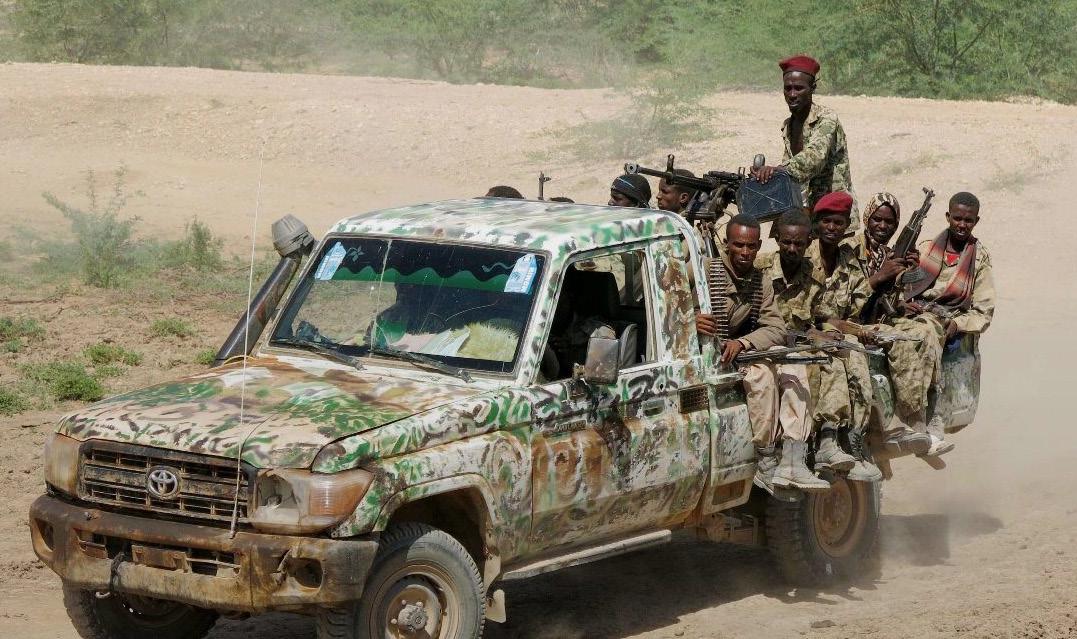

Fortunately the twin engines made turning a breeze,
and I expedited a perfect 180 degree turn.
The tanks were full, and everything was already set for takeoff. I open the throttles fully and the aircraft surged forward – and directly away from the gunmen behind us.
I waited until I could feel her wanting to fly and gently lifted the nose and let her climb, very shallowly to tree-
top height before selecting flaps and gear up.
Even fully laden, the 310R has a strong climb gradient and has enough power to climb out of tight runways.
I levelled out and set the engines to max continuous power. I was getting the hell out of there as fast as I could. I maintained the heading of 040, not veering off this direction for at least ten minutes, then turned slowly, heading out towards the ocean. Once over the waves, and far enough away from the coastline, I turned right again and began a climb to FL120, setting course for home.
I glanced around. This was the first chance I had to look at my Somali passengers. Both had massive grins on their faces, showing teeth as white as sun-cured bone. We gave each other the thumbs up and began laughing. I laughed so hard that I battled to see through the stream of tears that spilled from my eyes.
“Gentleman, you may now change your underwear.” I said in broken Arabic which elicited another round of raucous laughter.
I landed back at Wilson at 09h30Z, exactly 5 hours after my departure that morning.
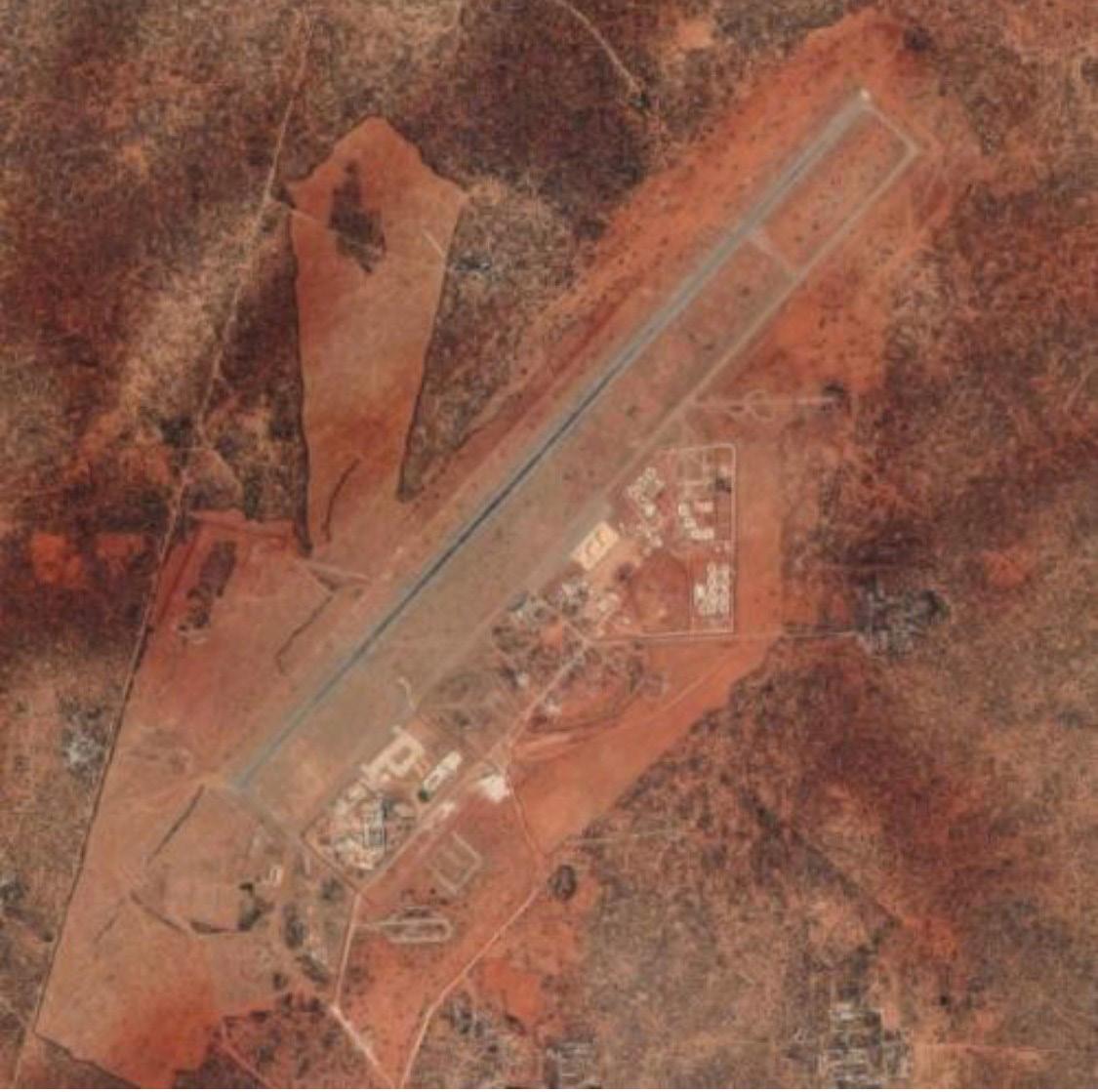
Back at the office, I found out that the other C310R, 5Y-TNT, had taken a couple of hits to the fuselage, and that it had to fly back on one engine. Luckily nobody was injured.
A bit later we heard that the attack at the airfield was initiated by the ex-Somali president, Said Barre’s people. These were random attacks, there was no logical reason for them. We were not deliberate targets, we just happened to be in the wrong place at the wrong time.

Whilst refuelling our aircraft, Gulu called me over to look at 5Y-BAF.
“Cuddles, I couldn’t make out why my left wing is leaking fuel. It turns out we took a hit.”
Sure enough, plumb in the middle of the left wing was a beautiful, perfect little mushroom shape in the metal, out of which fuel was streaming.
Aslam had given us a few days of “shell-shock” leave. I spent the next seven days at home writing letters and spending time with my beloved Great Danes.
I’d have to prepare myself for verbal flak from concerned friends and family once they read the letters. They will advise yet again that it was time for me to hang up my pilot’s cap and pursue a line of work less dangerous.
Had I followed the other two aeroplanes that morning, I believe I would’ve been shot out of the sky.
Critical decisions in the heat of the moment determine the difference between life and death.
I was spared that day, which meant that I would continue to fly to the best of my abilities until such time that I am no longer able or no longer willing.
DEHORNING RHINOS is not a solution to the rampant poaching that feeds the high demand for rhino horns created by spiritual beliefs, the practice of traditional medicine and ornamental uses. But it does help buy time and protect rhinos from poachers while conservationists and law enforcement bolster and develop more lasting solutions.
With no horns present, there is reduced reason for wildlife criminals to target and kill rhinos, so dehorning can be an effective, temporary safeguard against poaching. It causes no pain to the rhino, and the horns do grow back, just like our own hair or fingernails.
Before 6.00 every morning I walk towards the dew saturated helicopter, savouring the myriad of chirps, screeches and whistles from hundreds of birds calling the dawn chorus. Breathing in the aromas from the potato bush and flowering acacias, the calm belies the reality awaiting.
Dappled sunrays mingled with thin wisps of mist create a softening effect over the surrounding bush. Bush that is filled with beauty and horror.
In preparation for the unknown day ahead this ritual is performed, making myself and the helicopter airworthy. This is when the saying, “all dressed up with nowhere to go applies”, as it is now up to the fixed wing pilot to find us a rhino.
The A22 Foxbat has proven itself beyond question as the ideal spotter plane. With her 5 hour endurance burning only 17 litres mogas per hour and ability to penetrate wind safely, the Foxbat cruises so quietly over the bush that there is zero disturbance to the easily spooked rhino.
When the A22 pilot locates rhino that require dehorning, he sends us a GPS coordinate and brief description of the age, sex and group structure.
Everything is ready in the helicopter and within 2 minutes we lift. The Foxbat may lurk in the vicinity of the rhino until we have a visual, or move off to find more, but he is always ready to return and back us up as eyes, should the rhino group split up. This procedure not only saves a fortune in helicopter flying time, but is really efficient in finding animals as well as being ready to assist the helicopter when thing go pear shaped.
I try to keep the rhino on my
for the unexpected…and pray.
We fly four up, myself the driver, then next to me in front, a ranger, and in the back on the right side, our veterinarian. Next to the vet on the left is a technician. Also In the back and packed neatly into packs between the vet and tech is the essential equipment needed by the vet. The boot of the helicopter contains the electric chainsaw and grinder with spare batteries, cooler box for the blood samples and all the working equipment needed at the actual rhino. Each of us knows exactly our role, we banter and joke while waiting and even between operations, but understand each other so well that during work, it is silence. We have each-others’ backs.
We wait, semi-relaxed for the “ping”, sounding that a message has arrived, and then its Go.
There is a special calmness among us with that first early morning lift. Usually we are all silent, entranced in our own deep thoughts during the ferry to position. Inbound I break the silence with a heads up, “Ok we are 2 miles out to the GPS, eyes out.”
Mostly we find the rhino exactly at the co-ordinate, sometimes though, they have moved off in the 20 minutes delay, in which case I fly an ever widening 360 degree orbit until the 10 kms radius. If there is still no visual, we call back the A22 and search for a reasonable time period before calling it off. Regardless of finding the animal or not, once completed, we look for a nice spot with a view and stand by in the bush waiting for the next call. Each day we repeat this, and only stop working when the ambient temperature is too high and will jeopardise the rhinos’ safety from over-heating whilst immobilised.
“HFD, SAM do you copy?”
“Standing by.”
“I have 2 E class and 1 F class bull white, can I send loc?”
I plug the numbers into the GPS as the turbine spools up. After checking that everyone is secure, we lift
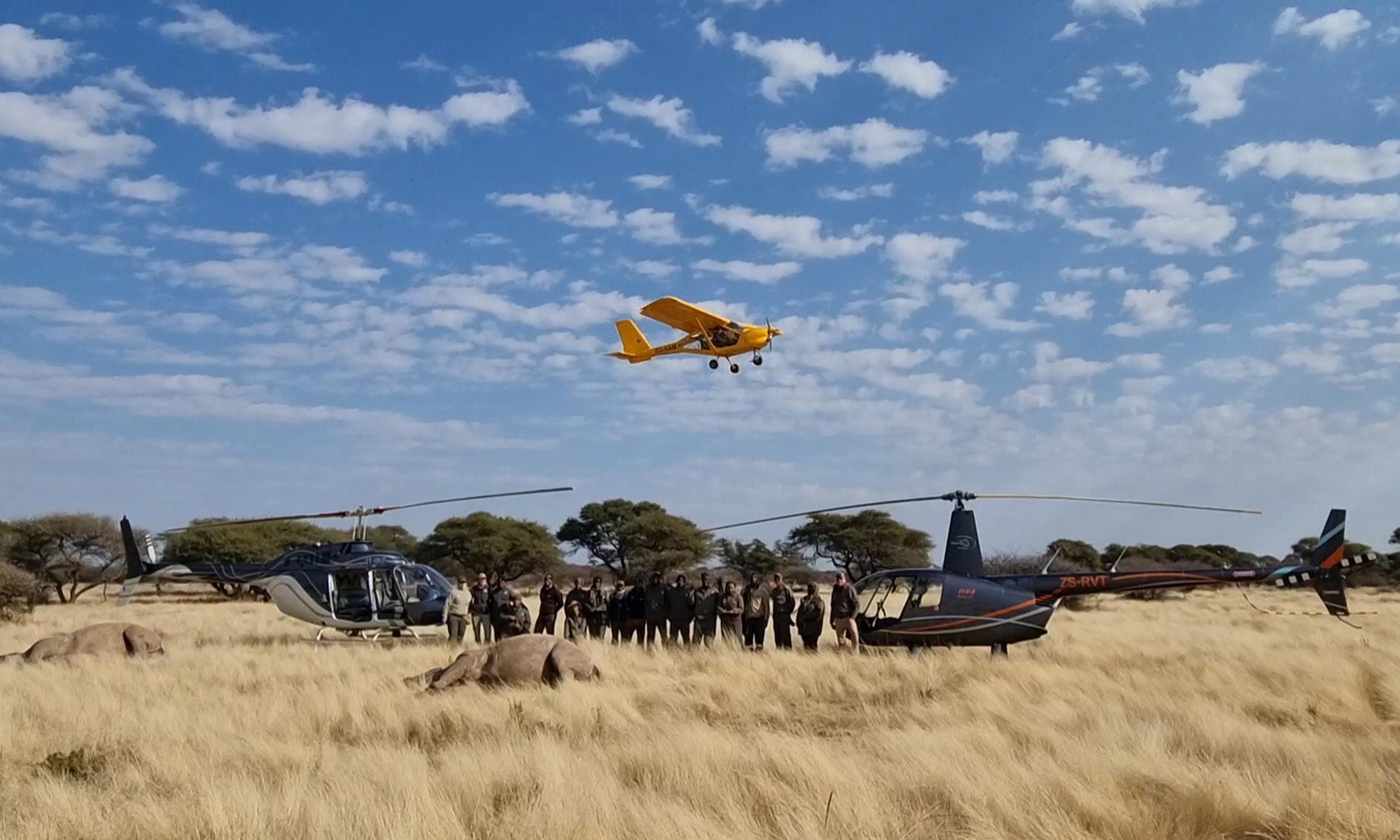
I set up for a smooth approach into wind
up over the trees aiming for the A22 which is orbiting 20 minutes away.
“SAM, HFD, we have visual, thanks. We going for the two E’s first, can you keep eyes on the F please?”
I come down low enough and do a single pass, during which time we assess the age, sex, size and condition of the two adult rhino, necessary for the correct drug dosage in the dart, then, satisfied, climb to 1000 feet agl and move away so as to not cause the rhino to run. Flying a slow orbit, I try to keep the rhino on my side and never take eyes off, not even for a second, unless I am certain another crew member has visual. You cannot imagine how quickly you can lose a rhino in the bushes and gullies.
“Ok John, I’m ready. Checking harness secure,” the vet calls out.
I start my decent and set up for a smooth approach into wind, aiming to reach the rear rhino at a ground speed exactly equal to the galloping rhino.
To be continued.....
Processing a rhino in nice open country is a rare luxury.
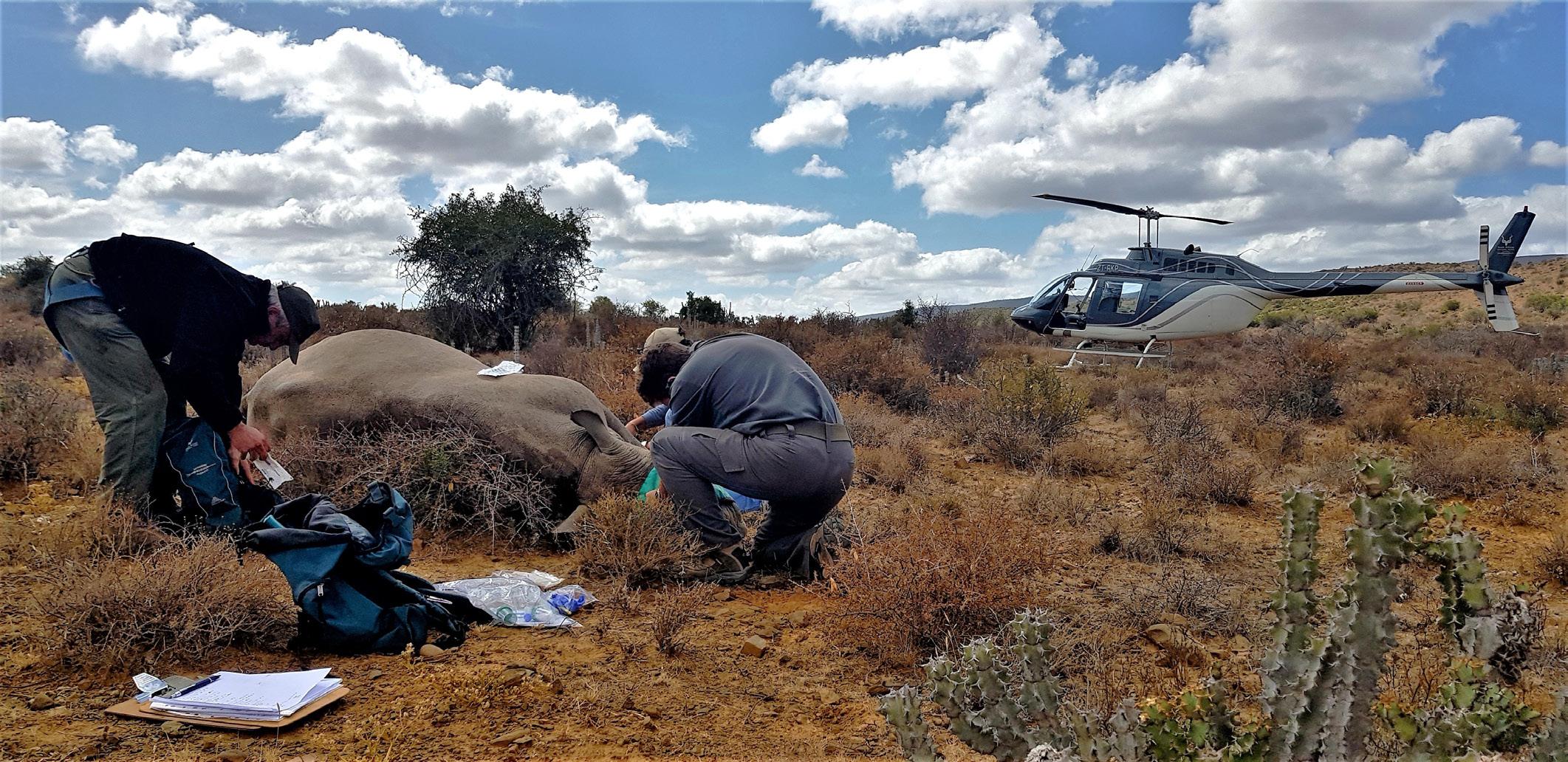

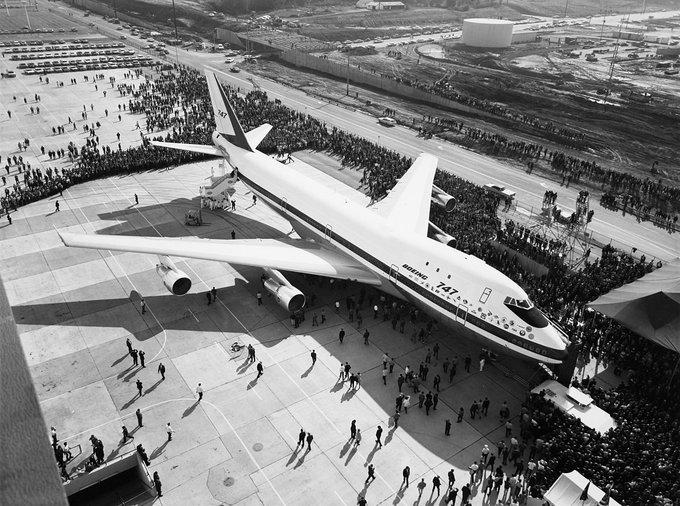
WITH 1,574 UNITS PRODUCED, the 747 was the most popular wide-body aircraft to be manufactured, until the title was claimed by the Boeing 777.
With four engined aircraft having been surpassed in economy by the big twin engine aircraft, in total, Boeing managed to sell 200 747-8, including cargoonly versions, delivering 153 aircraft as of October 31, 2022, according to Boeing’s Orders and Deliveries website.
The 747-8 Freighter was designed with a 975,000 lb (442 t) maximum take-off weight with a payload capability of 308,000 lb (140 t) and a range of 4,390 nmi (8,130 km). Four extra pallet spaces were created
on the main deck, with either two extra containers and two extra pallets, or three extra pallets, on the lower deck.
The penultimate 747 was delivered to Atlas Air on November 22, 2022. Atlas Air signed an agreement with Boeing for the last four 747s to be produced in January 2021, finalising the customer list for the 7478F and in turn, the last Queen of The Skies.
The very first Boeing 747 (747-100) is now on display at Seattle's Museum of Flight located at the southern end of King County International Airport in the city of Tukwila, immediately south of Seattle.
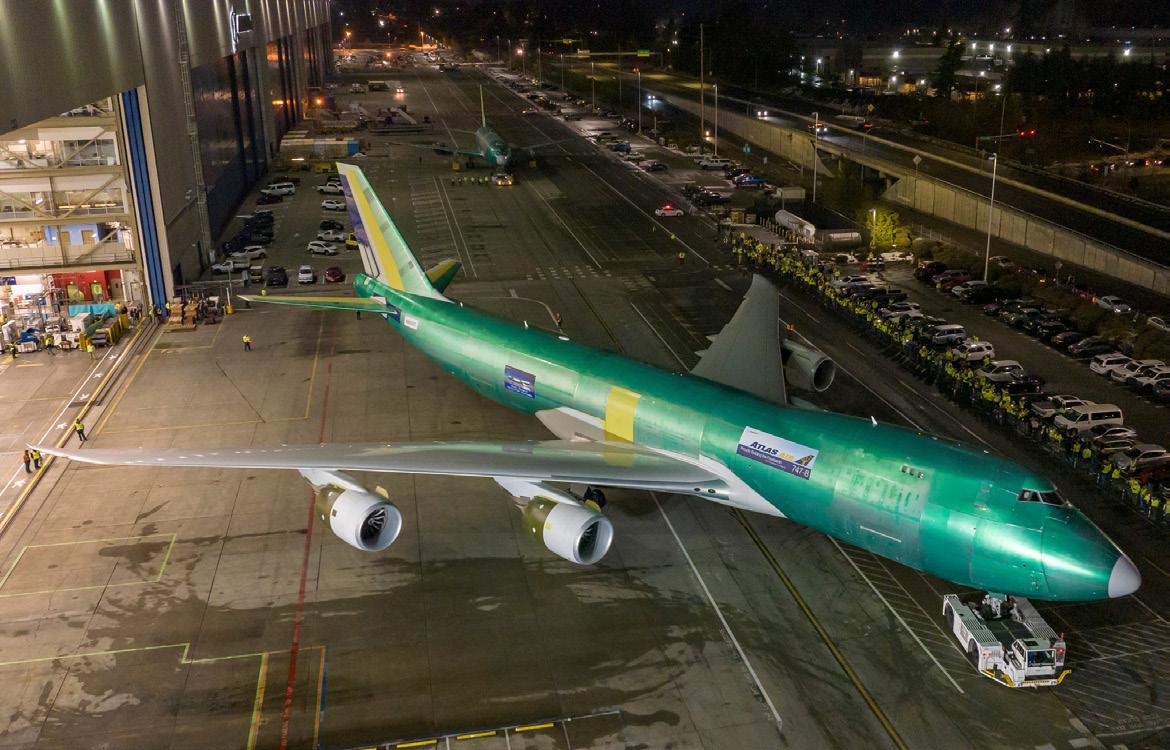
IATA’S REGIONAL VICE-PRESIDENT for Africa and Middle East (AME), Kamil AlAwadhi, has provided a succinct overview of the state of the African airline industry, and its slow recovery from the Covid years.
In a speech to the African Airlines Association (AFRAA) in Dakar in December, Al-Awadhi said,. “As we continually demonstrate, our industry is resilient; and we also know that we can do much more together to make it even more so.”
The losses suffered by African airlines were small compared to the rest of the world. Al-Awadhi pointed out that, “Last year, airlines worldwide lost a combined $42 billion. Africa’s airlines are on track to post a combined $638 million loss this year, with demand still 32.3% lower than 2019 and capacity 31.1% off the 2019 high-tide.”
Looking ahead to pending results he said that “IATA’s outlook sees the global loss reduced to $6.9 billion for 2022 and, any other shocks notwithstanding, a return to industry-wide profit in 2023 where we forecast a $4.7 billion profit on $779 billion worth of revenues.
“Nevertheless, in the face of macro-economic headwinds and the increased vulnerability of several African economies, the continent’s airlines should reduce these losses by about two-thirds, falling to $213 million, next year. We see this being driven by a 27.4% rebound in passenger traffic and capacity increasing by 21.9%. By the time we gather for the 2023 AFRAA assembly, traffic should have recovered to 86% of pre-COVID levels.”
Al-Awadhi noted; “this is a forecast for the entire continent, but we know each sub-region moves at its own pace, reflecting its unique advantages and obstacles. Some have seen demand return faster than others.”
African carriers failing to operate routes on which they are the sole designated airline
Cargo has been the lifeline for Ethiopian airlines which consolidated its position as by far Africa’s largest carrier. African airlines are experiencing unprecedented load factors, and many are operating at, or near to, maximum capacity.
However, there are some key regional challenges. Al-Awadhi says, “cargo markets, which achieved unprecedented highs during COVID, will come under increased pressure in 2023. IATA is anticipating volumes to fall to 57.7 million tonnes (from a 65 million tonne peak in 2021), a $52 billion slide in revenues, and yields contracting by 22.6%, as passenger markets recover and belly space on passenger jets once again fills up. In June cargo demand was 111.7% higher than 2019 levels., but it will end the year at 98.4% of those levels. As with most markets, the cargo picture in Africa has reversed. Our latest analysis points to a deepening year-on-year contraction which was down to -8.3%. in October.”
Reiterating IATA’s concerns about structural African industry problems – he said that IATA is focussing on
four challenges: 1. Connectivity, 2. Market access and regulatory reform. 3. Taxes, charges and rising costs. 4. Environmental sustainability and safety.
In terms of air connectivity, Africa is one of the most populated places on Earth, yet it accounts for just 1,9% of global passenger and cargo traffic, thanks largely to the dearth of intra-African connectivity and barriers to market access. The African share of the world’s aviation market has now dropped below 2%, despite the continent having around 20% of the world’s population.
Some notable industry development initiatives are underway. “The latest AFCAC Pilot Implementation Programme (PIP) is a welcome initiative and, if it enjoys sufficient buy-in and fair-play between its 17 participating countries, then it should be a powerful demonstration to the continent’s other 38 nations of the commercial, economic and social benefits that are waiting,” Al Awadhi says.
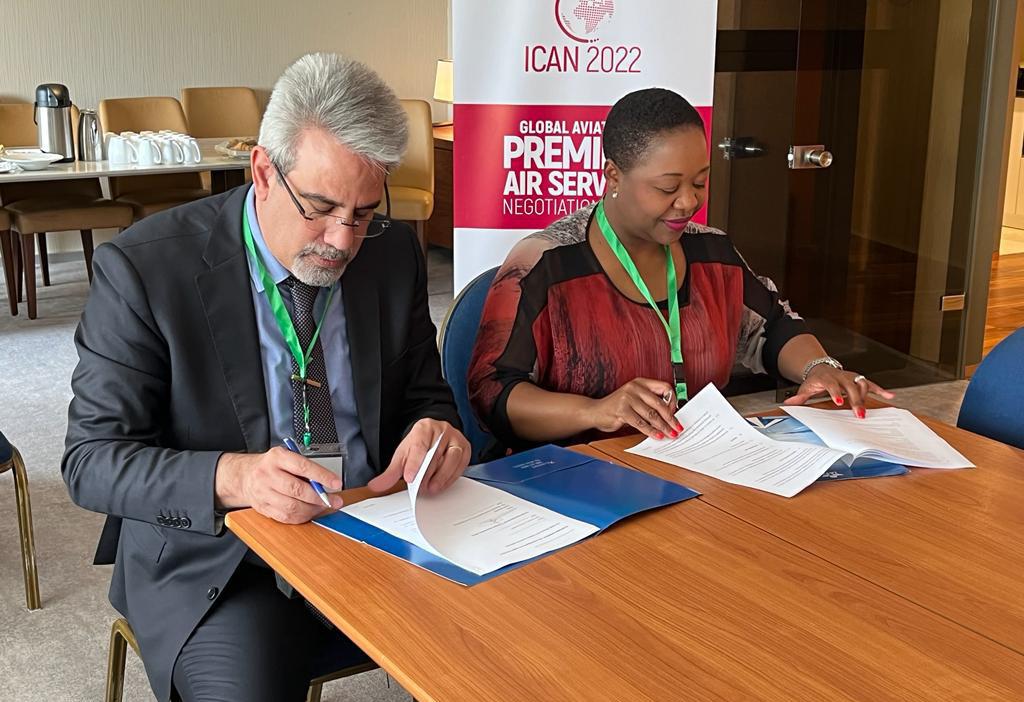
continues to be central IATA theme. “… let us not kid ourselves and get carried away patting ourselves on our backs. The PIP is a step towards the Single Africa Air Transport Market. Fifth freedom traffic rights are the most visible and attractive component of SAATM, but the devil is in the detail. Not only do we require a common understanding of what these market freedoms are, but also of how they are to be applied and administered. It requires just as much commitment to removing other protectionist instruments such as inconsistent and differential charges, as well as administrative obstacles, that run counter to the spirit and intentions of SAATM,” he says.
“If we zoom out and consider inter-continental markets, it is distressing to see certain African carriers failing to operate key routes on which they are the sole designated airline for their countries. Despite the reciprocal countries carriers expanding their operations, they can only do so up to the limits set out in the bilaterals. This is leaving many markets underserved. By choking capacity in this way, commercial opportunities are being squandered and slowing the recovery of lucrative long-haul foreign source-markets for tourism and trade. In turn, this is delaying the delivery of socio-economic benefits and attainment of many of the UN Sustainable Development Goals in
the region.
“The solution is not necessarily to start or prop-up unviable airlines. It is to reform the current regulatory regime and replace it with one that is fit for purpose.”
Focussing on the other key constraint of poor infrastructure and the unhealthy monopoly of many airports, Al-Awadhi said, “Another threat to Africa’s traffic recovery and future growth is poor or inadequate infrastructure, resulting in sub-standard passenger service. “Some of Africa’s largest airports have recently completed, or are currently undertaking, major expansion programmes, many of them are positive.
“However, from the airlines’ perspective, such capex projects should be concluded collaboratively between airports and airlines. They require demonstrated costbenefit analyses and a robust interrogation of asset efficiencies, as these infrastructure plans will impact on future user-charges. Regulation is also needed to prevent abuse of market power and to ensure that providers’ capacity plans are aligned with market realities.”

“Every member of the air transport value chain experienced pain during the pandemic. But now is also not the right time to be increasing levies, hiking carbon taxes or introducing new taxes on air transport, trade or tourism. We are mutually co-dependent on each other. Every increase deters increasingly cost-sensitive customers, resulting in fewer travellers and even less revenue, not just for airlines, but for all stakeholders across the value chain, including: airports, ground handlers, suppliers and air navigation services. Ultimately, they set back economic growth and curtail opportunities to create and support jobs and livelihoods.
The high taxes and charges and costs imposed on
African airlines are another key constraint. The high price of oil is a particular concern. “Although oil prices have retreated from mid-year peaks, the average price of jet fuel so far this year [2022] has been US$138.8 a barrel. This means airlines will collectively pay an extra US$222 billion for fuel this year compared with 2021. Fuel accounts for 30% of airline costs.
“Most disconcerting is the widening gap, or crack, between the price of crude and jet fuel. Historically this held at about US$20 a barrel, but since this February it has opened up to around US$45, indicating how refiners and suppliers are holding back supplies to artificially keep prices high.”

Regarding costs, Al-Awadhi praised the South African model. “…. South Africa, where the Government, through the regulatory process, brings together aviation stakeholders for open and transparent consultations when setting aeronautical user charges, both for ATNS and ACSA. We encourage more governments in the Africa region to follow this example on how to engage users for an effective consultation by implementing robust economic regulations on aviation, with an independent arbitrator.”
Underlining IATA and ICAO’s environmental focus, Al-Awadhi stated, “There should be no doubt that climate change is real and represents our biggest and most fundamental challenge. We applaud the unanimous adoption of a Long-Term Aspirational Goal to achieve net zero CO2 emissions by 2050, at the recently-held ICAO assembly. This is a significant moment as it compels governments and the aviation industry to rapidly implement far stronger, deeper and greater decarbonisation initiatives, including increasing production of Sustainable Aviation Fuels. SAF production is moving in the right direction and should reach at least 300 million litres by the end of this year – that’s a 200% increase on 2021 production.
“We need to hold governments accountable for their CORSIA commitments. Too many states are introducing aviation carbon taxes that could undermine CORSIA. The lower CORSIA baseline will already place a significantly greater cost burden on airlines. It is critical that governments do not chip away at the cement which binds CORSIA, especially as they have already agreed to it as the only economic measure to manage the carbon footprint of international aviation.”
Africa has had an excellent year in terms of safety. “In 2021, African airlines on the IOSA registry had zero accidents, [however] incidents across Africa by regional and global operators continue to be experienced.
reporting and investigation of incidents and accidents.
Adopting a more aggressive approach to addressing the highest recurring operational risks.
Prioritising Safety data and information exchange by all stakeholders is a must, not a nice to have, in order to build an accurate picture across the continent.
Promoting the understanding of the critical importance of aeronautical information (NOTAM/AIP etc) to aviation safety, addressing as priority the regional deficiencies, with a clear commitment to improve by all States and stakeholders.
Focusing on operational resilience; the region is fraught with disruption to flight operations bringing with it operational risk. It is essential we review the processes for Contingency Coordination for the region, not only to ensure minimum operational disruption, but to ensure at no point there is any degradation to service provision or safety.”
Concluding, Al-Awadhi said, “We are in recovery mode, but we could be tripped up. Proper planning, coordination and the provision of adequate staff and appropriate resources by airports, ANSPs and other service providers are crucial. Aviation and tourism are not to be treated as easy targets for collecting taxes and charges without reinvesting in improved infrastructure, training or service delivery. Some of the most expensive airports in Africa are also ones with the lowest service levels and infrastructure. This disparity between cost and quality is unacceptable.
“Regrettably the region’s accident rate remains the highest. This should serve as sharp reminders that we need to work together towards:
Enhanced safety oversight particularly in the areas of
“Connectivity is precious. The pandemic demonstrated that everybody suffers when aviation stops. It also dispelled the myth that flying only benefits the rich. A financially viable air transport sector, in a fit-forpurpose and enabling regulatory environment supports jobs, promotes transformation and will be a driving force for Africa’s economic recovery and future growth. And finally, safety is paramount and the focus on this must be unwavering,” Al-Awadhi concluded.



GL: Airlink has shown itself to be exceptionally resilient in emerging from the Covid pandemic in good shape and is now growing strongly. To what do you attribute this success?
RF: I think the key is that we are agile. During Covid we were determined to survive and so we took stock of the pandemic, which we recognised as a dynamic uncertainty. We had to think on our feet, constantly adapting all the way through it. We had to take advantage of every opportunity that we could, and we had to do it all well. We had to go back to basics and rebuild the business from first origins.
As we came out of the lockdown we restored our network route by route. We worked with the regulators and the authorities in neighbouring countries like Namibia and we were able to quickly mobilise air access as it became available through easing of the lock-down.
And let’s not forget that the industry had its problems before Covid. Arguably, there was too much capacity. The fares that had been achieved before Covid were not adequate to cover even the direct variable costs across the industry. What Covid did is it created a watershed that separated the survivors from those who didn't.
GL: Many airlines are now battling with staff shortages.
The most important element of our survival strategy was that we took care of our staff in whichever way we possibly could. Fortunately, we were able to retain all our staff. Having no one lose their job has created unity, a sense of belonging, and a common vision throughout the organisation.
GL: The banks must now be even more cautious of airlines. How have you managed to finance your rapid growth?
We have never had a shortage of cash, thanks to our austerity plan, and we have been able to use that cash wisely, as best we could in rebuilding the business.
GL: How have you managed the demands of growth for your rapid post-Covid expansion?
Right now we are at approximately 150% of where we were pre-Covid. Although we have added capacity back into the system, we haven't added it irresponsibly. We add capacity as the market demands and so have

created a better balance between supply and demand than what there was pre-Covid.
GL: You have been operating a Boeing 737-300, which is now in Airlink colours – is this the start of a new era? Now that you operating Joburg-Cape Town, are you going to have to move up to narrow bodies in your owned fleet?

The Boeing 737 is a short term ACMI wet lease that we have been operating for at least the past nine months. When we renewed the short lease in September for a year we got them to change the livery.
Re-up-gauging: the first step is our Embraer 195 initiative. The EMB195 has more or less the same operating costs as a 190 on a trip cost basis. But when you divide the number of seats into the costs, the 195 gives slightly better operating economics. However, we are naturally not quite on par with the lowcost carriers, so eventually we will have to up-gauge. I can't tell you exactly how and when that will materialise. It will be when we realise that we do not yet have adequate presence on the trunk markets – which are very much part of a long-term network plans.
GL: You have now succeeded, seemingly against all odds, of recovering your rights to operate to Madagascar. That must have taken much behind the scenes negotiation. How did you do it?
We have been in continual engagement with all the key role-players, especially those in Madagascar, such as their CAA and Department of Transport. At the same time, we engaged all the help we could from our side – from our SACAA, the Department of International Relations and Cooperation (DIRCO) and the Department of Transport.
But what I think finally persuaded the Madagascans
was economic reality. The Madagascan Tourist Authority found that inbound tourists for December 2022 were at just 60% of 2019 levels – despite a much stronger world-wide recovery. They realised that the loss of air connectivity was having a direct impact on their all-important tourism revenue, not to mention all the many other reasons people travel to South Africa, such as for: schooling, medical tourism, shopping, visiting friends and relatives and of course for leisure tourism.
In the end, economics triumphed, so we will restart at the beginning of February with one flight per week –increasing to daily. We aim to restart operations to Nosy Be as soon as we are able. We also have significant charter and contract flight operations in Madagascar. We are therefore getting back into Madagascan operations holistically, so we are studying the timeline of when people book for flights – especially for peak periods such as school holidays.
GL: What is your biggest single constraint to growth?
We have to re-establish equity as our balance sheet is going to be a constraint. As a business you can have agility and vision, and expand your horizons and increase your footprint, but you can't do any of those without equity. If you want to raise debt, then you have to keep your debt-equity ratio within your financial covenant terms. So, in the short term, the big constraint is going to be the balance sheet, but we can see ways in which, if we carry on doing what we are doing at the moment, the balance sheet will be restored in due course.
that we have the best OTP. It is a key objective for us as many of our flights are feeder routes to the international carriers and especially our codeshares partners.
GL: Congratulations on once again winning the ACSA On Time Performance award.
Thank you. We achieved 95.35%. Importantly, we were consistent in that we managed better than 95% at all nine ACSA airports. To do this requires a huge team effort across all parts of the company’s operations. We have a task team whose job it is specifically to ensure
GL: What are your plans for further expansion into Africa? You have recently been awarded a number of new routes, so you seem to have a friendly International Air Services Licensing Council.
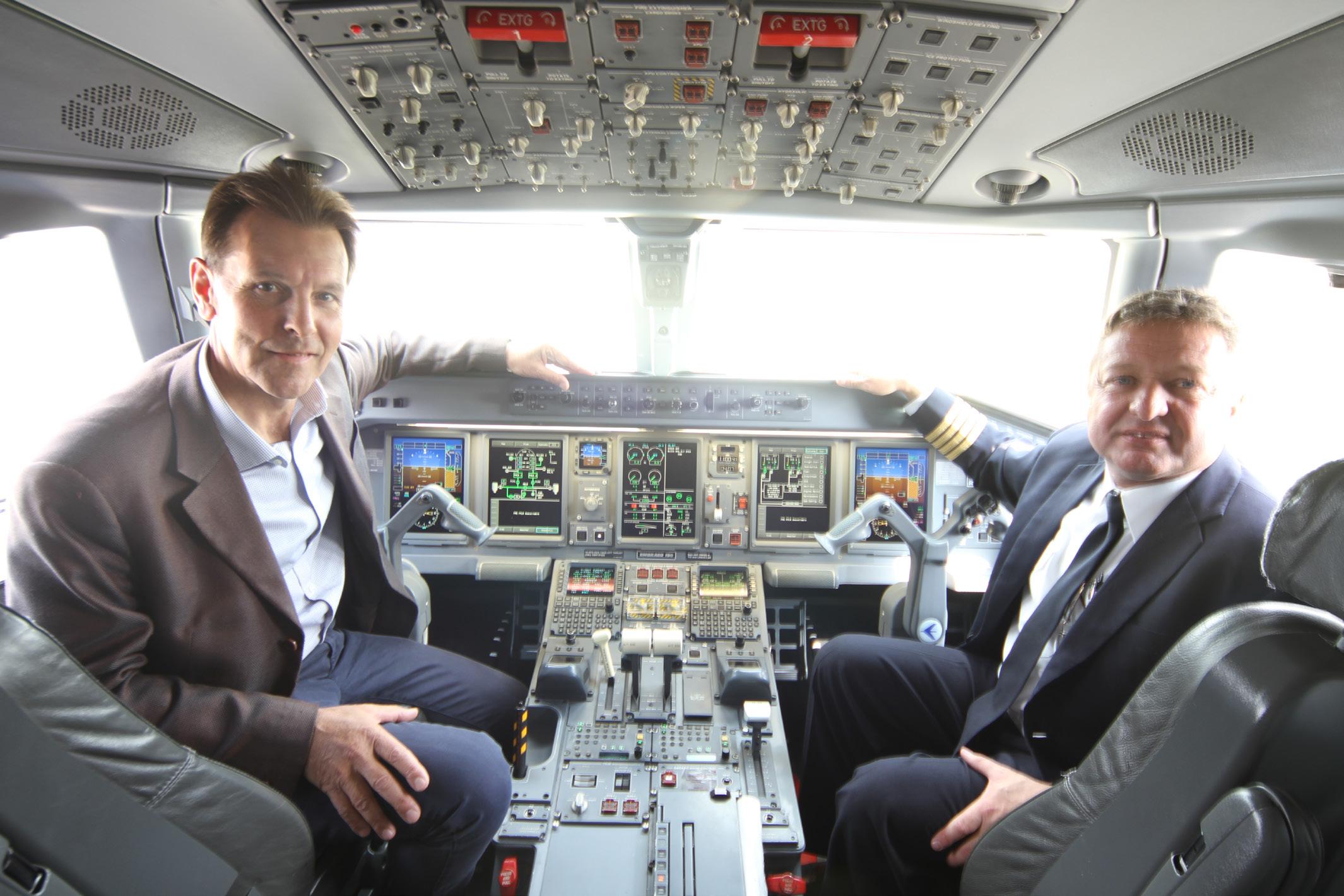
We have been awarded additional traffic rights which we applied for as long ago as September 2020. We also have air traffic rights which we haven't yet used which we have had for quite some time, and we will be exploring those traffic routes imminently.
It is not our style to publicise those plans at this moment. We are still working on the letters of designation through the diplomatic channels where a Note Verbale has been exchanged. Also, the foreign operator's permits have been applied for. But in due course we will make announcements as to where we are next going to expand our tentacles within the region.
THE SOUTH AFRICAN Air Force celebrated “Prestige Week” in Pretoria which ended with a flying day on Saturday 28 January with the SAAF museum at Swartkop Air Force Base.

This Prestige event is to celebrate successes during the past year and also to celebrate the birthday of the
SAAF, which will be 103 years old in 2023.
Our roving photographer Trevor Cohen captured a selection of images from the flying display.

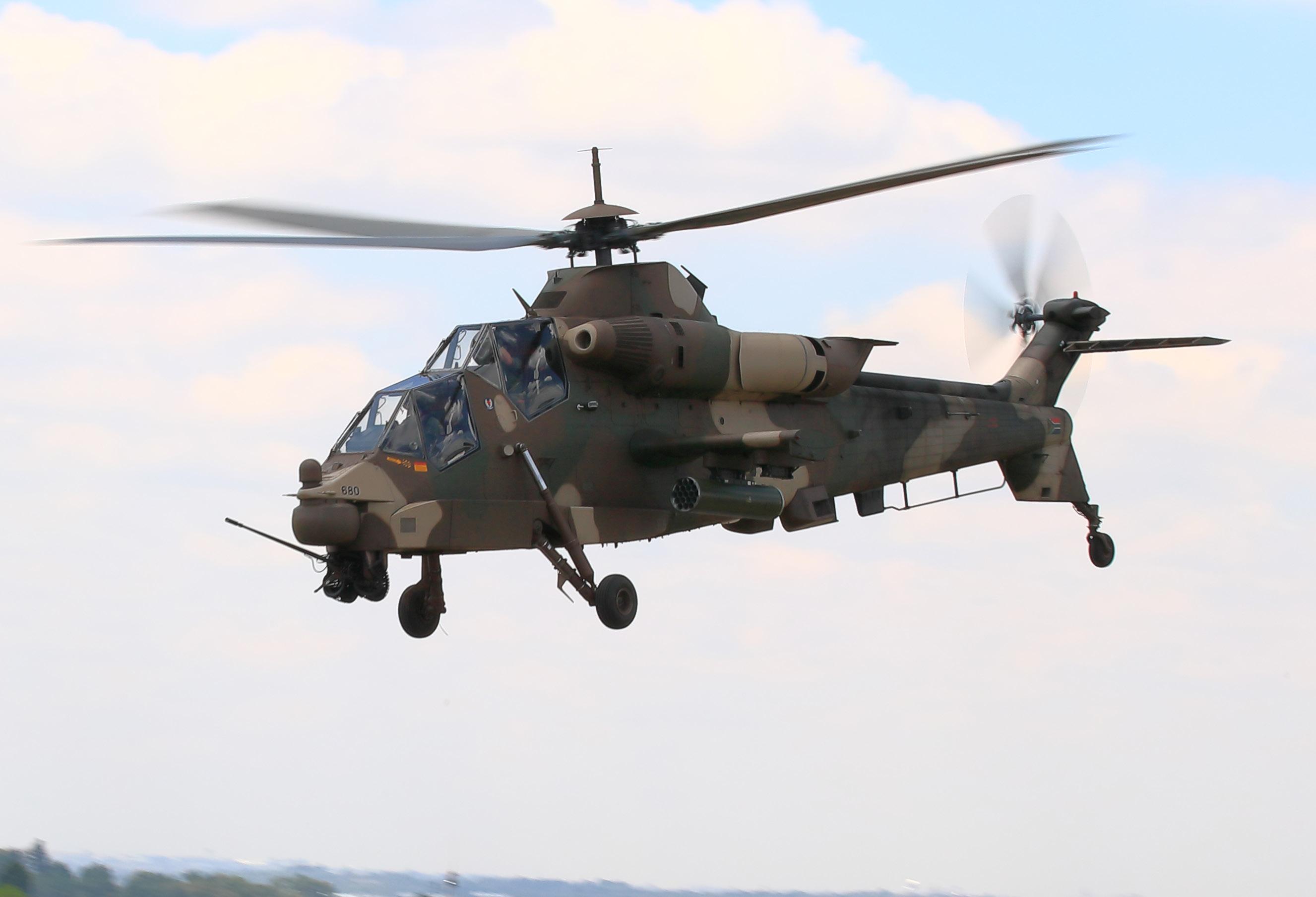
In the absence of an airworthy Gripen, the
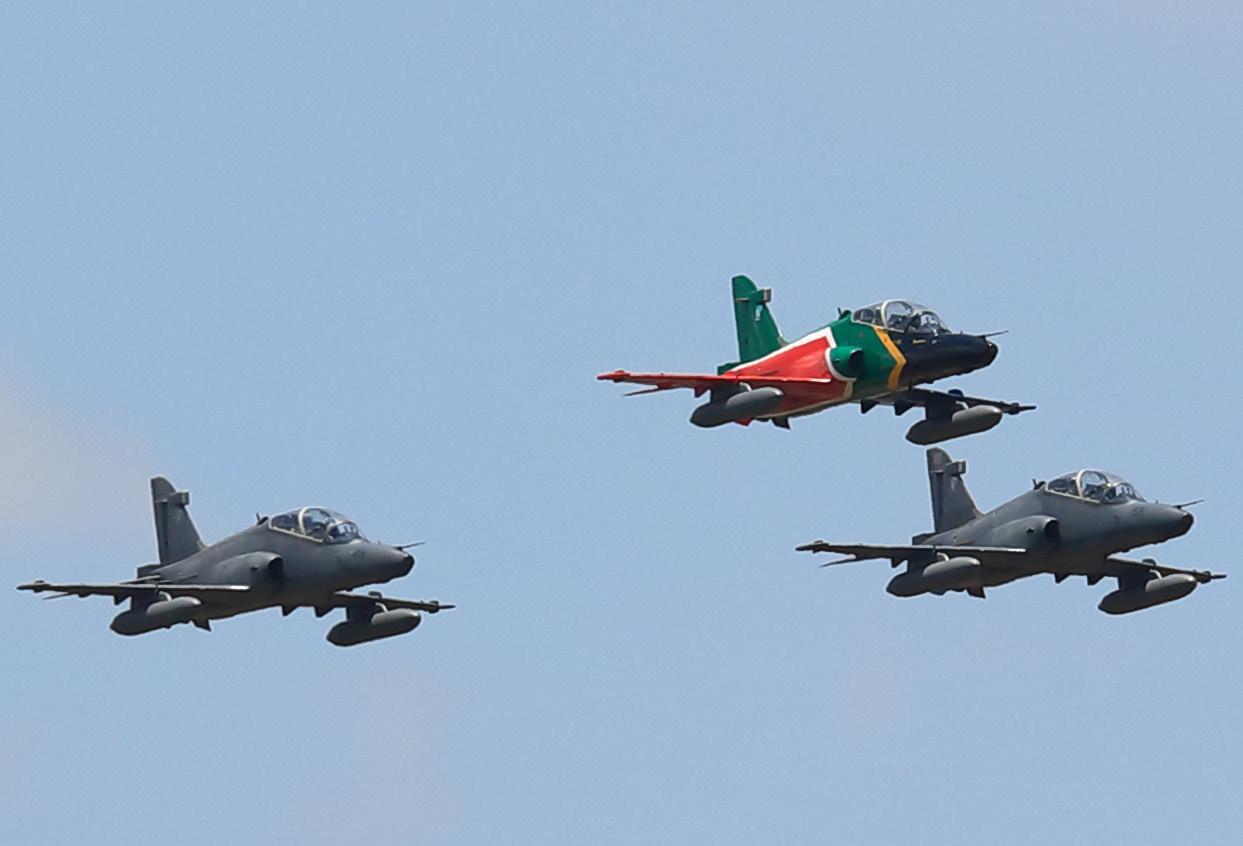
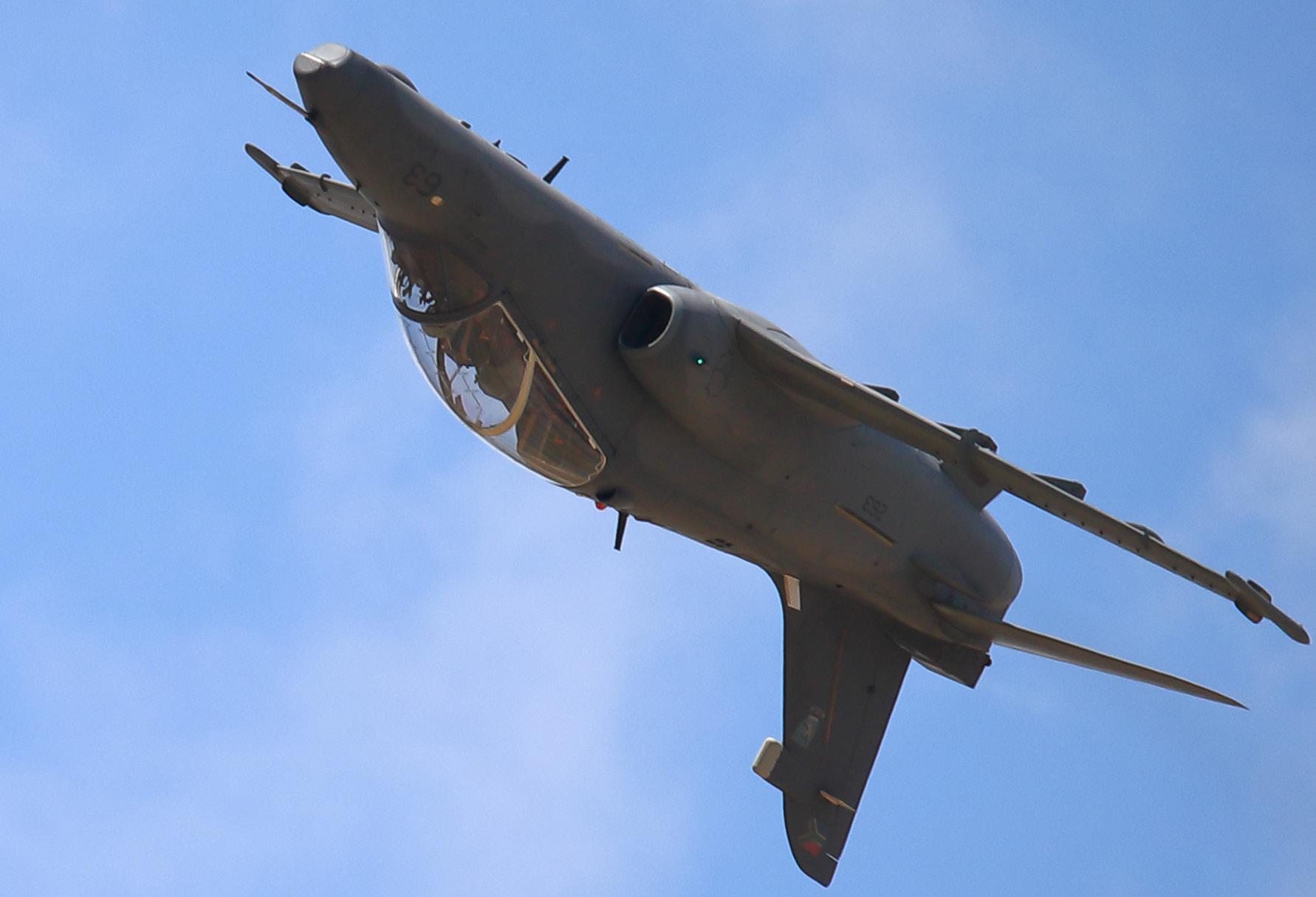
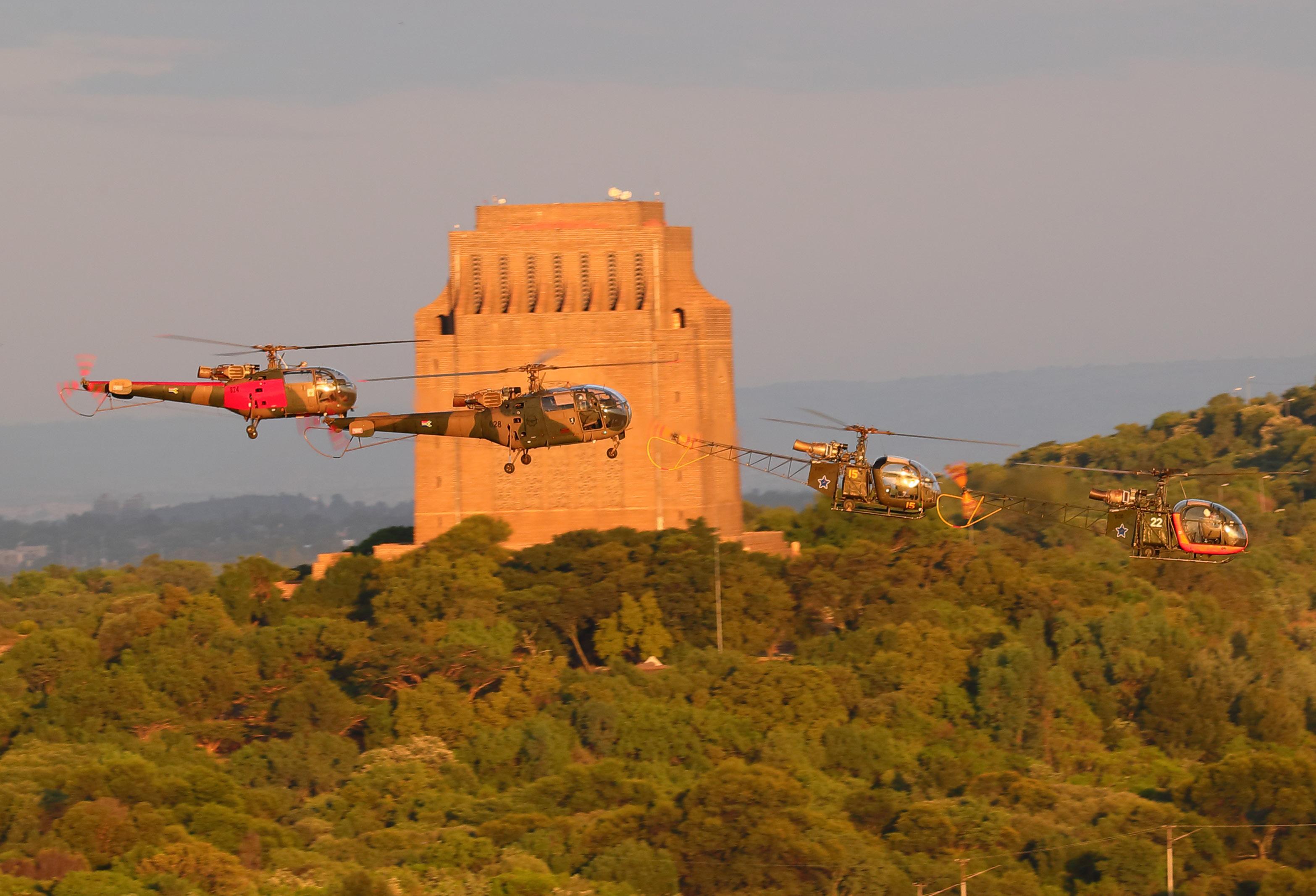
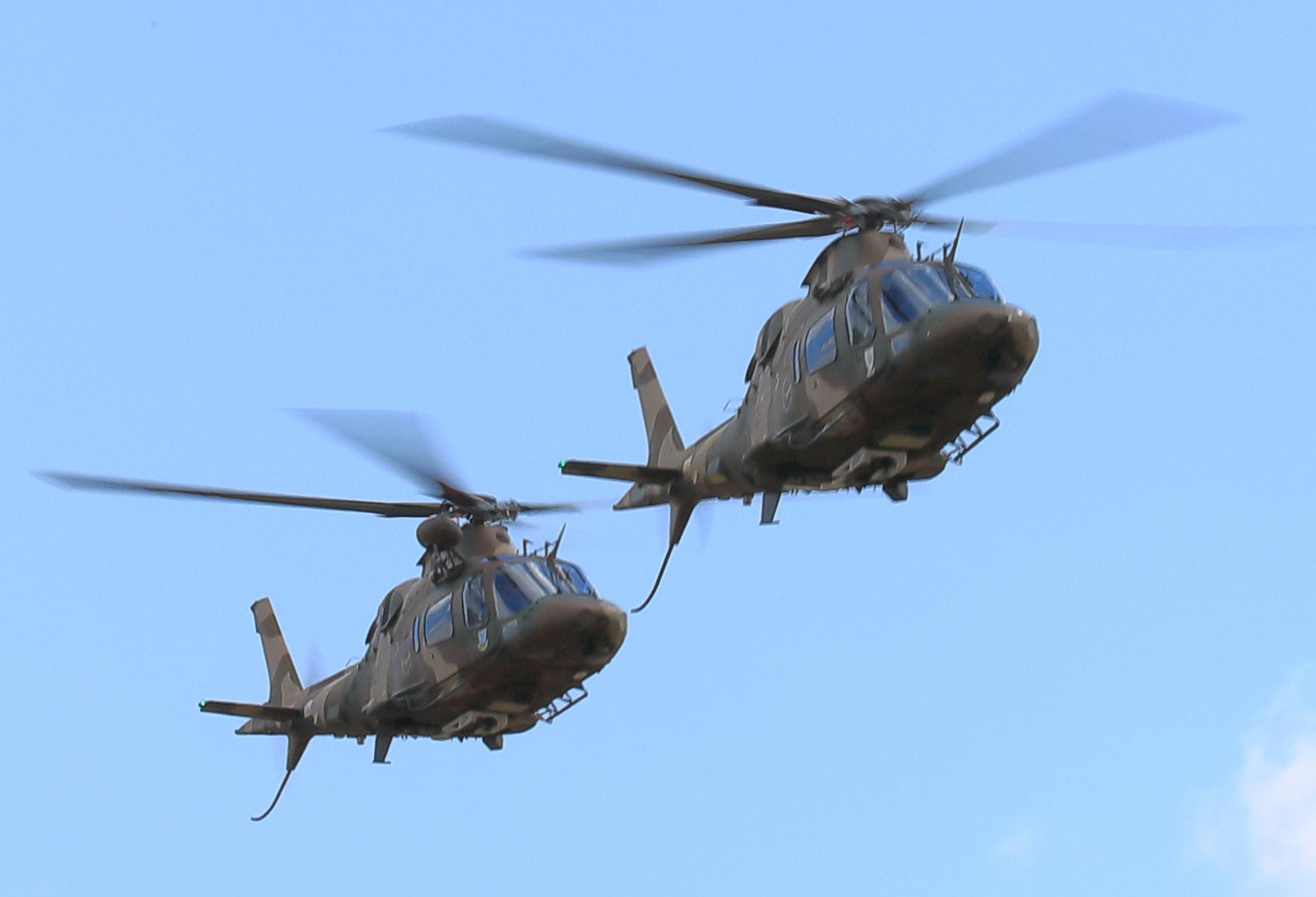

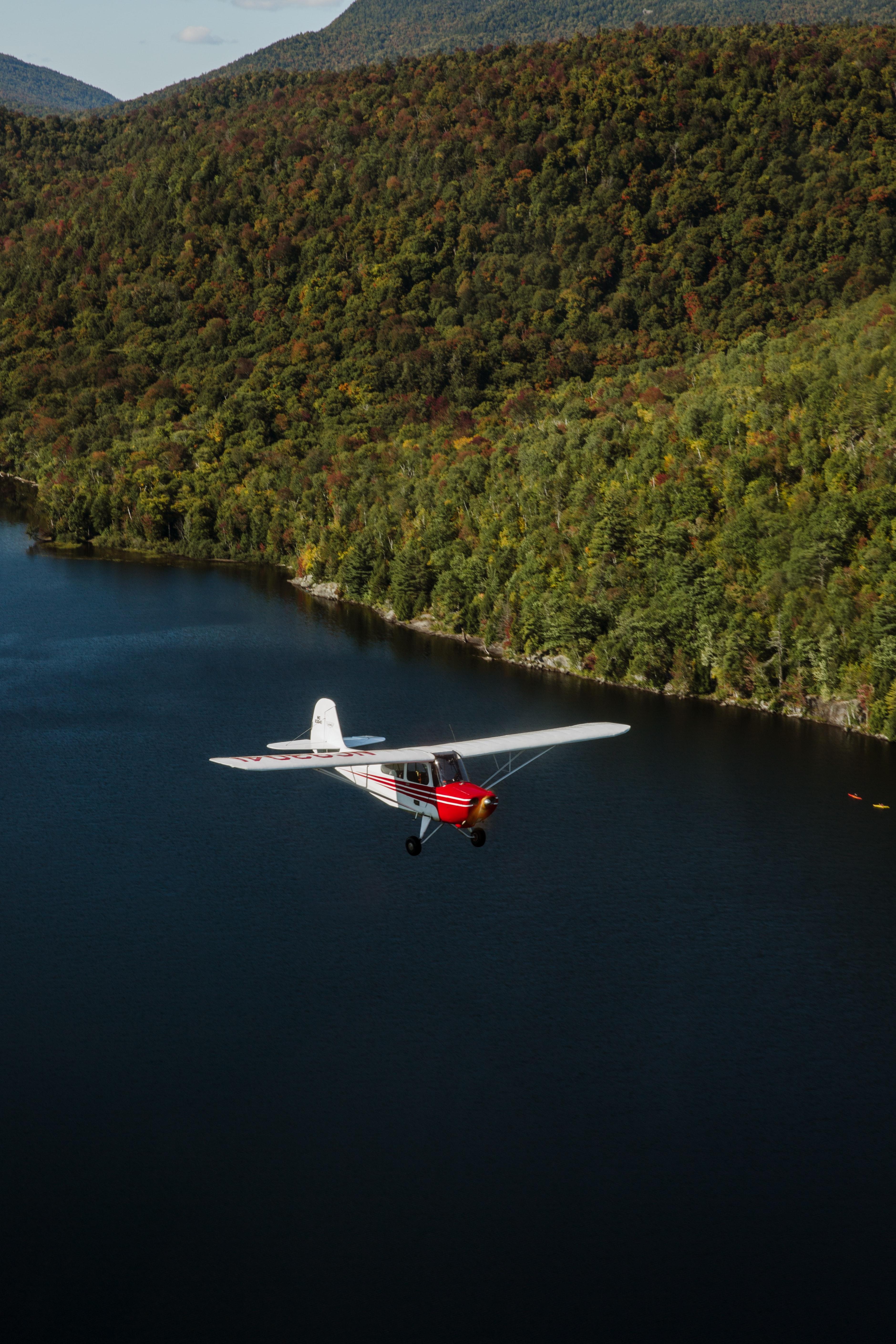


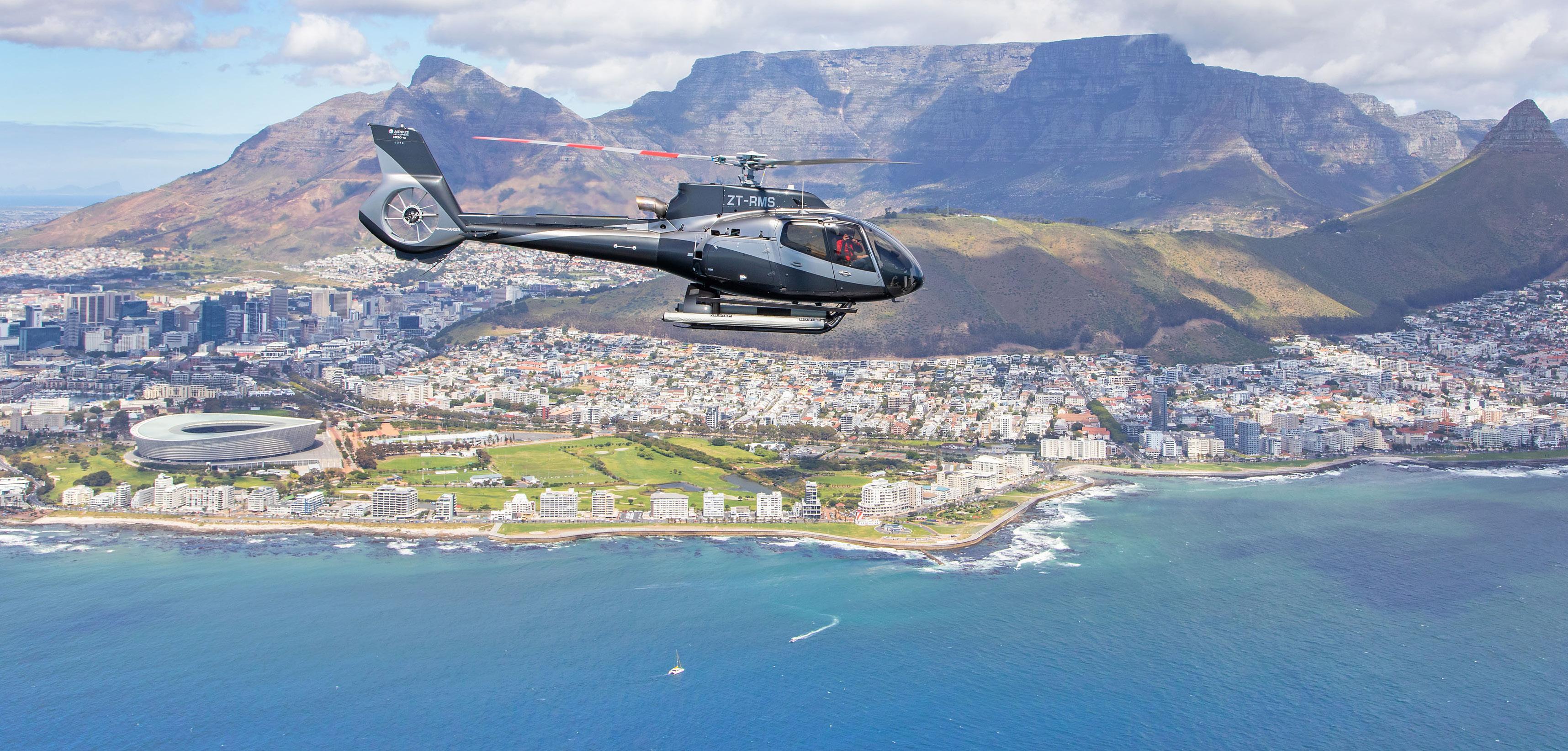
A1A Flight Examiner (Loutzavia)
Jannie Loutzis 012 567 6775 / 082 416 4069 jannie@loutzavia.co.za www.loutzavia.co.za
Adventure Air
Lande Milne 012 543 3196 / Cell: 066 4727 848 l.milne@venture-sa.co.za www.ventureglobal.biz
AES (Cape Town)
Erwin Erasmus 082 494 3722 erwin@aeroelectrical.co.za www.aeroelectrical.co.za
AES (Johannesburg)
Danie van Wyk 011 701 3200 office@aeroelectrical.co.za www.aeroelectrical.co.za
Aerocore
Jacques Podde 082 565 2330 jacques@aerocore.co.za www.aerocore.co.za
Aero Engineering & PowerPlant
Andre Labuschagne 012 543 0948 aeroeng@iafrica.com
Aero Services (Pty) Ltd
Chris Scott 011 395 3587 chris@aeroservices.co.za www.aeroservices.co.za
Aeronav Academy
Donald O’Connor 011 701 3862 info@aeronav.co.za www.aeronav.co.za
Aeronautical Aviation
Clinton Carroll 011 659 1033 / 083 459 6279 clinton@aeronautical.co.za www.aeronautical.co.za
Aerotric (Pty) Ltd
Richard Small 083 488 4535 aerotric@aol.com
Aircraft Assembly and Upholstery Centre
Tony/Siggi Bailes 082 552 6467 anthony@rvaircraft.co.za www.rvaircraft.co.za
Aircraft Finance Corporation & Leasing
Jaco Pietersen +27 [0]82 672 2262 jaco@airfincorp.co.za
Jason Seymour +27 [0]82 326 0147 jason@airfincorp.co.za www.airfincorp.co.za
Aircraft General Spares Eric or Hayley 084 587 6414 or 067 154 2147 eric@acgs.co.za or hayley@acgs.co.za www.acgs.co.za
Aircraft Maintenance @ Work Opelo / Frik 012 567 3443 frik@aviationatwork.co.za_ opelonke@aviationatwork.co.za
Aircraft Maintenance International
Pine Pienaar 083 305 0605 gm@aminternational.co.za
Aircraft Maintenance International Wonderboom Thomas Nel 082 444 7996 admin@aminternational.co.za
Air Line Pilots’ Association
Sonia Ferreira 011 394 5310 alpagm@iafrica.com www.alpa.co.za
Airshift Aircraft Sales
Eugene du Plessis 082 800 3094 eugene@airshift.co.za www.airshift.co.za
Airvan Africa Patrick Hanly 082 565 8864 airvan@border.co.za www.airvan.co.za
Algoa Flying Club Sharon Mugridge 041 581 3274 info@algoafc.co.za www.algoafc.co.za
Alpi Aviation SA Dale De Klerk 082 556 3592 dale@alpiaviation.co.za www.alpiaviation.co.za
Apco (Ptyd) Ltd Tony/Henk + 27 12 543 0775 apcosupport@mweb.co.za www.apcosa.co.za
Aref Avionics Hannes Roodt 082 462 2724 arefavionics@border.co.za
Atlas Aviation Lubricants
Steve Cloete 011 917 4220 Fax: 011 917 2100 sales.aviation@atlasoil.co.za www.atlasaviation.co.za
ATNS Percy Morokane 011 607 1234 percymo@atns.co.za www.atns.com
Aviation Direct Andrea Antel 011 465 2669 info@aviationdirect.co.za www.aviationdirect.co.za
BAC Aviation AMO 115
Micky Joss 035 797 3610 monicad@bacmaintenance.co.za
Blackhawk Africa Cisca de Lange 083 514 8532 cisca@blackhawk.aero www.blackhawk.aero
Blue Chip Flight School
Henk Kraaij 012 543 3050 bluechip@bluechip-avia.co.za www.bluechipflightschool.co.za
Border Aviation Club & Flight School
Liz Gous 043 736 6181 admin@borderaviation.co.za www.borderaviation.co.za
Breytech Aviation cc 012 567 3139 Willie Breytenbach admin@breytech.co.za
Bundu Aviation Phillip Cronje 083 485 2427 info@bunduaviation.co.za www.bunduaviation.co.za
Celeste Sani Pak & Inflight Products
Steve Harris 011 452 2456 admin@chemline.co.za www.chemline.co.za
Cape Aircraft Interiors
Sarel Schutte 021 934 9499 michael@wcaeromarine.co.za www.zscai.co.za
Cape Town Flying Club Beverley Combrink 021 934 0257 / 082 821 9013 info@capetownflyingclub.co.za www.@capetownflyingclub.co.za
Century Avionics cc
Carin van Zyl 011 701 3244 sales@centuryavionics.co.za www.centuryavionics.co.za
Chemetall
Wayne Claassens 011 914 2500 wayne.claassens@basf.com www.chemetall.com
Chem-Line Aviation & Celeste Products
Steve Harris 011 452 2456 sales@chemline.co.za www.chemline.co.za
Comporob Composite Repair & Manufacture
Felix Robertson 072 940 4447 083 265 3602 comporob@lantic.net www.comporob.co.za
Corporate-Aviators/Affordable Jet Sales
Mike Helm 082 442 6239 corporate-aviators@iafrica.com www.corporate-aviators.com
C. W. Price & Co
Kelvin L. Price 011 805 4720 cwp@cwprice.co.za www.cwprice.co.za
Dart Aeronautical Jaco Kelly 011 827 8204 dartaero@mweb.co.za
Dart Aircraft Electrical
Mathew Joubert 011 827 0371 Dartaircraftelectrical@gmail.com www.dartaero.co.za
DJA Aviation Insurance 011 463 5550 0800Flying mail@dja-aviation.co.za www.dja-aviation.co.za
Dynamic Propellers
Andries Visser 011 824 5057 082 445 4496 andries@dynamicpropeller.co.za www.dynamicpropellers.co.za
Eagle Aviation Helicopter Division
Tamryn van Staden 082 657 6414 tamryn@eaglehelicopter.co.za www.eaglehelicopter.co.za
Eagle Flight Academy
Mr D. J. Lubbe 082 557 6429 training@eagleflight.co.za www.eagleflight.co.za
Elite Aviation Academy
Jacques Podde 082 565 2330 info@eliteaa.co.za www.eliteaa.co.za
Enstrom/MD Helicopters
Andrew Widdall 011 397 6260 aerosa@safomar.co.za www.safomar.co.za
Era Flug Flight Training
Pierre Le Riche 021 934 7431 info@era-flug.com www.era-flug.com
Execujet Africa 011 516 2300 enquiries@execujet.co.za www.execujet.com
Federal Air
Rachel Muir 011 395 9000 shuttle@fedair.com www.fedair.com
Ferry Flights int.inc.
Michael (Mick) Schittenhelm 082 442 6239 ferryflights@ferry-flights.com www.ferry-flights.com
Fireblade Aviation 010 595 3920 info@firebladeaviation.com www.firebladeaviation.com
Flight Training College
Cornell Morton 044 876 9055 ftc@flighttrainning.co.za www.flighttraining.co.za
Flight Training Services
Amanda Pearce 011 805 9015/6 amanda@fts.co.za www.fts.co.za
Fly Jetstream Aviation Henk Kraaij 083 279 7853 charter@flyjetstream.co.za www.flyjetstream.co.za
Flying Frontiers Craig Lang 082 459 0760 CraigL@fairfield.co.za www.flyingfrontiers.com
Flying Unlimited Flight School (Pty) Ltd Riaan Struwig 082 653 7504 / 086 770 8376 riaan@ppg.co.za www.ppg.co.za
Foster Aero International Dudley Foster 011 659 2533 info@fosteraero.co.za www.fosteraero.co.za
Gemair Andries Venter 011 701 2653 / 082 905 5760 andries@gemair.co.za
GIB Aviation Insurance Brokers Richard Turner 011 483 1212 aviation@gib.co.za www.gib.co.za
Guardian Air 011 701 3011 082 521 2394 ops@guardianair.co.za www.guardianair.co.za
Heli-Afrique cc Tino Conceicao 083 458 2172 tino.conceicao@heli-afrique.co.za
Henley Air Andre Coetzee 011 827 5503 andre@henleyair.co.za www.henleyair.co.za
Hover Dynamics Phillip Cope 074 231 2964 info@hover.co.za www.hover.co.za
Indigo Helicopters Gerhard Kleynhans 082 927 4031 / 086 528 4234 veroeschka@indigohelicopters.co.za www.indigohelicopters.co.za
IndigoSat South Africa - Aircraft Tracking Gareth Willers 08600 22 121 sales@indigosat.co.za www.indigosat.co.za
Integrated Avionic Solutions Gert van Niekerk 082 831 5032 gert@iasafrica.co.za www.iasafrica.co.za
International Flight Clearances Steve Wright 076 983 1089 (24 Hrs) flightops@flyifc.co.za www.flyifc.co.za
Investment Aircraft Quinton Warne 082 806 5193 aviation@lantic.net www.investmentaircraft.com
Jabiru Aircraft Len Alford 044 876 9991 / 044 876 9993 info@jabiru.co.za www.jabiru.co.za
Jim Davis Books Jim Davis 072 188 6484 jim@border.co.za www.jimdavis.co.za
Joc Air T/A The Propeller Shop Aiden O’Mahony 011 701 3114 jocprop@iafrica.com
Kishugu Aviation +27 13 741 6400 comms@kishugu.com www.kishugu.com/kishugu-aviation
Kit Planes for Africa
Stefan Coetzee 013 793 7013 info@saplanes.co.za www.saplanes.co.za
Kzn Aviation (Pty) Ltd
Melanie Jordaan 031 564 6215 mel@kznaviation.co.za www.kznaviation.co.za
Lanseria Aircraft Interiors
Francois Denton 011 659 1962 / 076 810 9751 francois@aircraftcompletions.co.za
Lanseria International Airport
Mike Christoph 011 367 0300 mikec@lanseria.co.za www.lanseria.co.za
Legend Sky 083 860 5225 / 086 600 7285 info@legendssky.co.za www.legendsky.co.za
Litson & Associates (Pty) Ltd
OGP, BARS, Resources Auditing & Aviation Training karen.litson@litson.co.za
Phone: 27 (0) 21 8517187 www.litson.co.za
Litson & Associates Risk Management Services (Pty) Ltd. eSMS-S/eTENDER/ eREPORT/Advisory Serviceskaren.litson@litson.co.za
Phone: 27 (0) 8517187 www.litson.co.za
Loutzavia Aircraft Sales
Henry Miles 082 966 0911 henry@loutzavia.co.za www.loutzavia.co.za
Loutzavia Flight Training
Gerhardt Botha 012 567 6775 ops@loutzavia.co.za www.loutzavia.co.za
Loutzavia-Pilots and Planes
Maria Loutzis 012 567 6775 maria@loutzavia.co.za www.pilotsnplanes.co.za
Loutzavia Rand Frans Pretorius 011 824 3804 rand@loutzavia.co.za www@loutzavia.co.za
Lowveld Aero Club Pugs Steyn 013 741 3636 Flynow@lac.co.za
Marshall Eagle Les Lebenon 011 958 1567 les@marshalleagle.co.za www.marshalleagle.co.za
Maverick Air Charters
Lourens Human 082 570 2743 ops@maverickair.co.za www.maverickair.co.za
MCC Aviation Pty Ltd
Claude Oberholzer 011 701 2332 info@flymcc.co.za www.flymcc.co.za
MH Aviation Services (Pty) Ltd
Marc Pienaar 011 609 0123 / 082 940 5437 customerrelations@mhaviation.co.za www.mhaviation.co.za
M and N Acoustic Services cc Martin de Beer 012 689 2007/8 calservice@mweb.co.za
Metropolitan Aviation (Pty) Ltd
Gert Mouton 082 458 3736 herenbus@gmail.com
Money Aviation
Angus Money 083 263 2934 angus@moneyaviation.co.za www.moneyaviation.co.za
MS Aviation Gary Templeton 082 563 9639 gary.templeton@msaviation.co.za www.msaviation.co.za
North East Avionics
Keith Robertson +27 13 741 2986 keith@northeastavionics.co.za deborah@northeastavionics.co.za www.northeastavionics.co.za
Orsmond Aviation 058 303 5261 info@orsmondaviation.co.za www.orsmondaviation.co.za
Owenair (Pty) Ltd
Clive Skinner 082 923 9580 clive.skinner@owenair.co.za www.owenwair.co.za
Pacair Wayne Bond 033 386 6027 pacair@telkomsa.net
PFERD-South Africa (Pty) Ltd Hannes Nortman 011 230 4000 hannes.nortman@pferd.co.za www.pferd.com
Pipistrel Kobus Nel 083 231 4296 kobus@pipistrelsa.co.za www.pipistrelsa.co.za
Plane Maintenance Facility Johan 083 300 3619 pmf@myconnection.co.za
Precision Aviation Services
Marnix Hulleman 012 543 0371 marnix@pasaviation.co.za www.pasaviation.co.za
PSG Aviation Reon Wiese 0861 284 284 reon.wiese@psg.co.za www.psg aviation.co.za
Rainbow SkyReach (Pty) Ltd
Mike Gill 011 817 2298 Mike@fly-skyreach.com www.fly-skyreach.com
Rand Airport
Stuart Coetzee 011 827 8884 stuart@randairport.co.za www.randairport.co.za
Robin Coss Aviation Robin Coss 021 934 7498 info@cossaviation.com www.cossaviation.co.za
SAA Technical (SOC) Ltd
SAAT Marketing 011 978 9993 satmarketing@flysaa.com www.flysaa.com/technical
SABRE Aircraft Richard Stubbs 083 655 0355 richardstubbs@mweb.co.za www.aircraftafrica.co.za
SA Mooney Patrick Hanly 082 565 8864 samooney@border.co.za www.samooney.co.za
Savannah Helicopters De 082Jager 444 1138 / 044 873 3288 dejager@savannahhelicopters.co.za www.savannahhelicopters.co.za
Scenic Air Christa van Wyk +264 612 492 68 windhoek@scenic-air.com www.scenic-air.com
Sheltam Aviation Durban
Susan Ryan 083 505 4882 susanryan@sheltam.com www.sheltamaviation.com
Sheltam Aviation PE Brendan Booker 082 497 6565 brendanb@sheltam.com www.sheltamaviation.com
Sky-Tech Heinz Van Staden 082 720 5210 sky-tech@telkomsa.net www.sky-tech.za.com
Sling Aircraft Kim Bell-Cross 011 948 9898 sales@airplanefactory.co.za www.airplanefactory.co.za
Solenta Aviation (Pty Ltd) Paul Hurst 011 707 4000 info@solenta.com www.solenta.com
Southern Energy Company (Pty) Ltd
Elke Bertram +264 8114 29958 johnnym@sec.com.na www.sec.com.na
Southern Rotorcraft cc Mr Reg Denysschen Tel no: 0219350980 sasales@rotors-r-us.com www.rotors-r-us.com
Starlite Aero Sales
Klara Fouché +27 83 324 8530 / +27 31 571 6600 klaraf@starliteaviation.com www.starliteaviation.com
Starlite Aviation Operations
Trisha Andhee +27 82 660 3018/ +27 31 571 6600 trishaa@starliteaviation.com www.starliteaviation.com
Starlite Aviation Training Academy
Durban: +27 31 571 6600 Mossel Bay: +27 44 692 0006 train@starliteaviation.com www.starliteaviation.com
Status Aviation (Pty) Ltd
Richard Donian 074 587 5978 / 086 673 5266 info@statusaviation.co.za www.statusaviation.co.za
Superior Pilot Services
Liana Jansen van 0118050605/2247Rensburg info@superiorair.co.za www.superiorair.co.za
The Copter Shop Bill Olmsted 082 454 8555 execheli@iafrica.com www.execheli.wixsite.com/the-coptershop-sa
Titan Helicopter Group 044 878 0453 info@titanhelicopters.com www.titanhelicopters.com
TPSC
Dennis Byrne 011 701 3210 turboprop@wol.co.za
Trio Helicopters & Aviation cc CR Botha or FJ Grobbelaar 011 659 1022 stoffel@trioavi.co.za/frans@trioavi.co.za www.trioavi.co.za
Tshukudu Trailers
Pieter Visser 083 512 2342 deb@tshukudutrailers.co.za www.tshukudutrailers.co.za
U Fly Training Academy
Nikola Puhaca 011 824 0680 ufly@telkomsa.net www.uflyacademy.co.za
United Charter cc Jonathan Wolpe 083 270 8886 jonathan.wolpe@unitedcharter.co.za www.unitedcharter.co.za
United Flight Support Clinton Moodley/Jonathan Wolpe 076 813 7754 / 011 788 0813 ops@unitedflightsupported.com www.unitedflightsupport.com
Unique Air Charter Nico Pienaar 082 444 7994 nico@uniqueair.co.za www.uniqueair.co.za
Unique Flight Academy
Nico Pienaar 082 444 7994 nico@uniqueair.co.za www.uniqueair.co.za
Van Zyl Aviation Services Colette van Zyl 012 997 6714 admin@vanzylaviationco.za www.vanzylaviation.co.za
Vector Aerospace
Jeff Poirier +902 888 1808 jeff.poirier@vectoraerospace.com www.vectoraerospace.com
Velocity Aviation Collin Pearson 011 659 2306 / 011 659 2334 collin@velocityaviation.co.za www.velocityaviation.co.za
Villa San Giovanni Luca Maiorana 012 111 8888 info@vsg.co.za www.vsg.co.za
Vortx Aviation Bredell Roux 072 480 0359 info@vortx.co.za www.vortxaviation.com
Wanafly Adrian Barry 082 493 9101 adrian@wanafly.net www.wanafly.co.za
Windhoek Flight Training Centre Thinus Dreyer 0026 40 811284 180 pilots@flywftc.com www.flywftc.com
Wings n Things Wendy Thatcher 011 701 3209 wendy@wingsnthings.co.za www.wingsnthings.co.za
Witbank Flight School Andre De Villiers 083 604 1718 andredv@lantic.net www.waaflyingclub.co.za
Wonderboom Airport Peet van Rensburg 012 567 1188/9 peet@wonderboomairport.co.za www.wonderboomairport.co.za
Zandspruit Bush & Aero Estate Martin Den Dunnen 082 449 8895 martin@zandspruit.co.za www.zandspruit.co.za
Zebula Golf Estate & SPA Reservations 014 734 7700 reception@zebula.co.za www.zebula.co.za